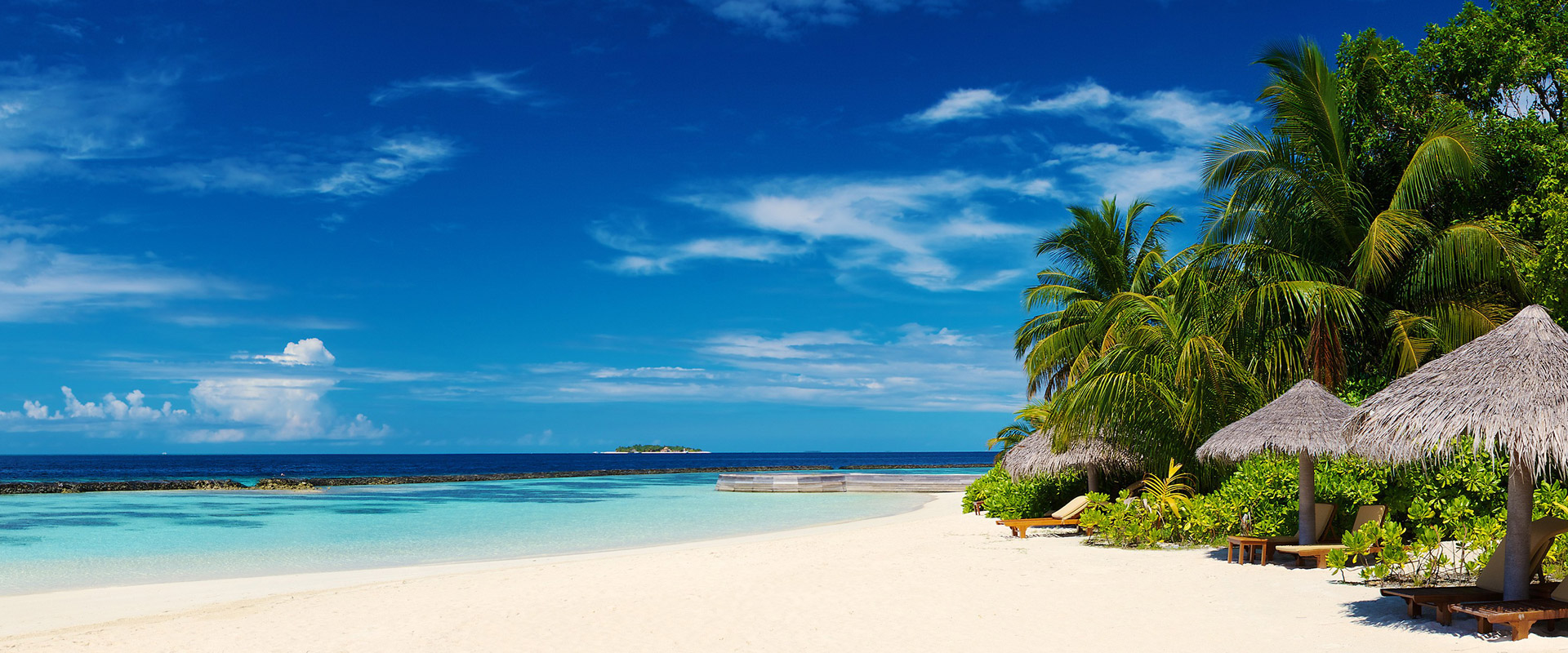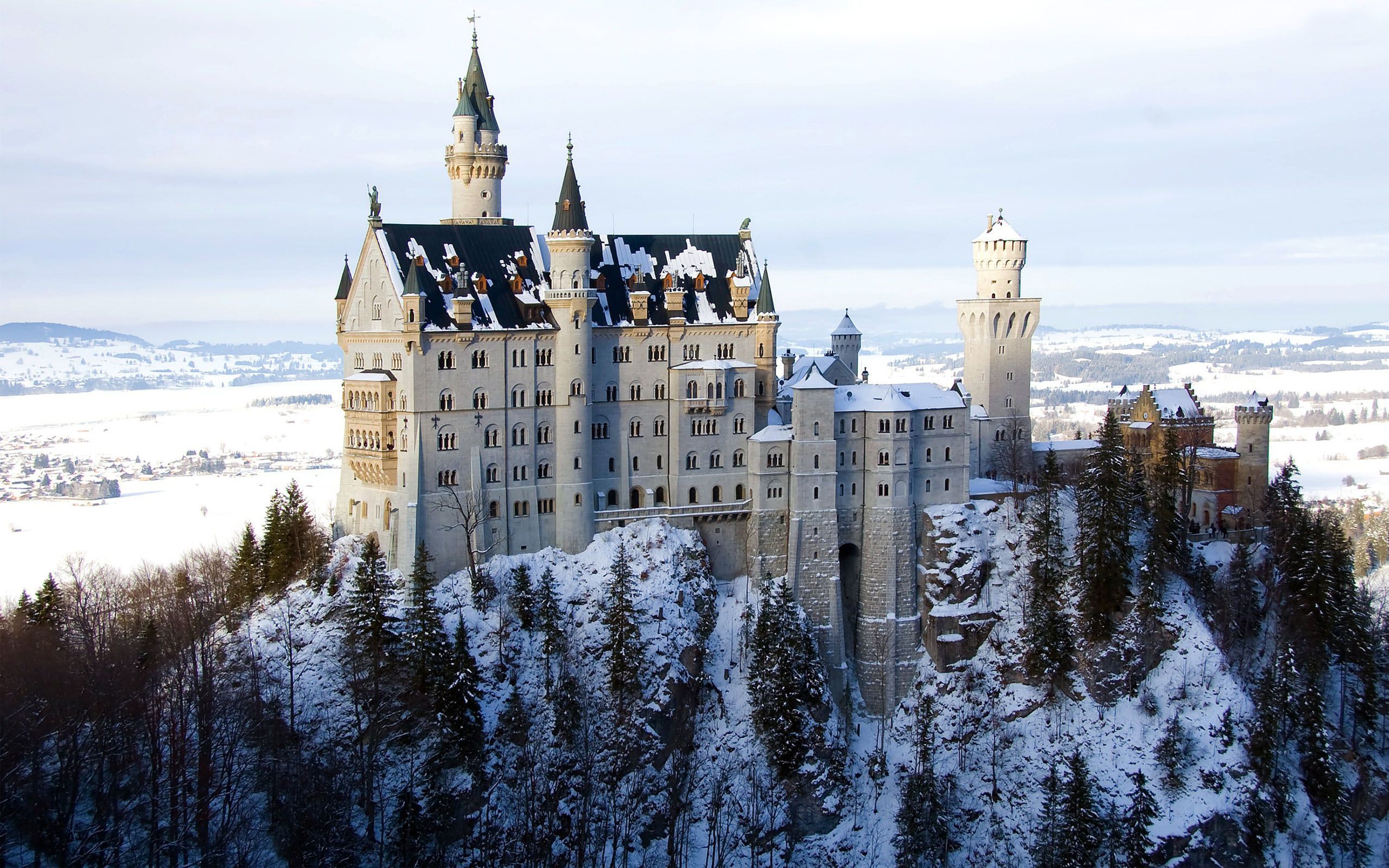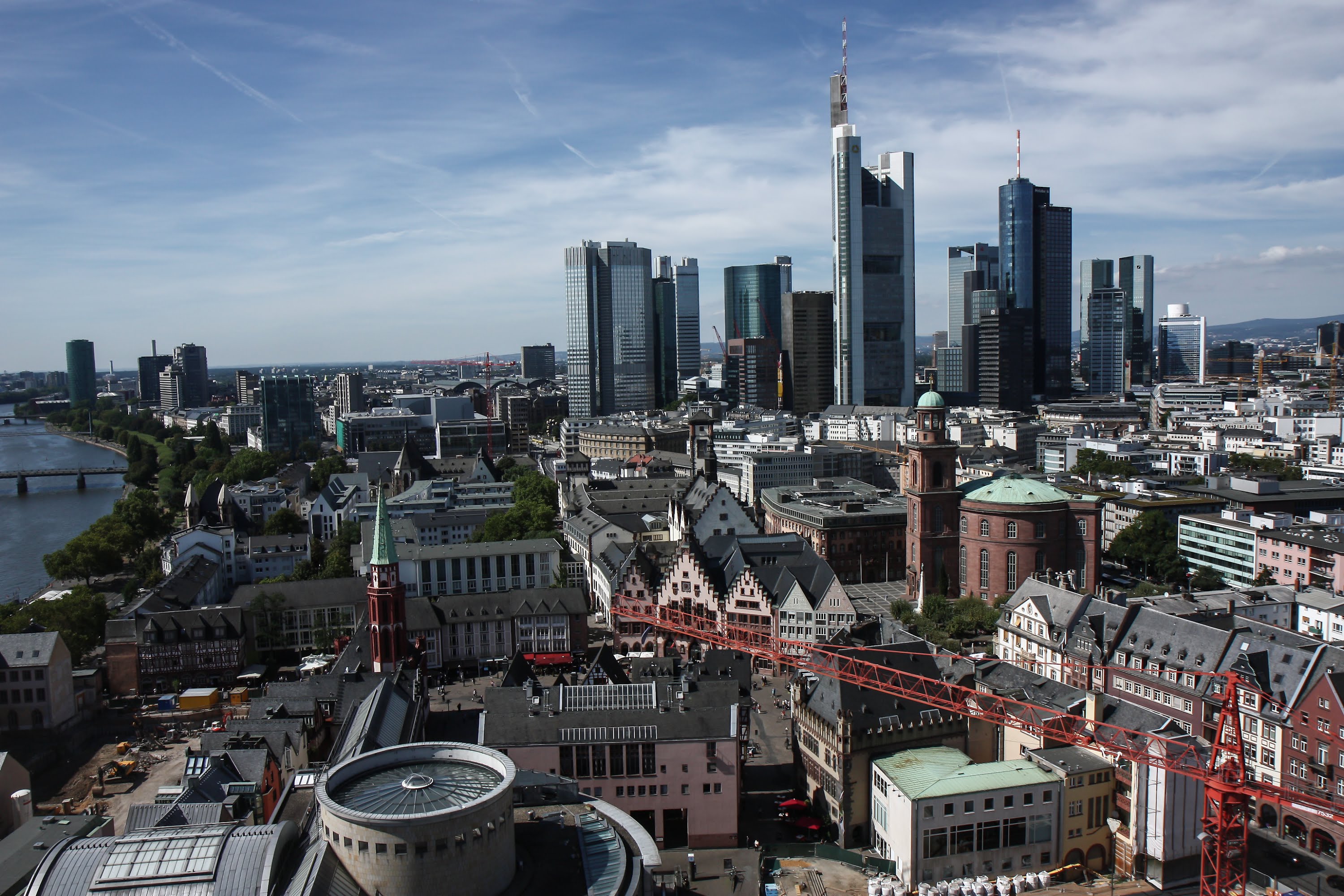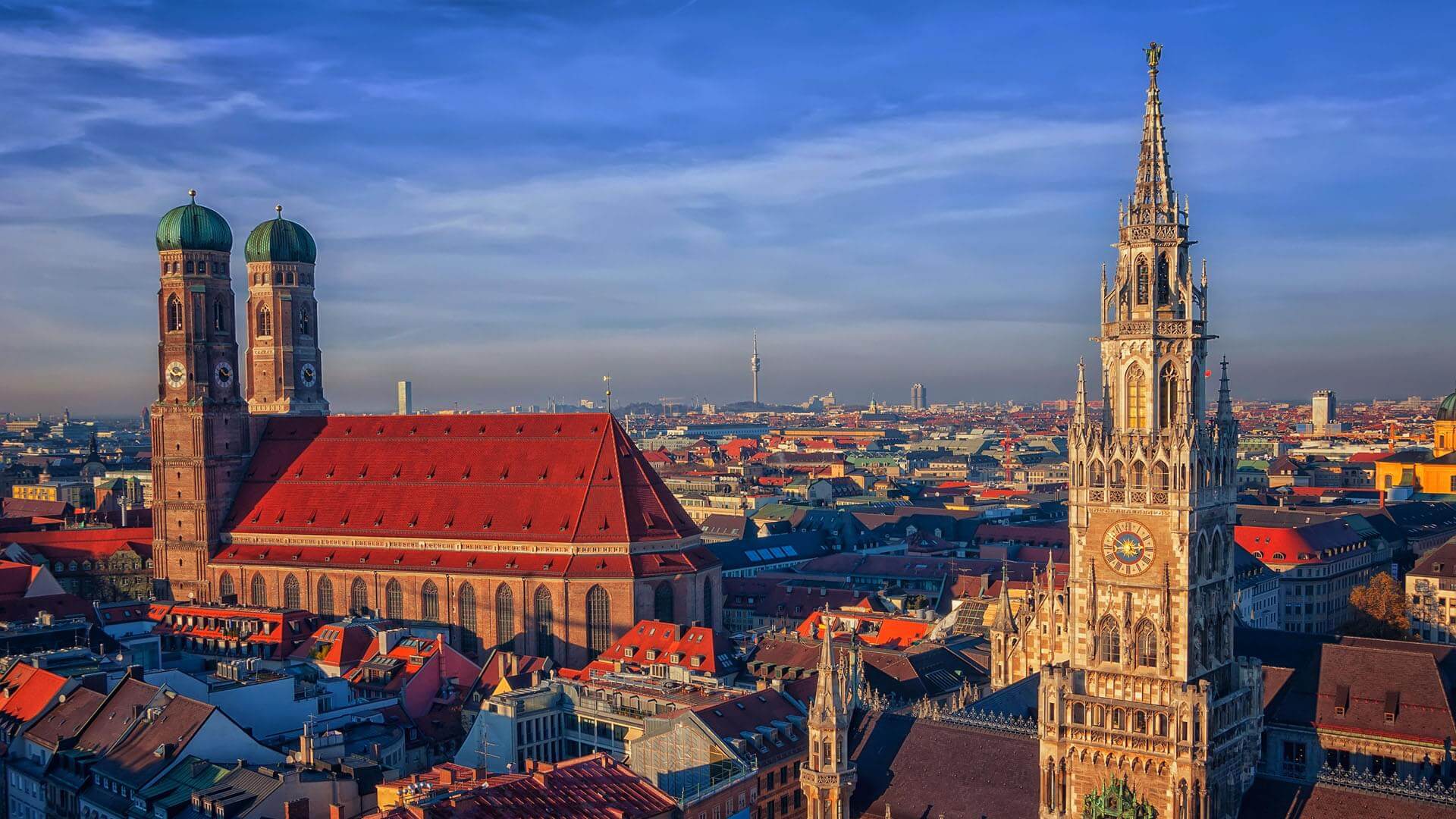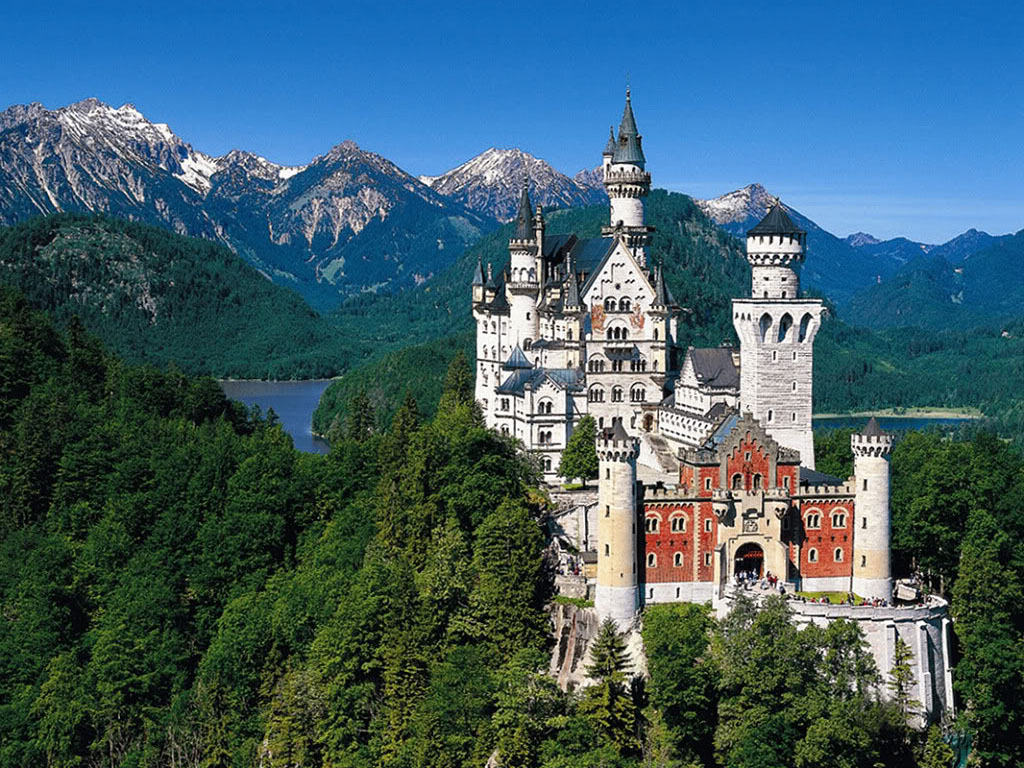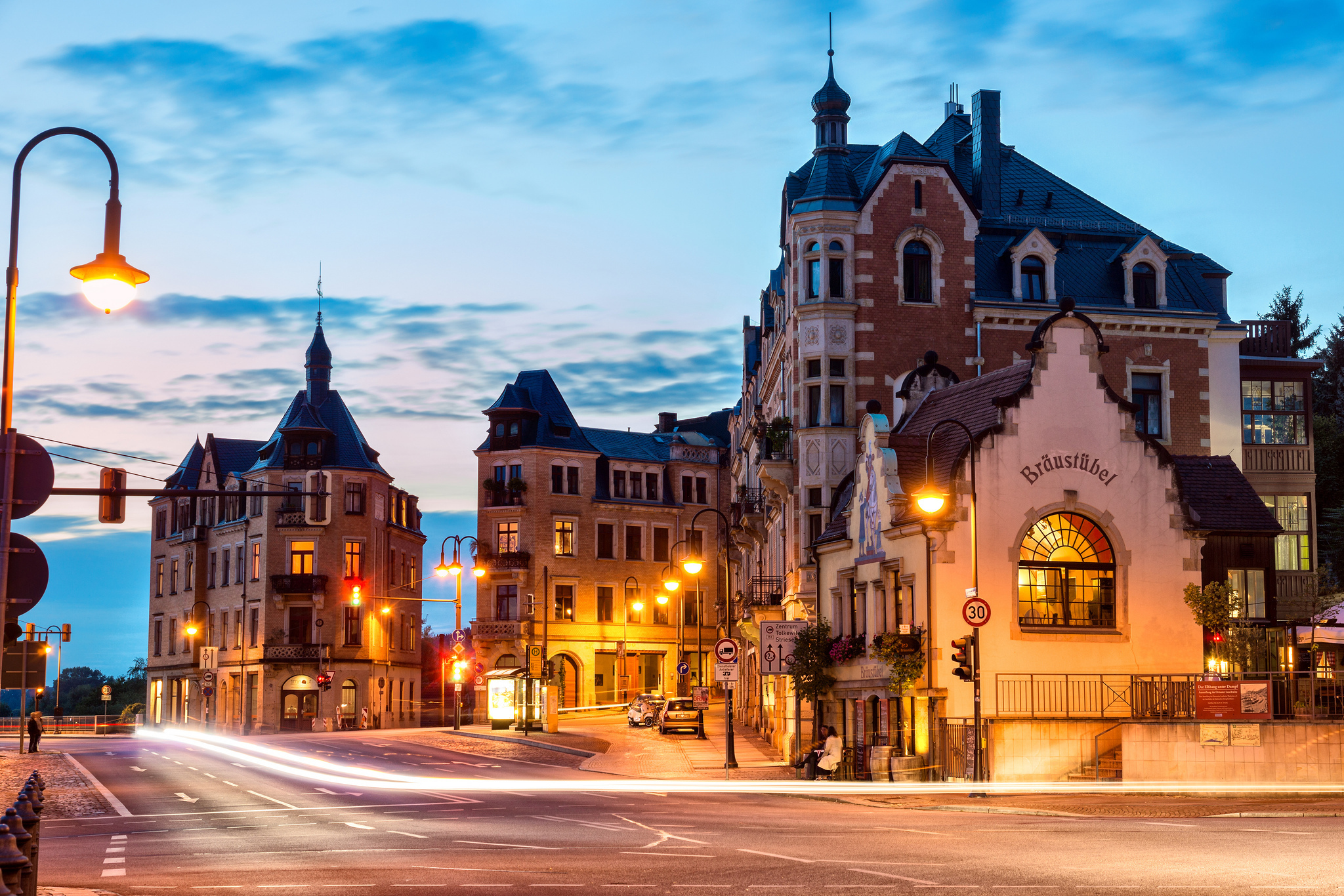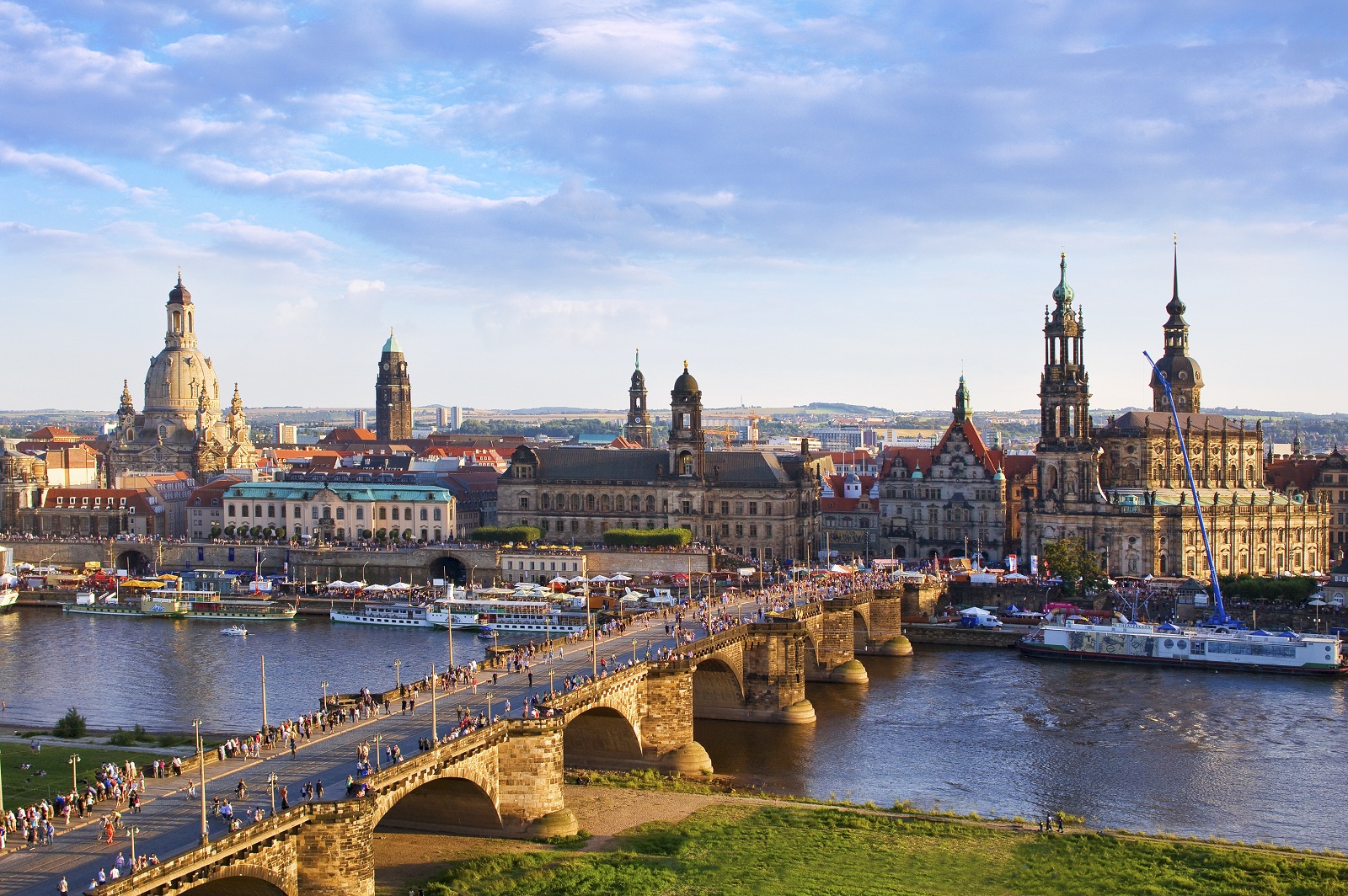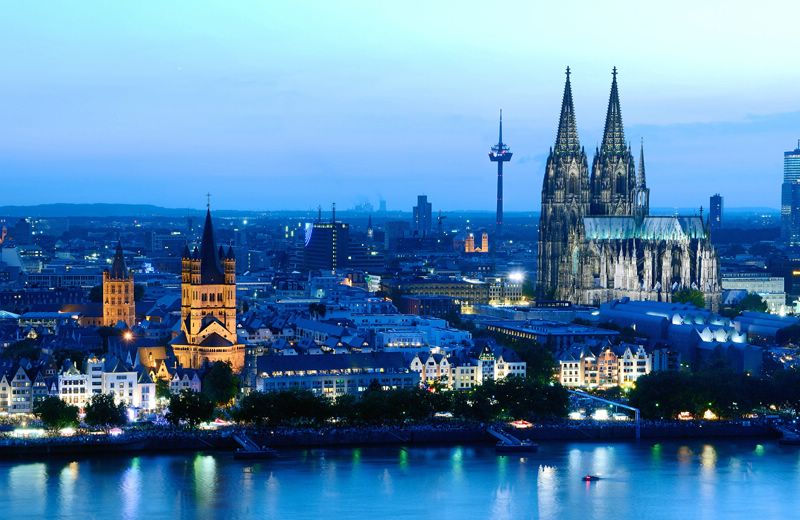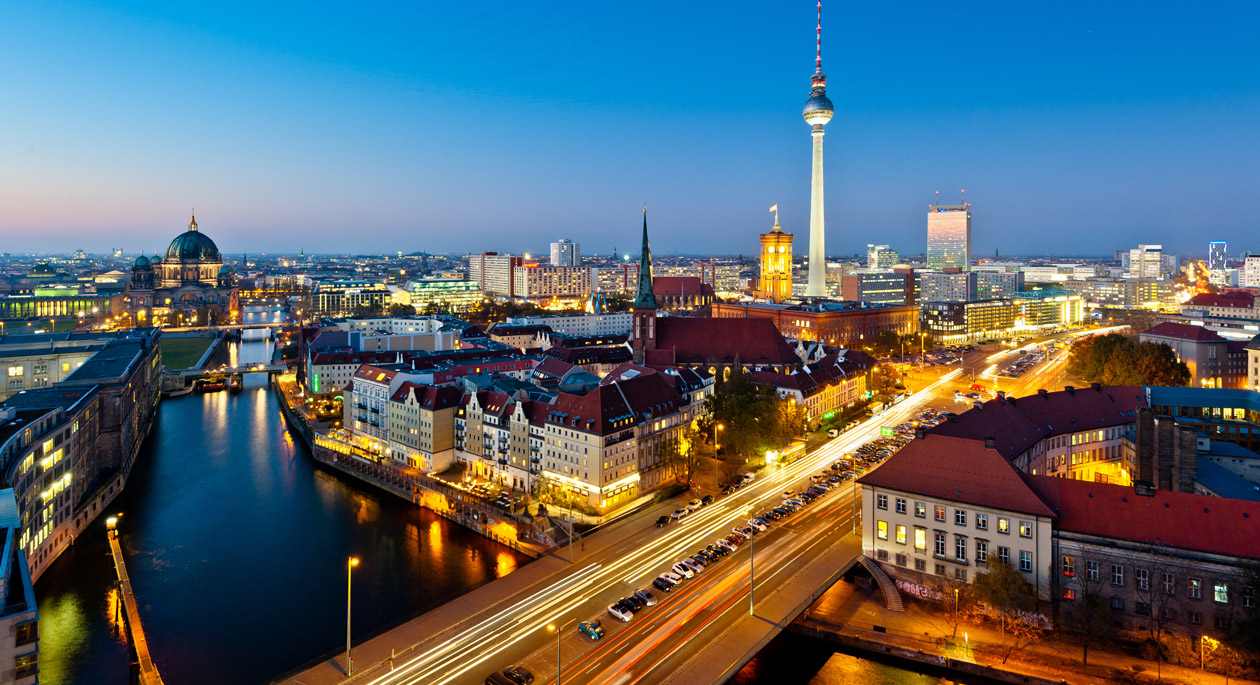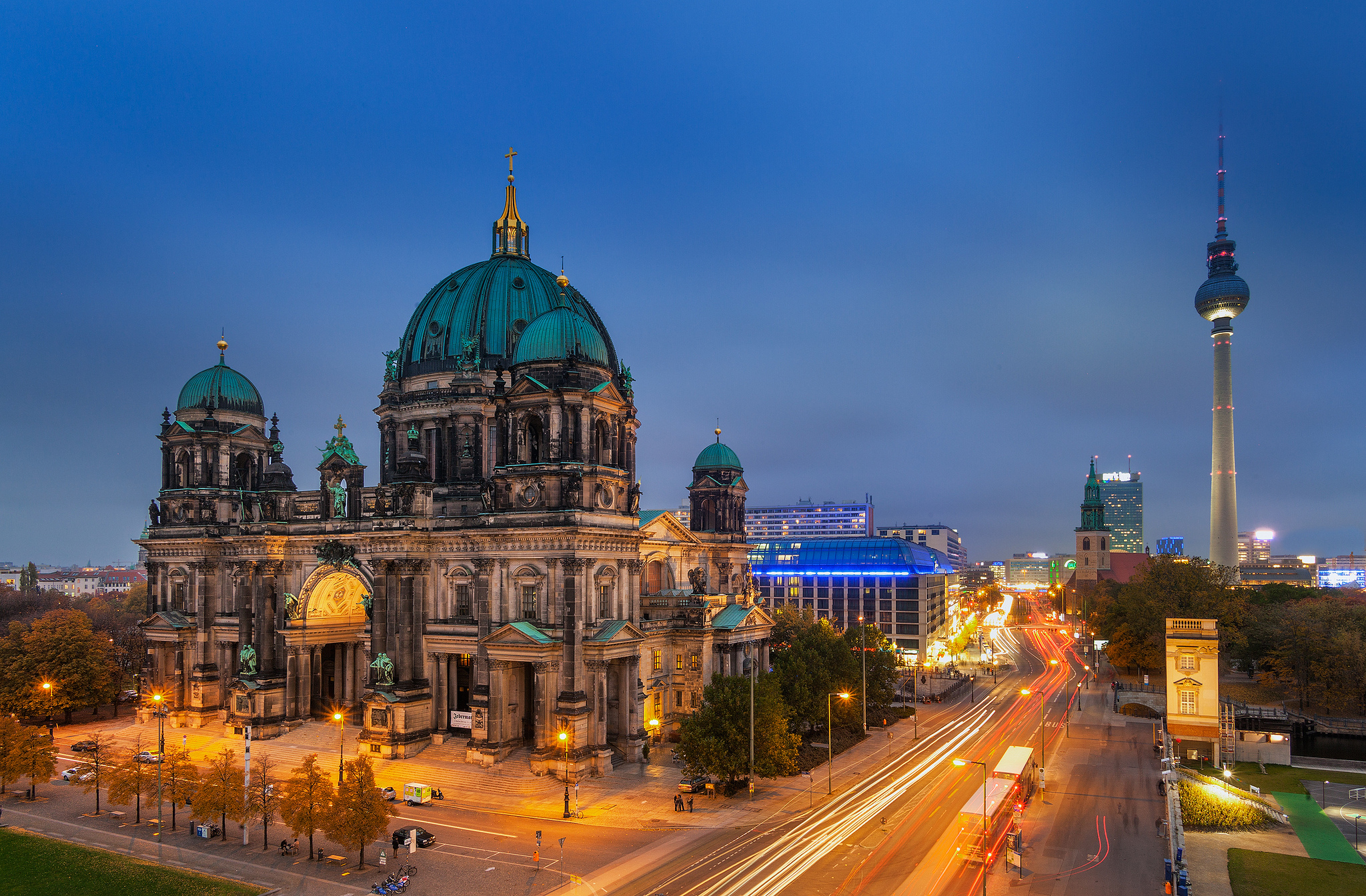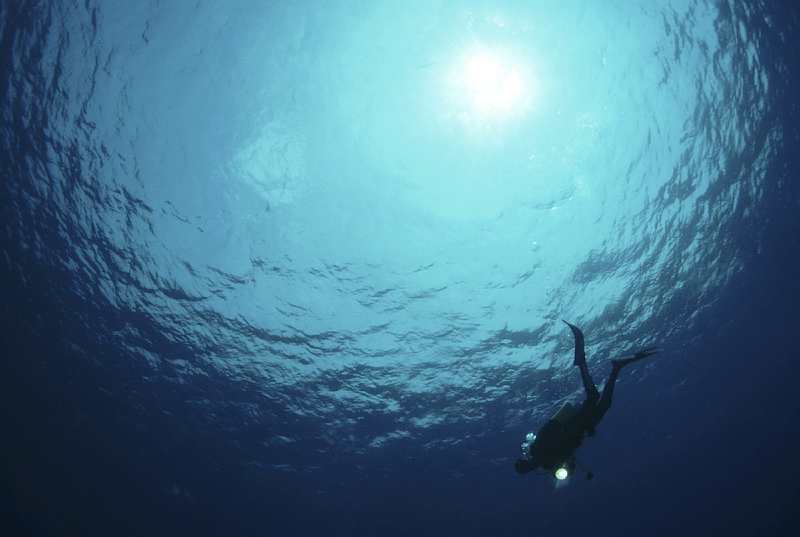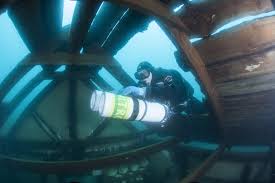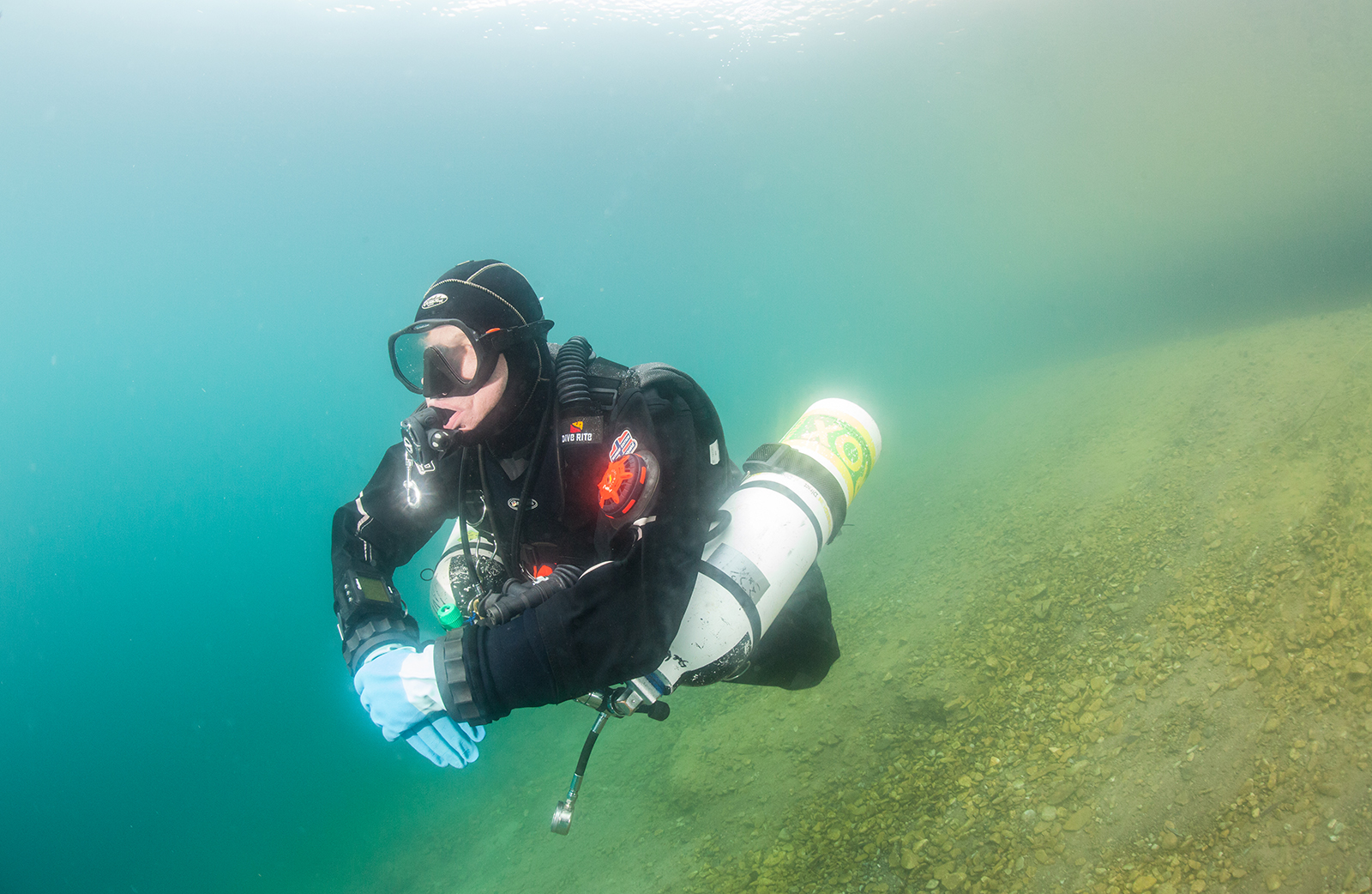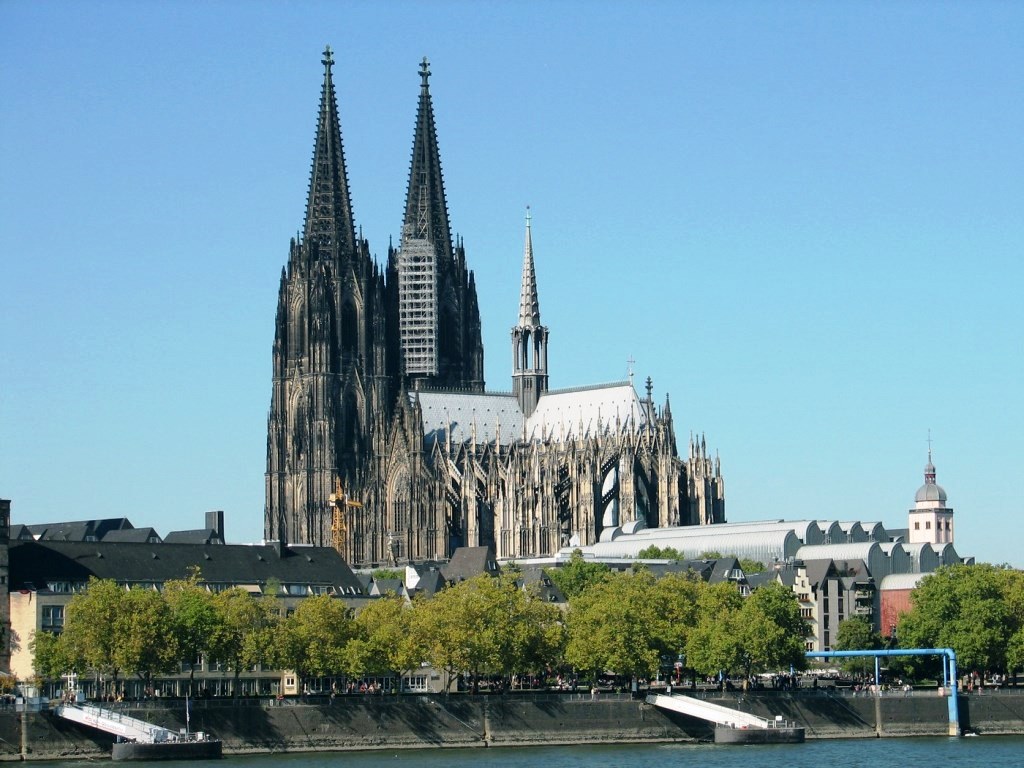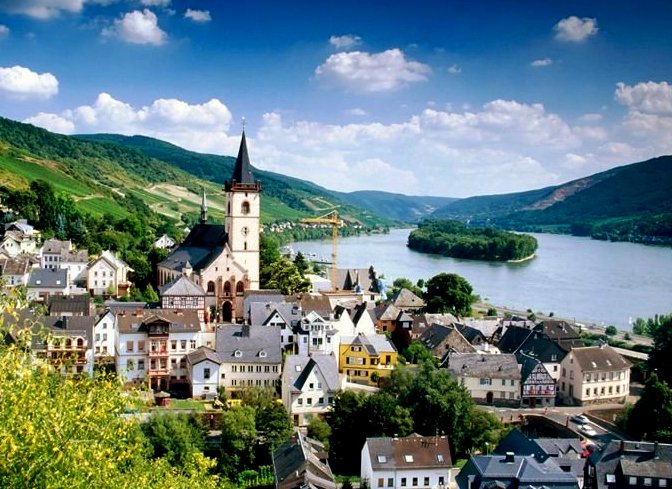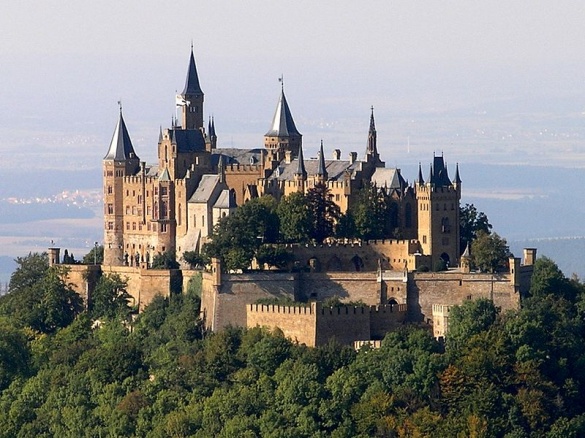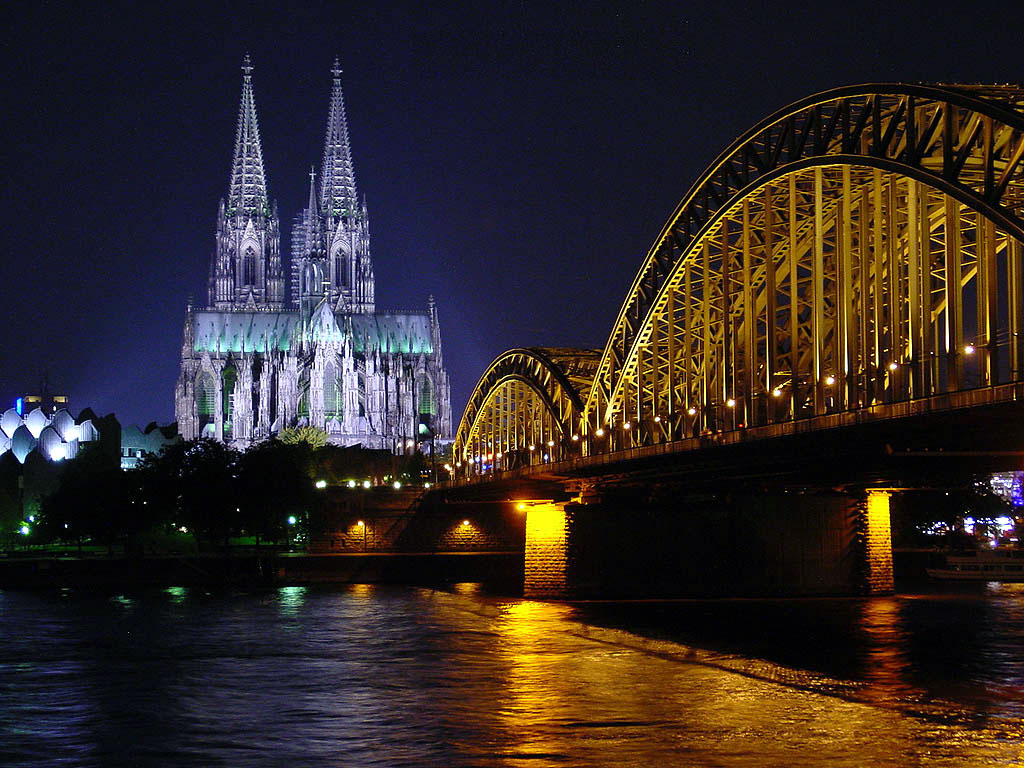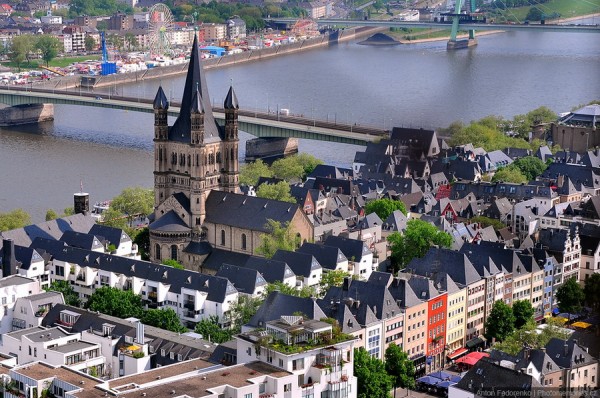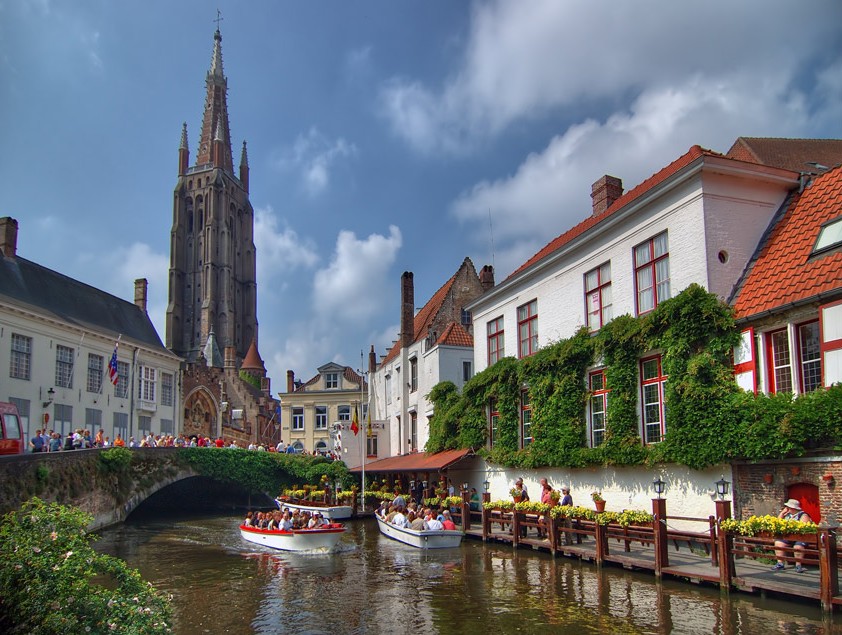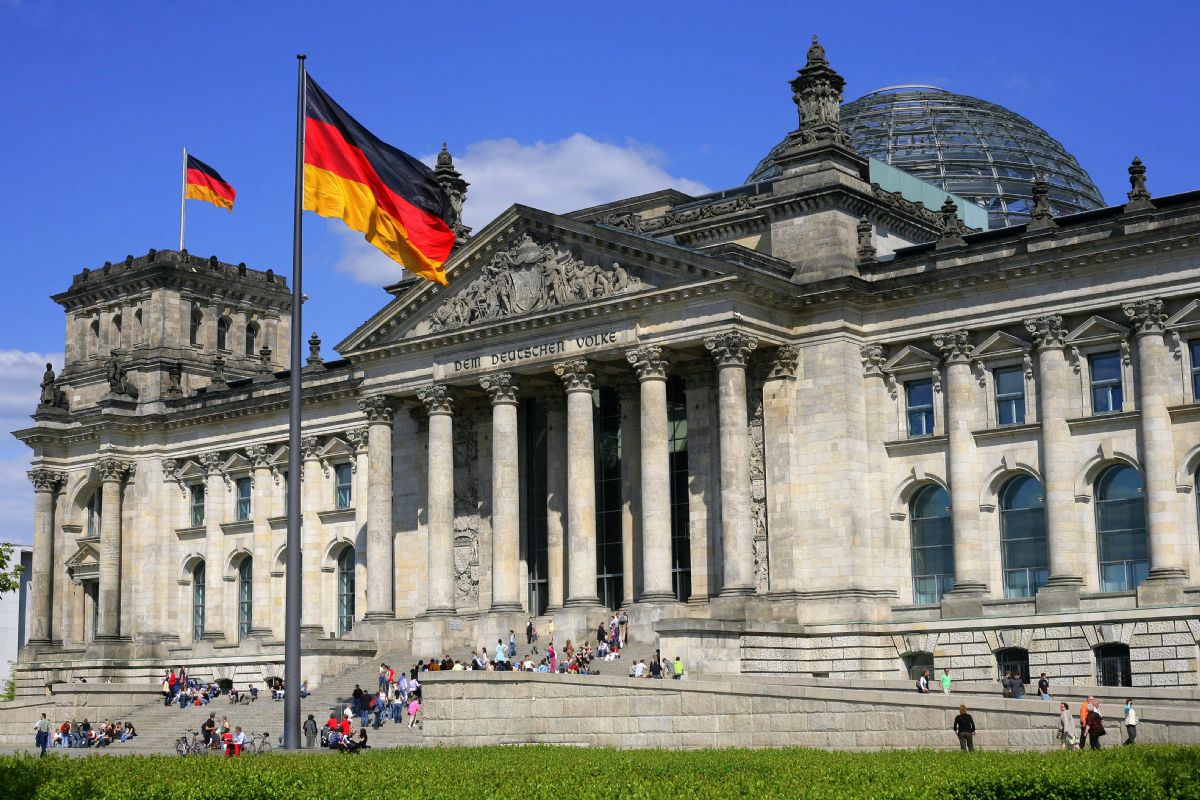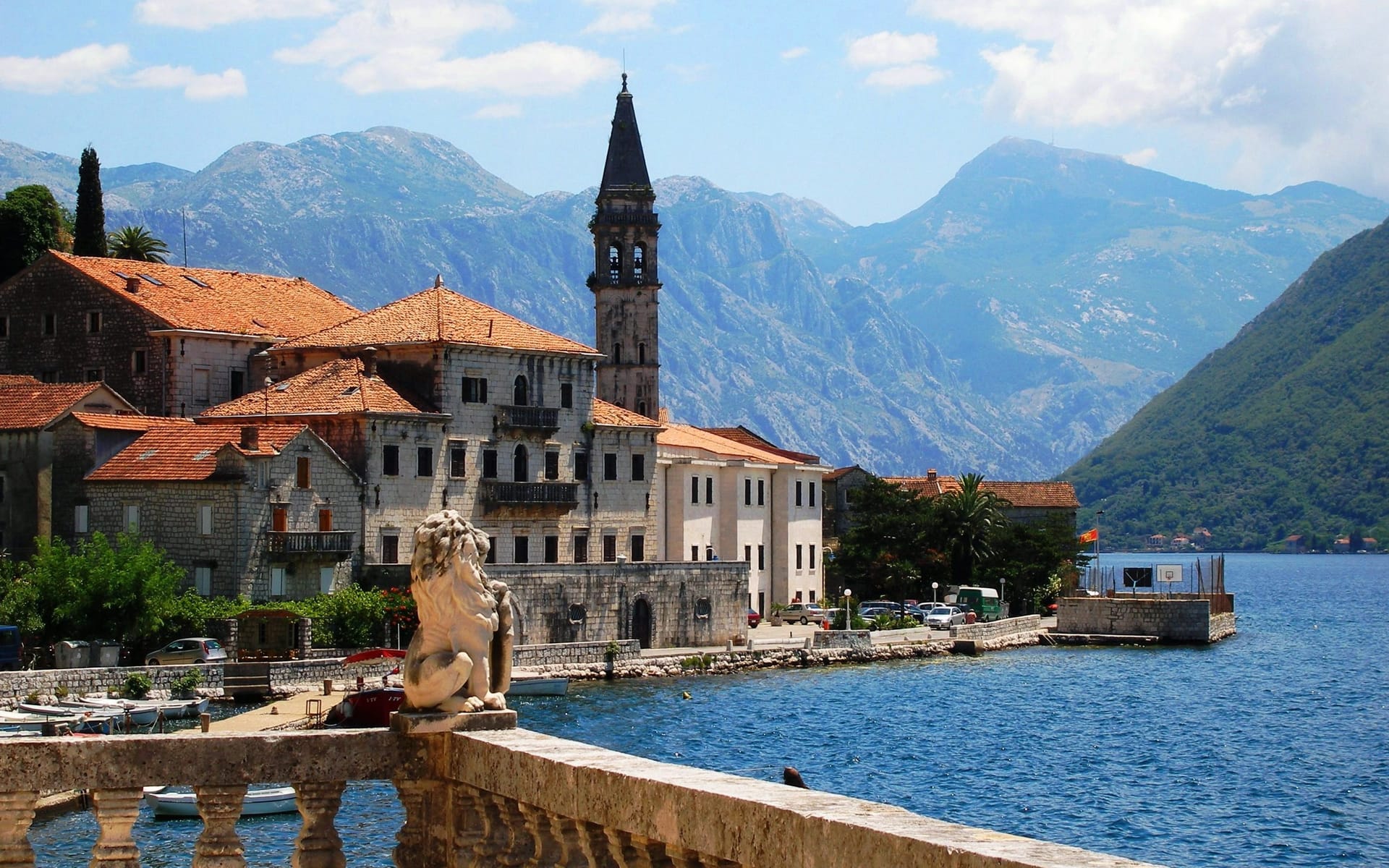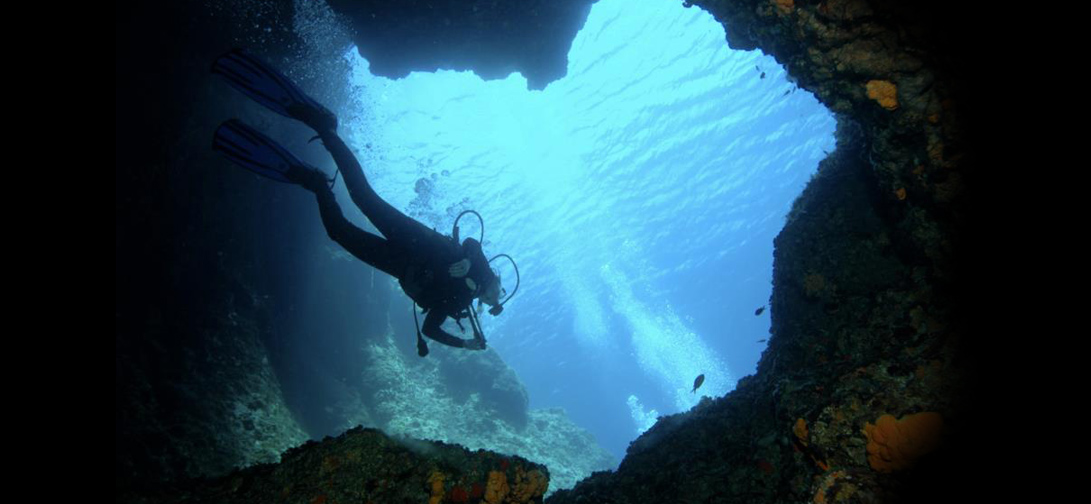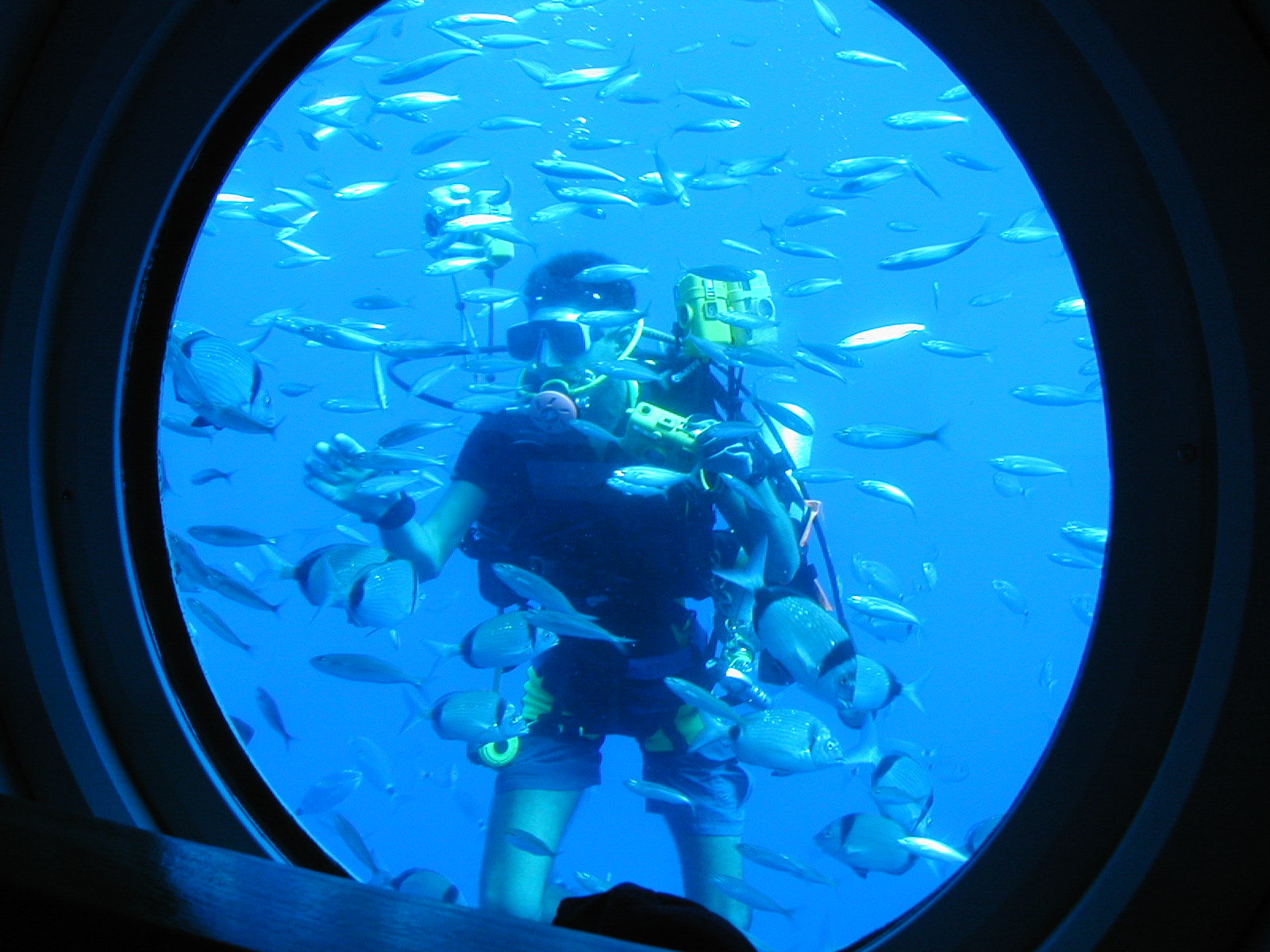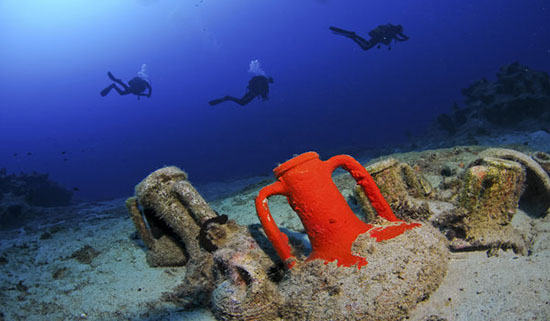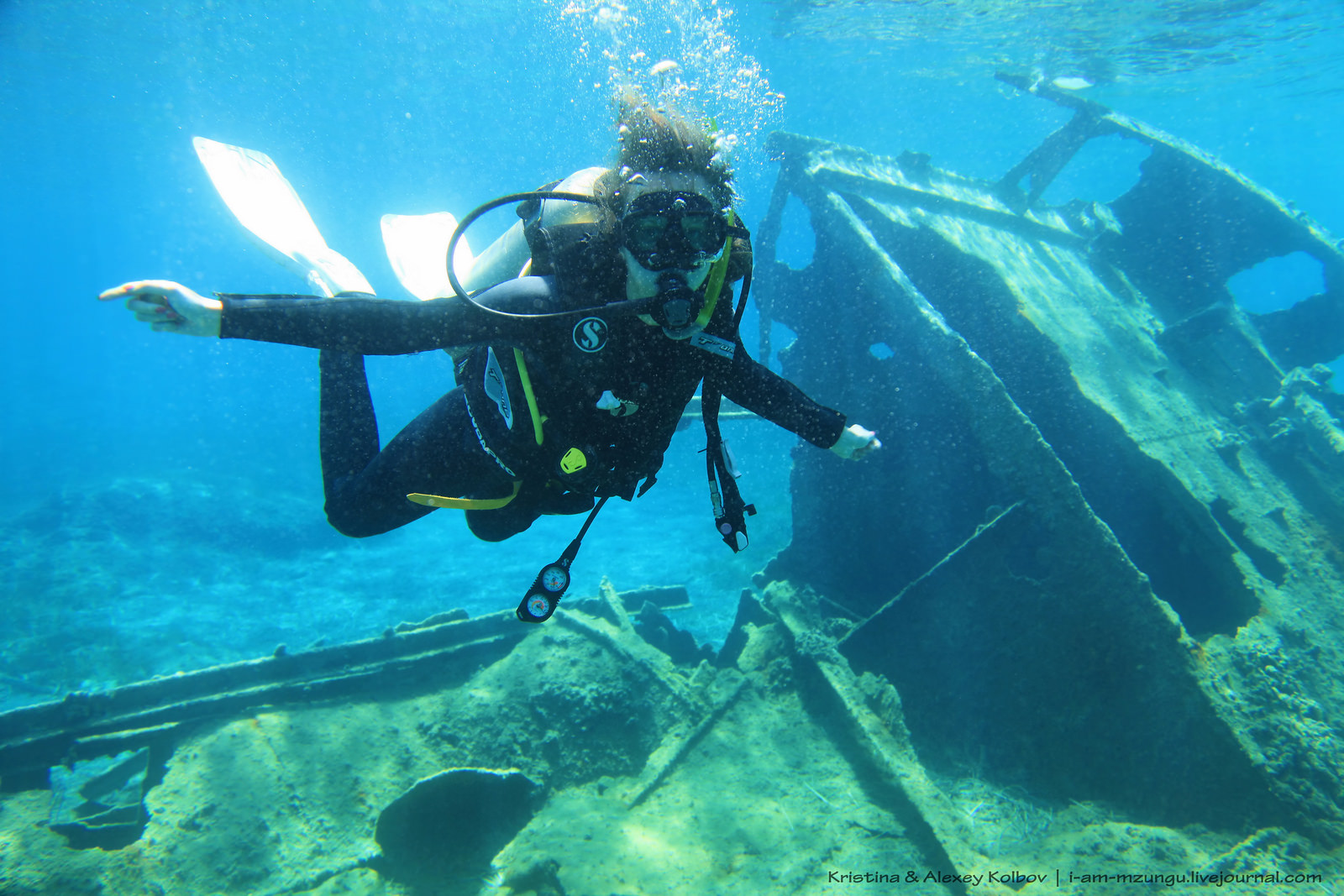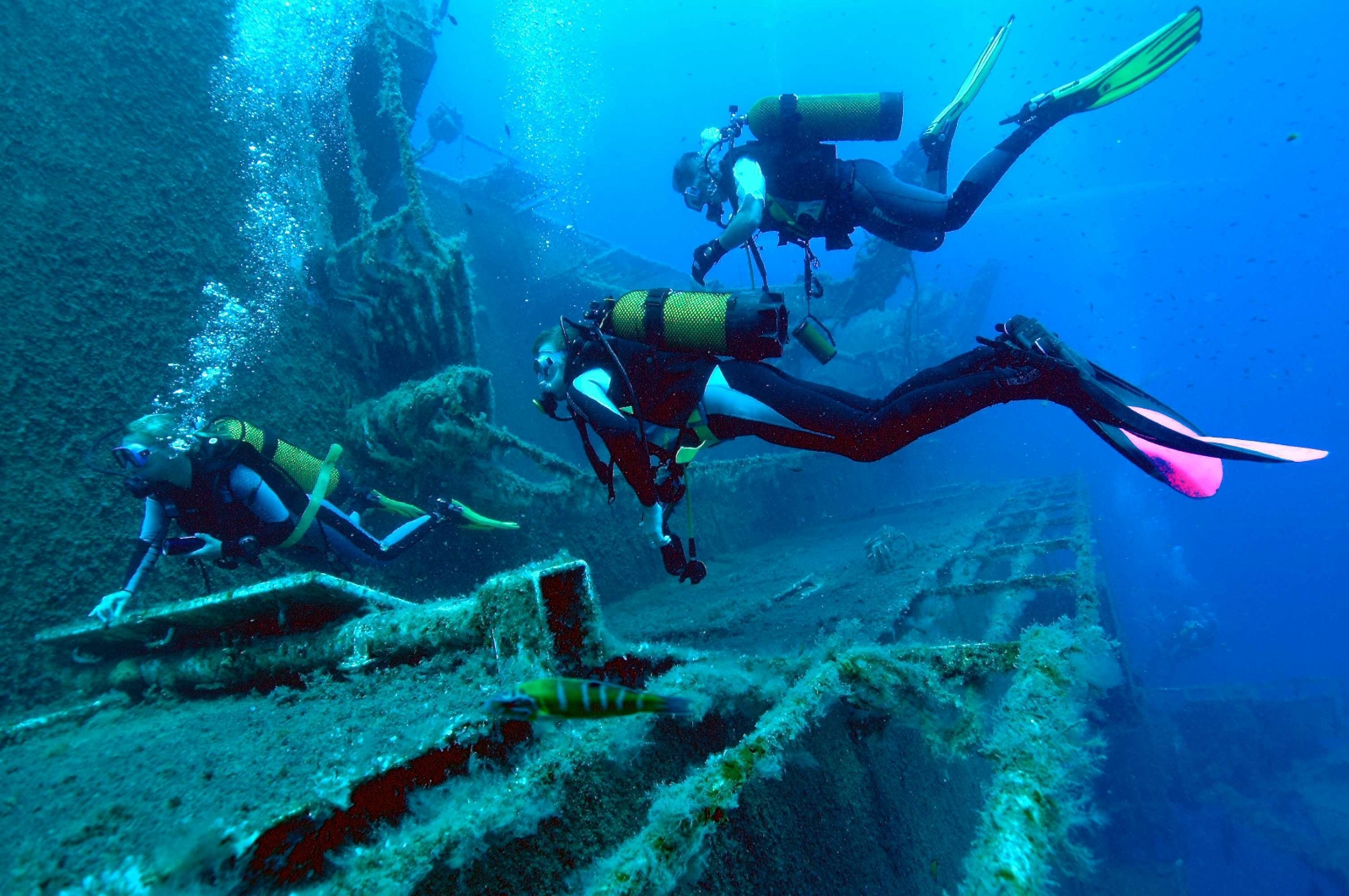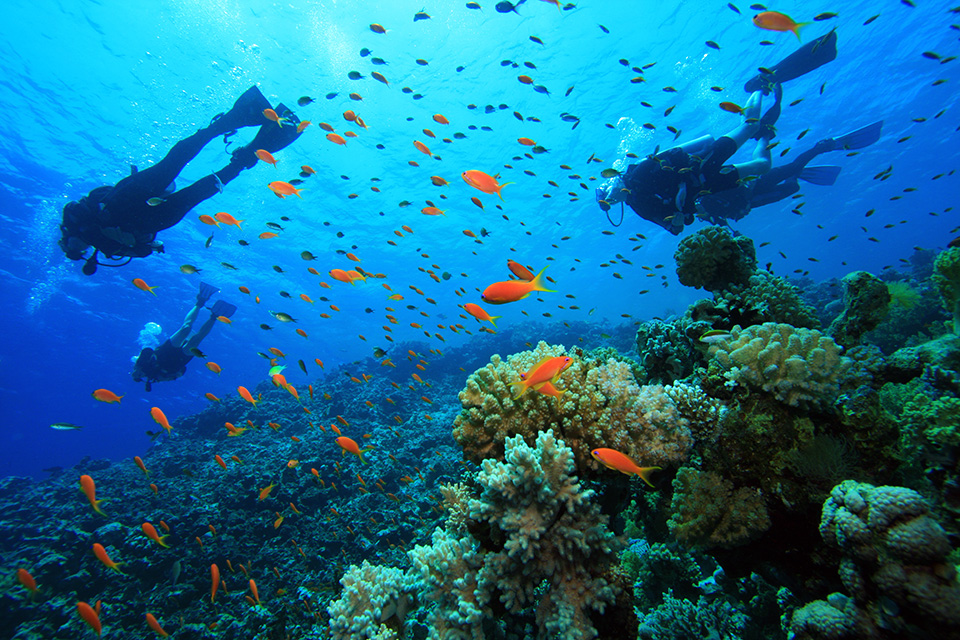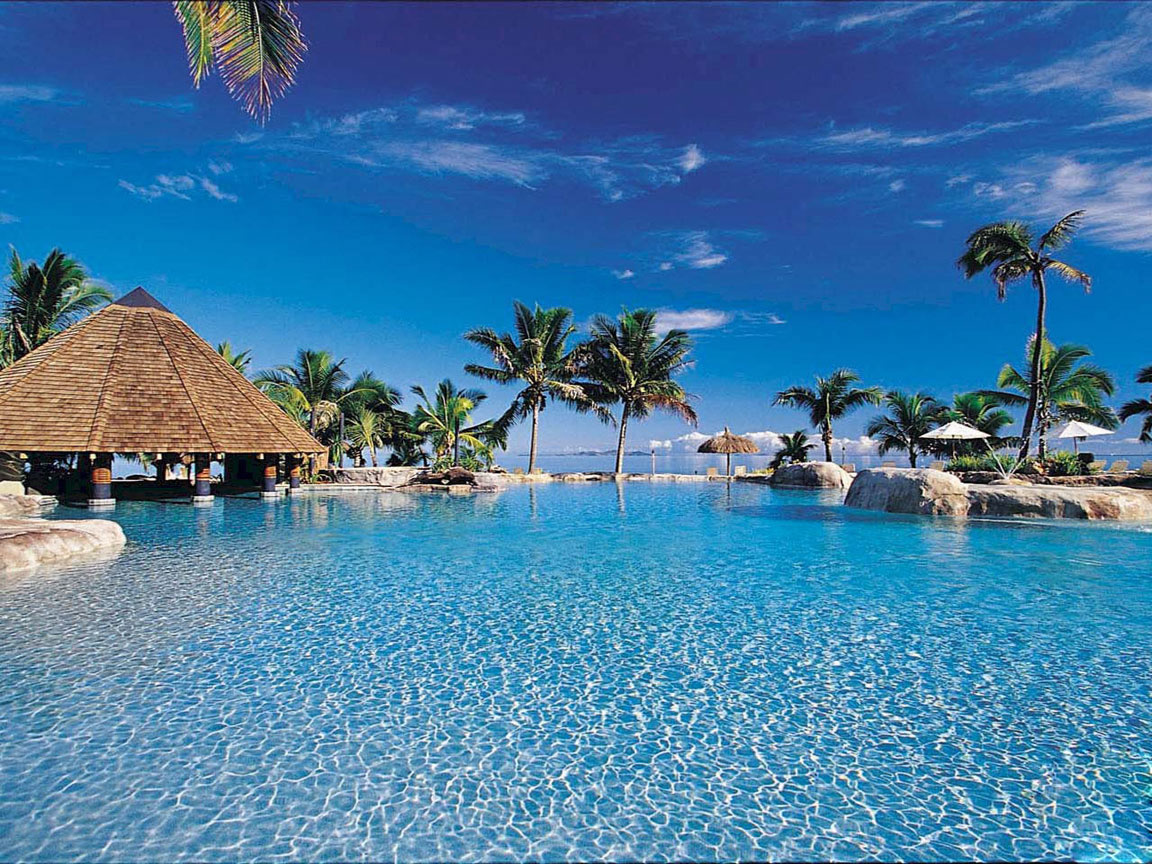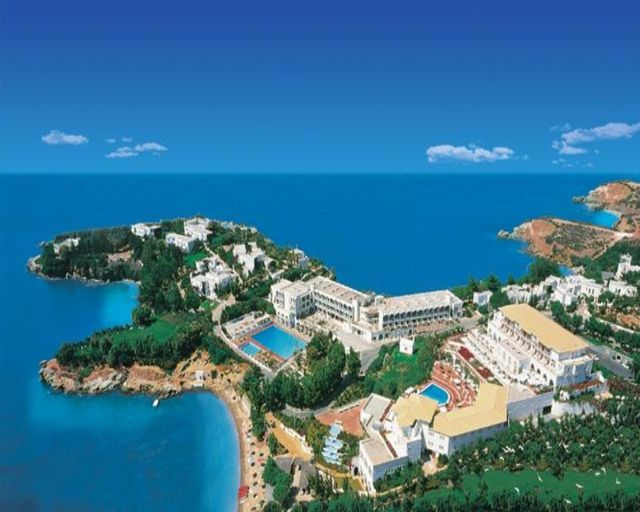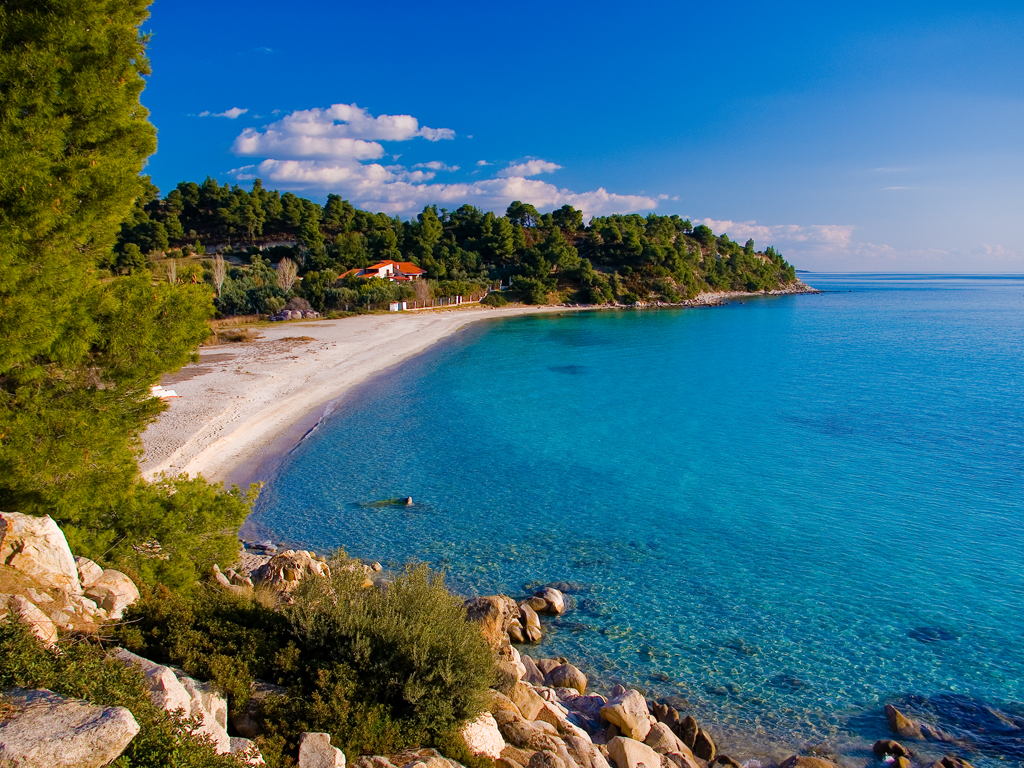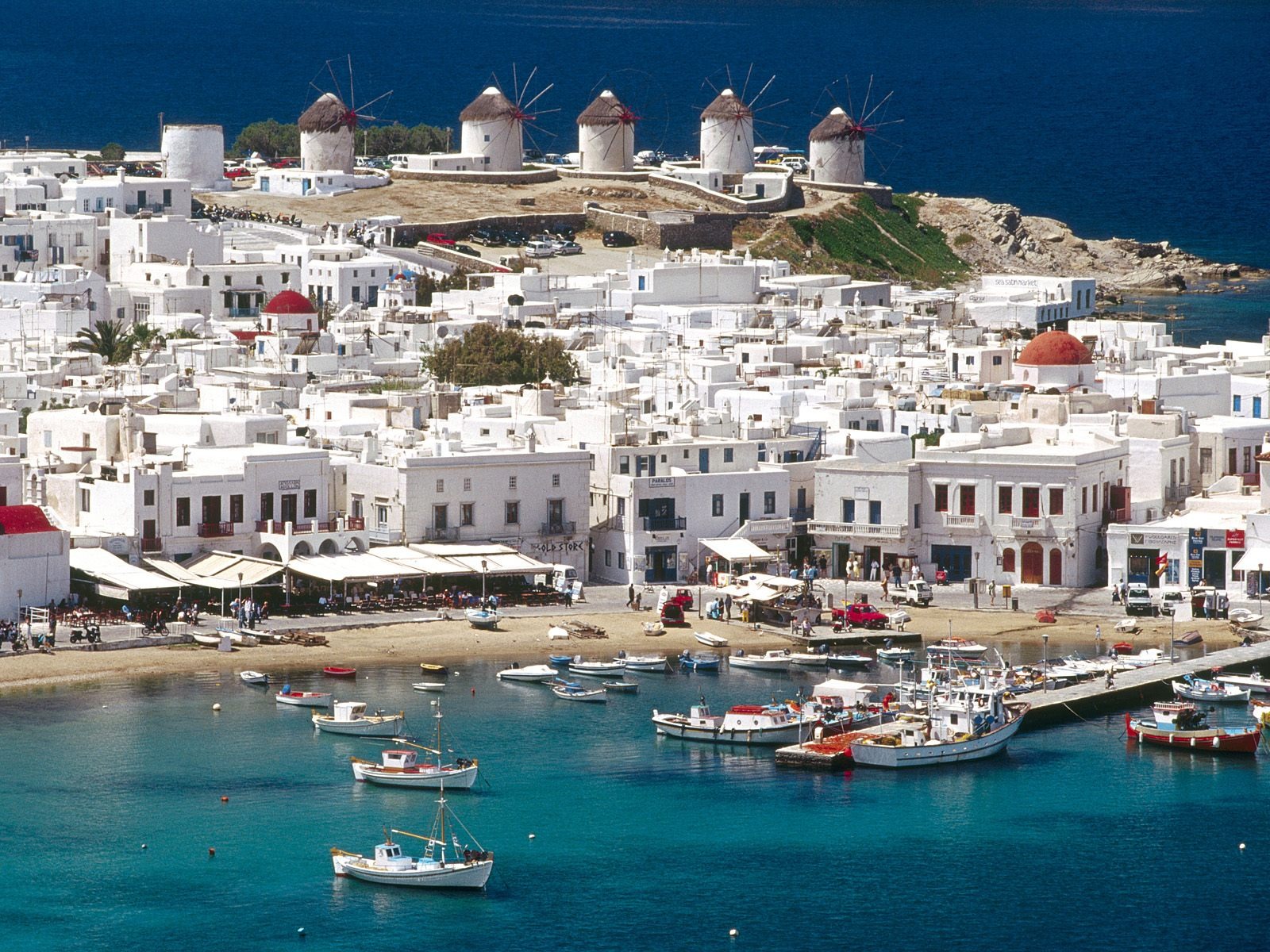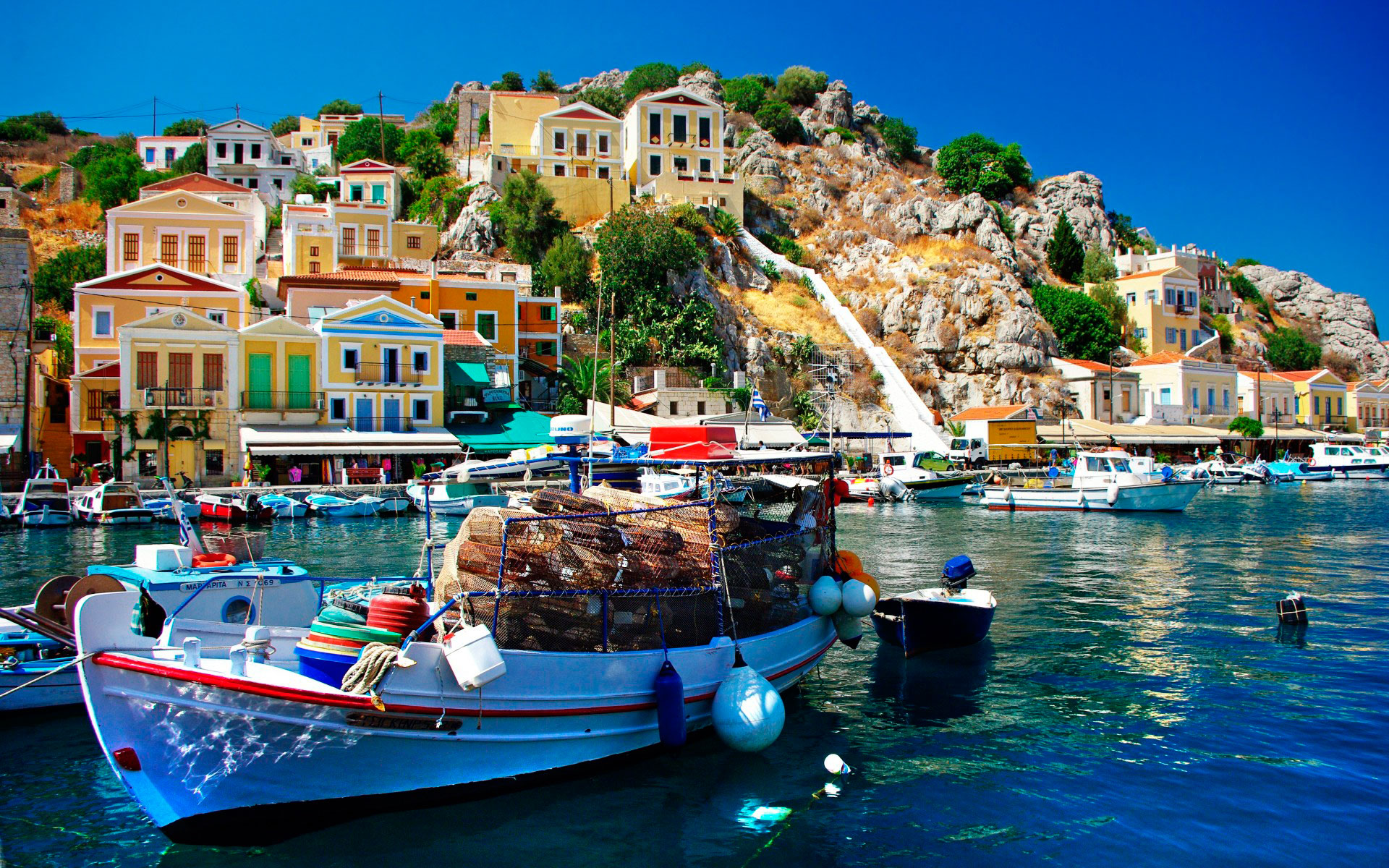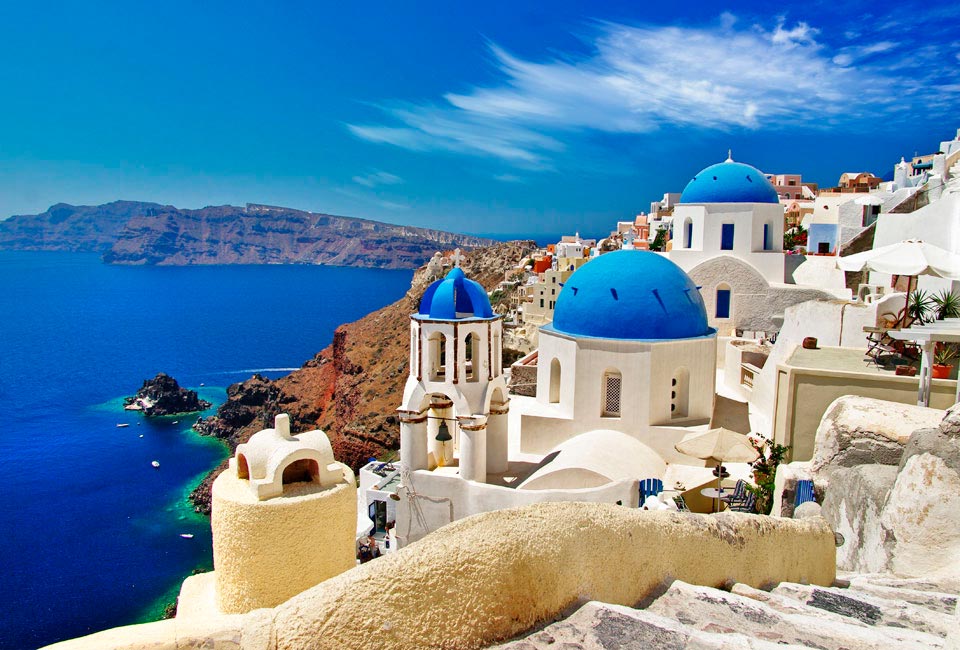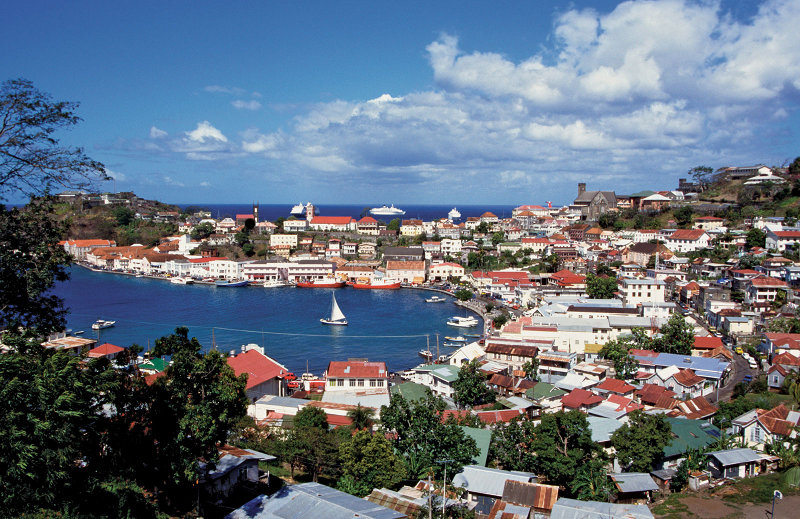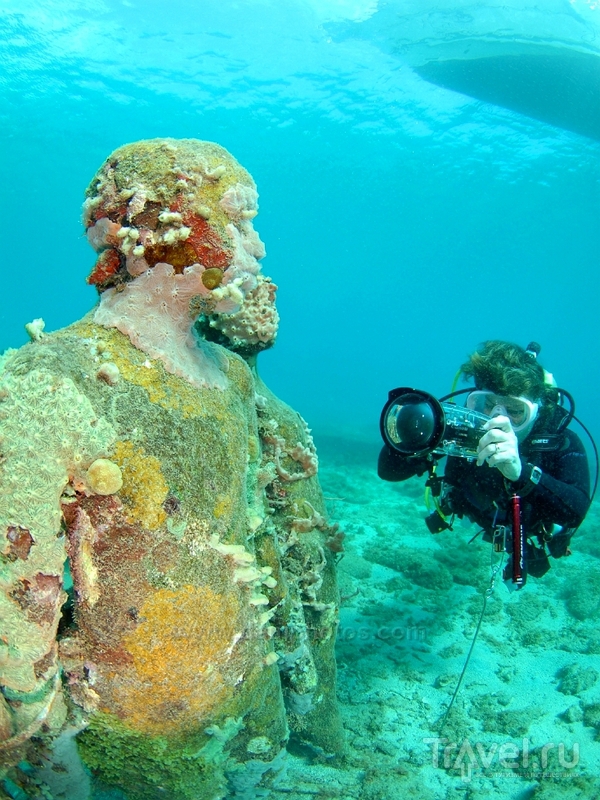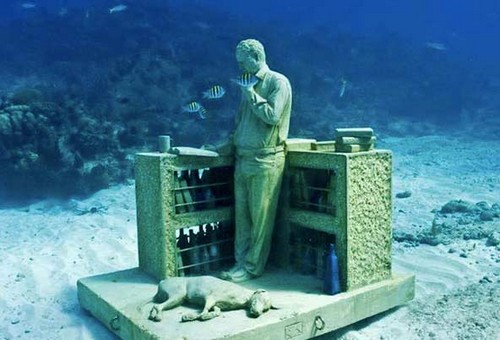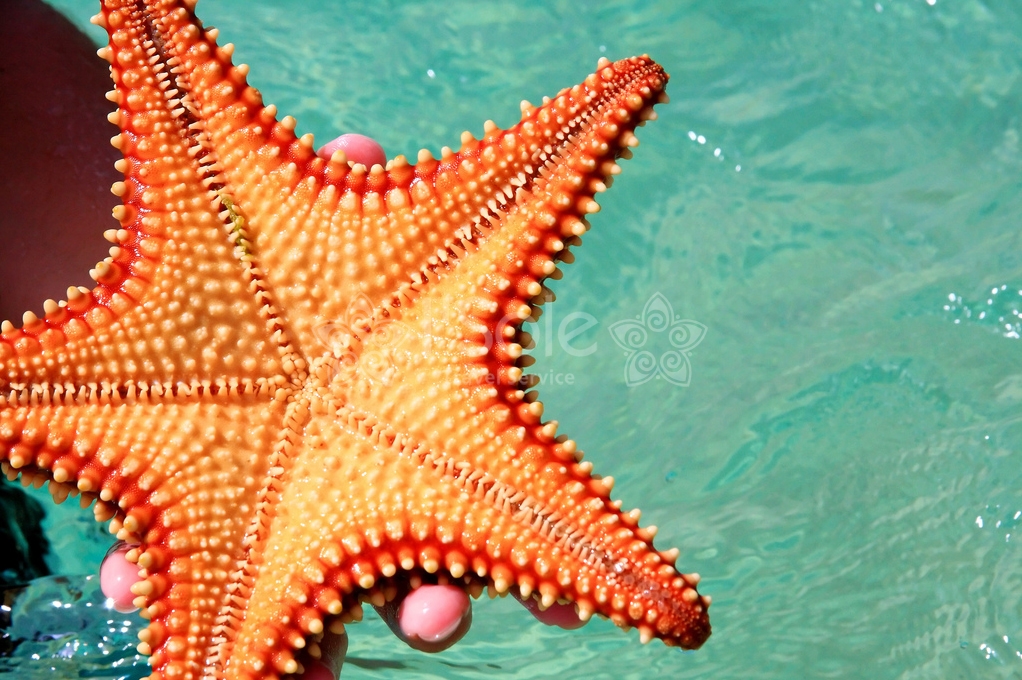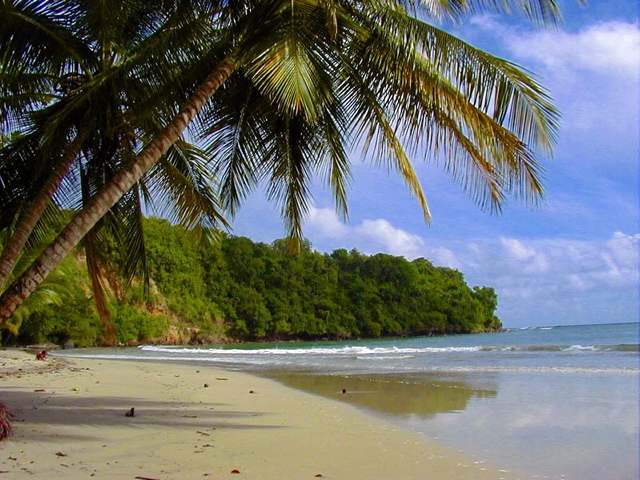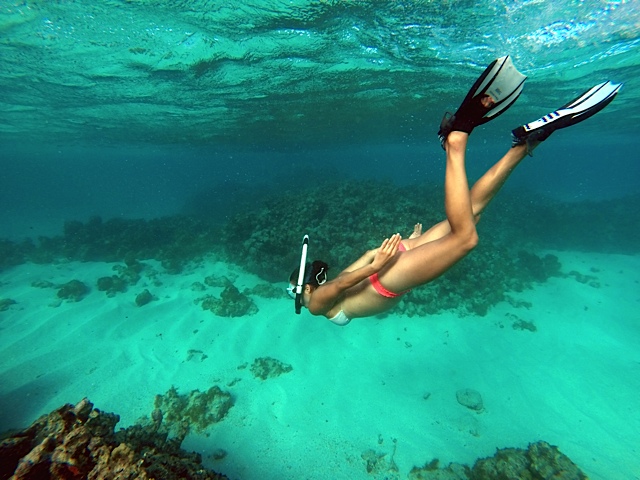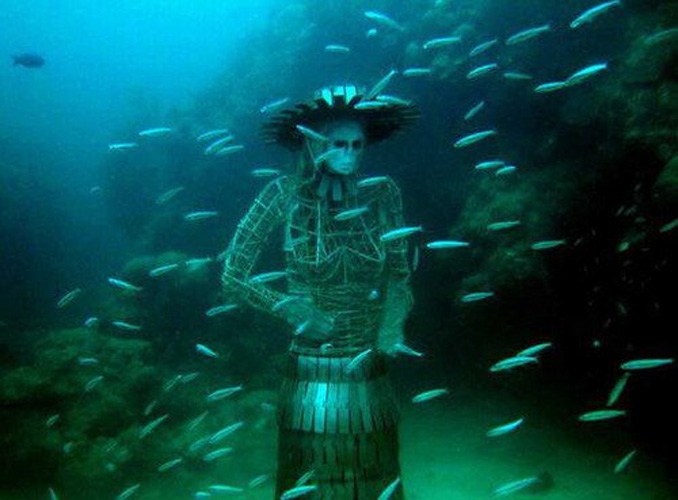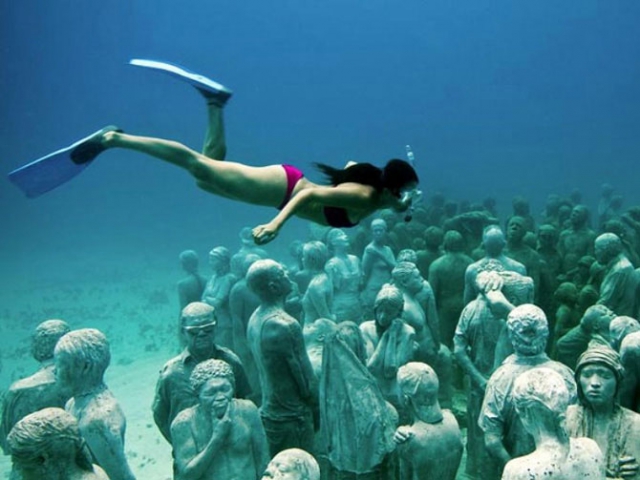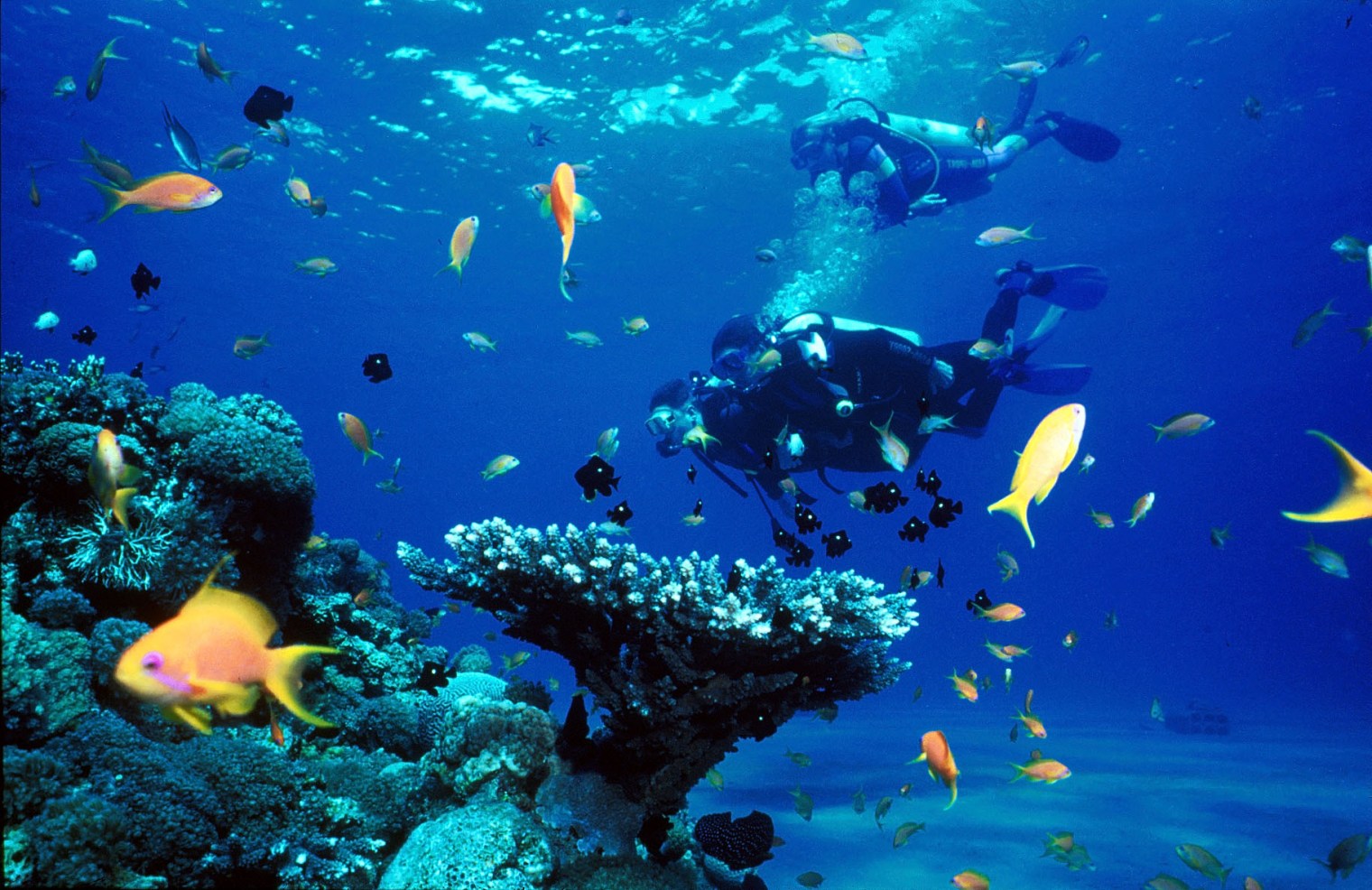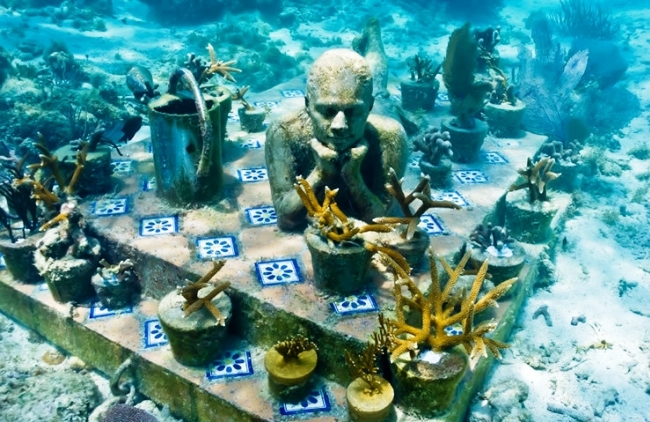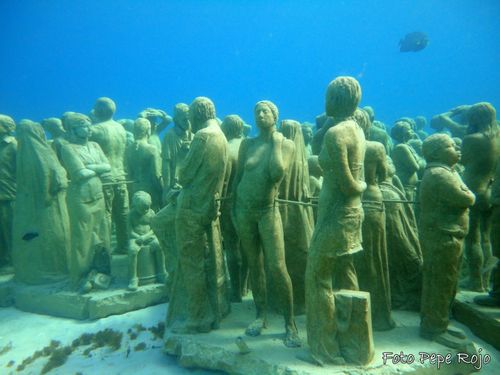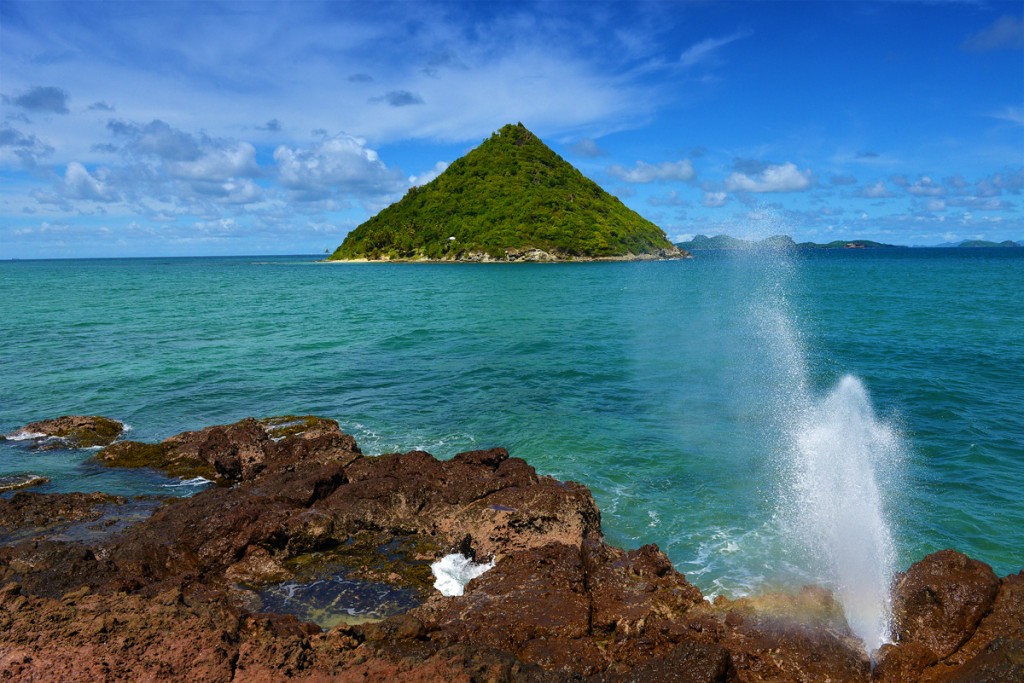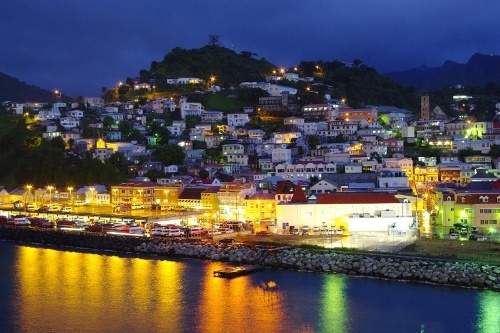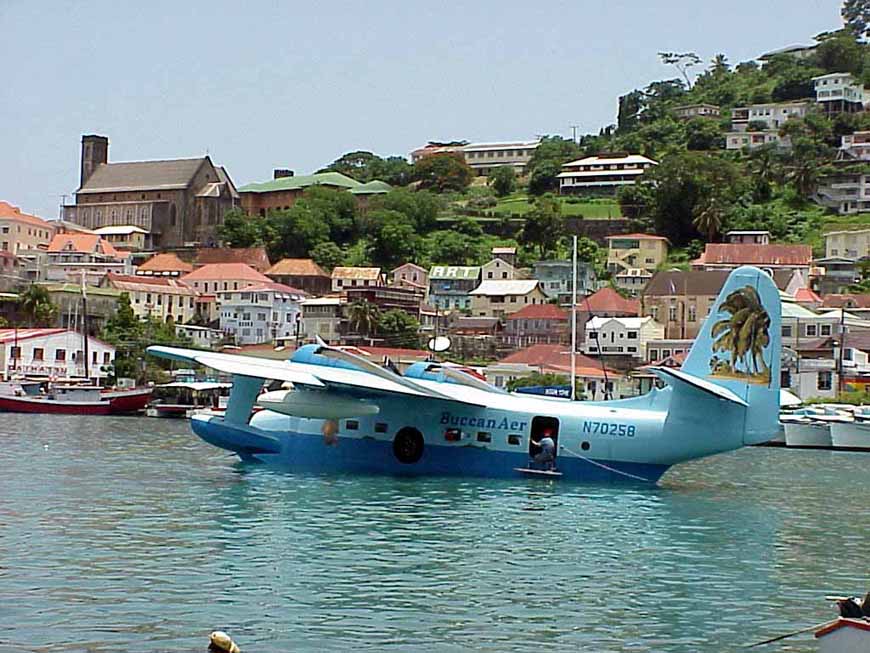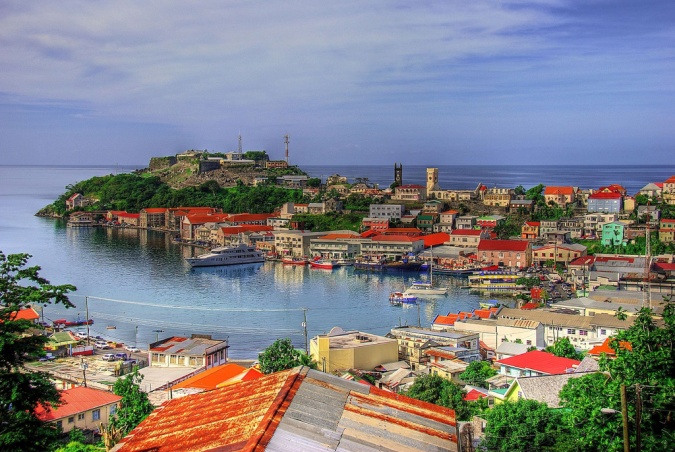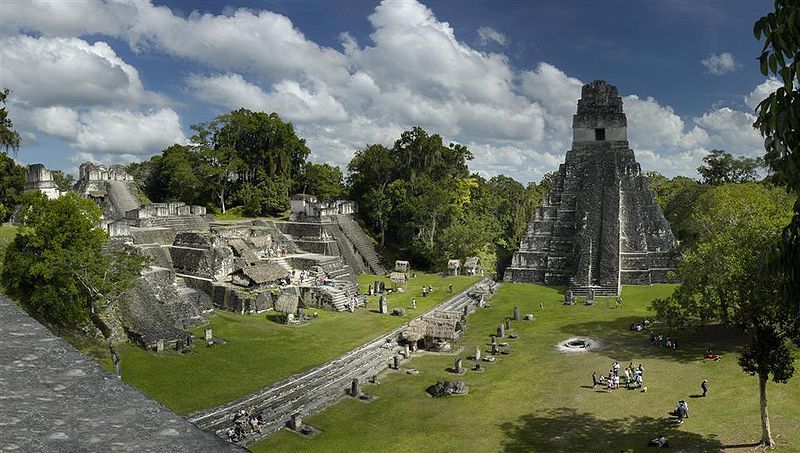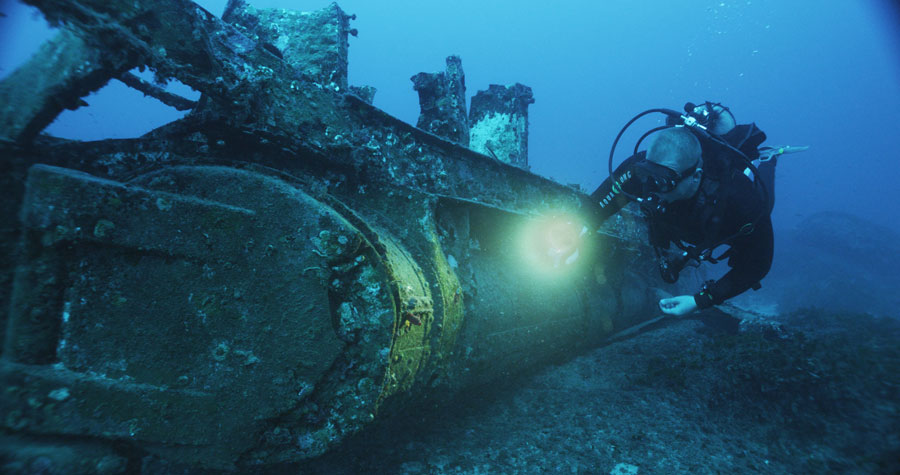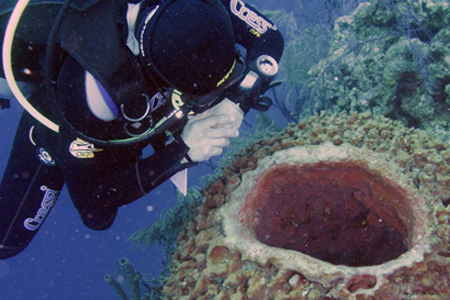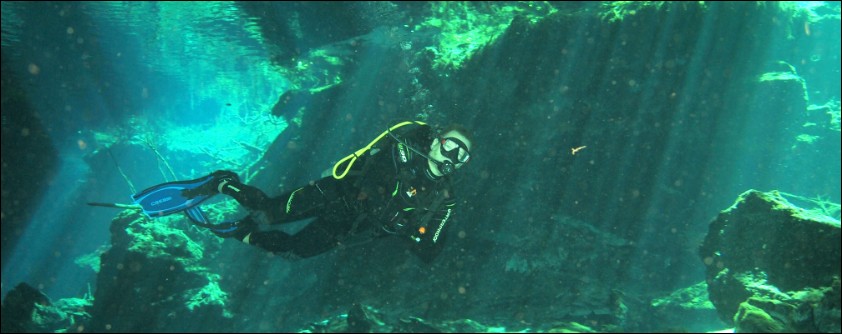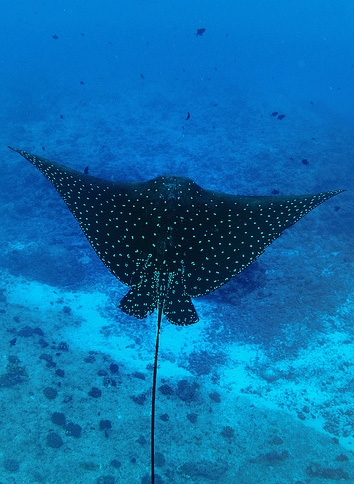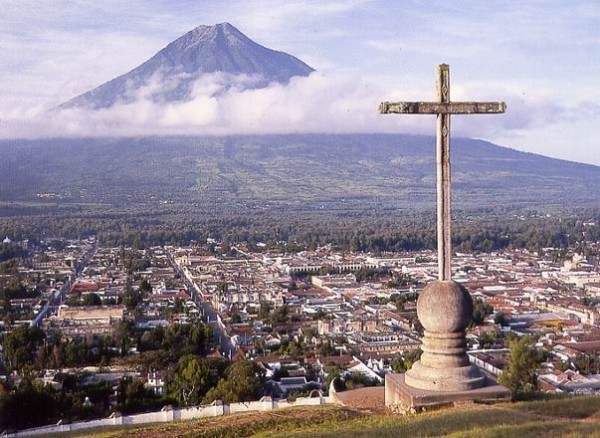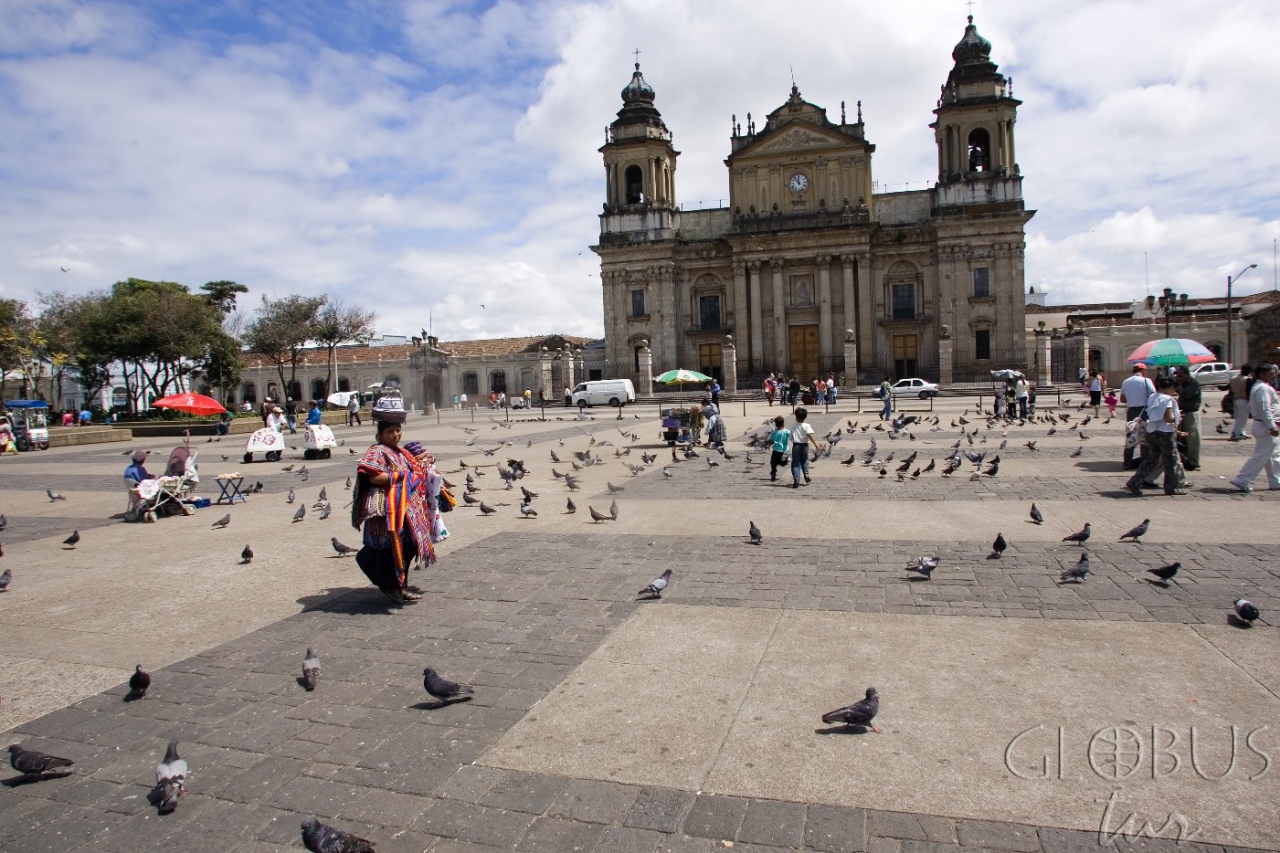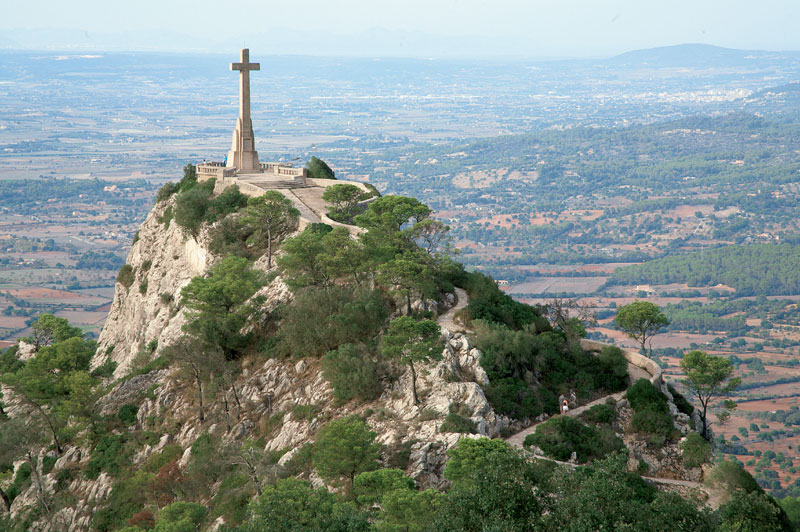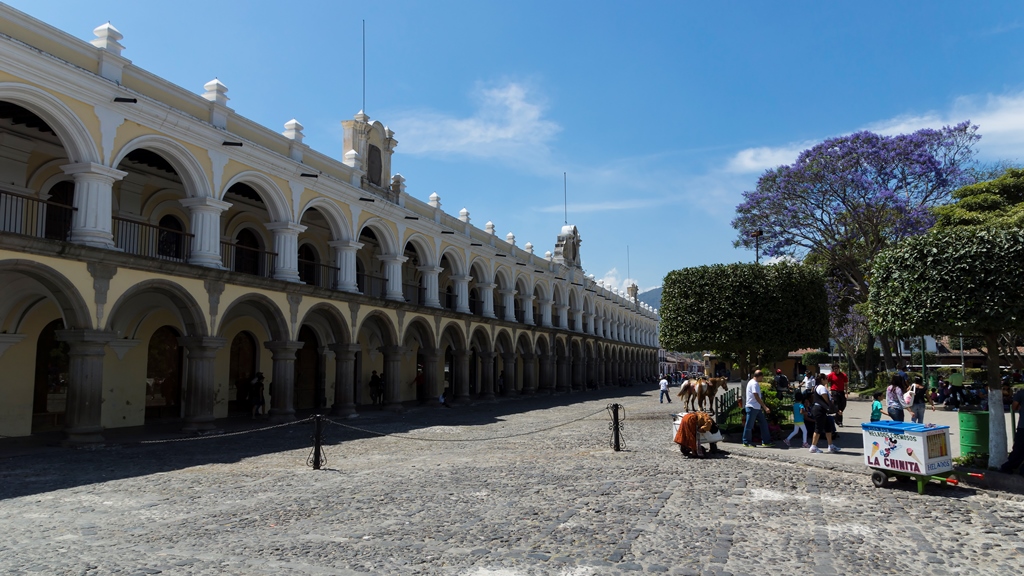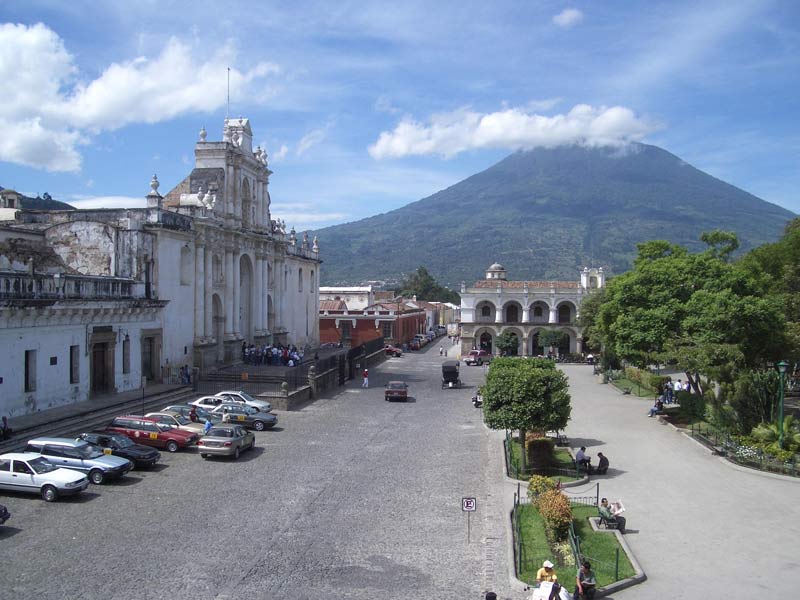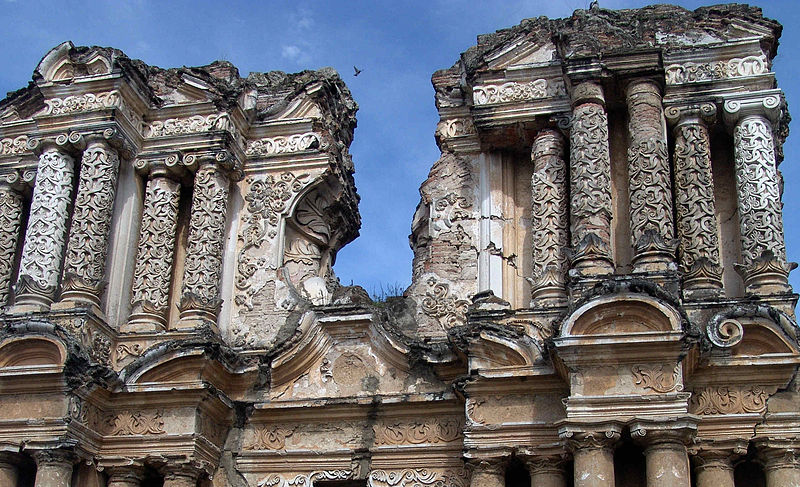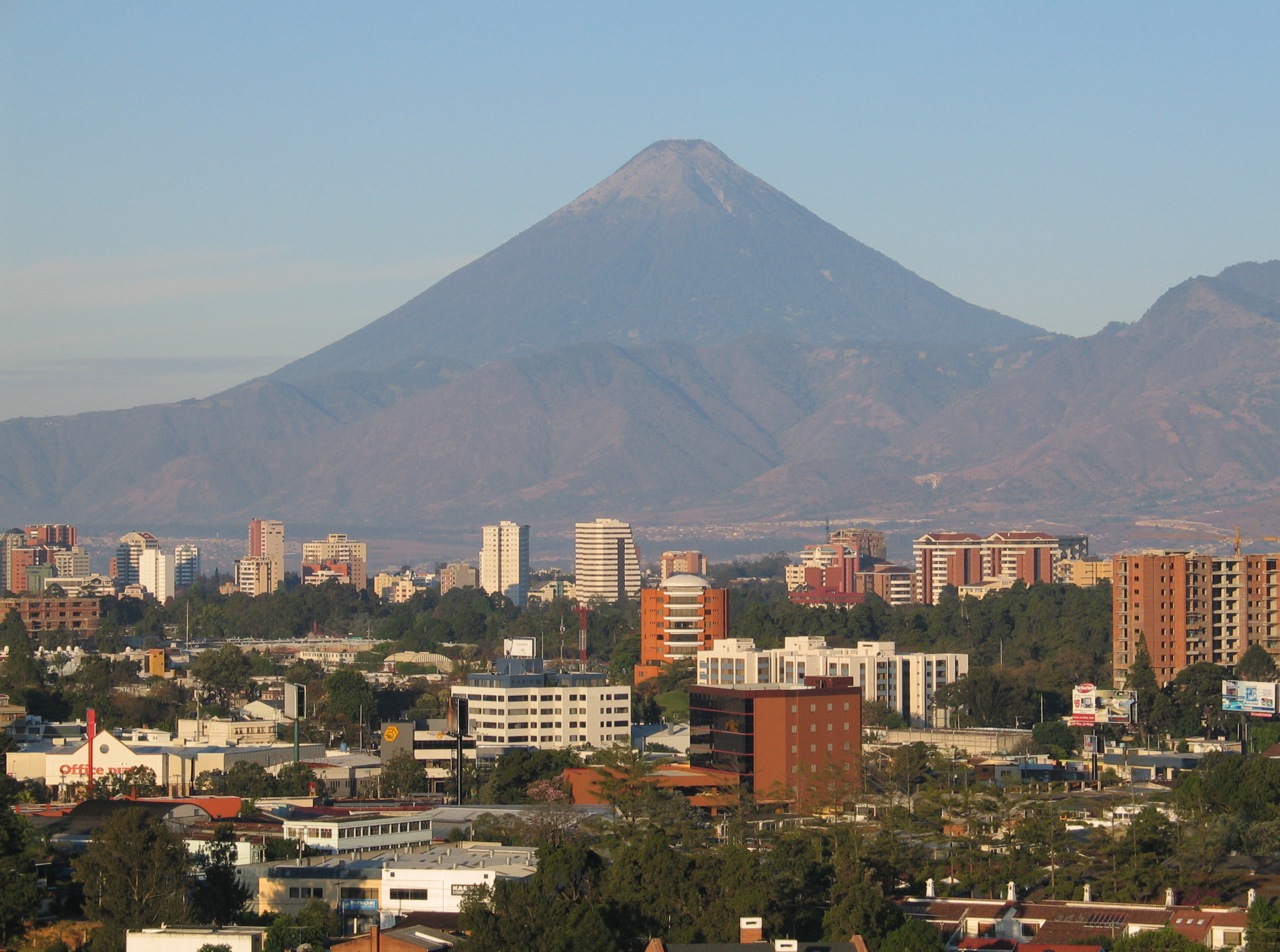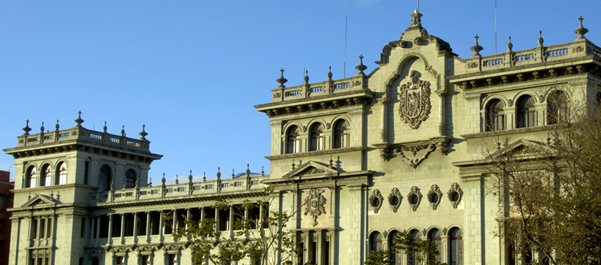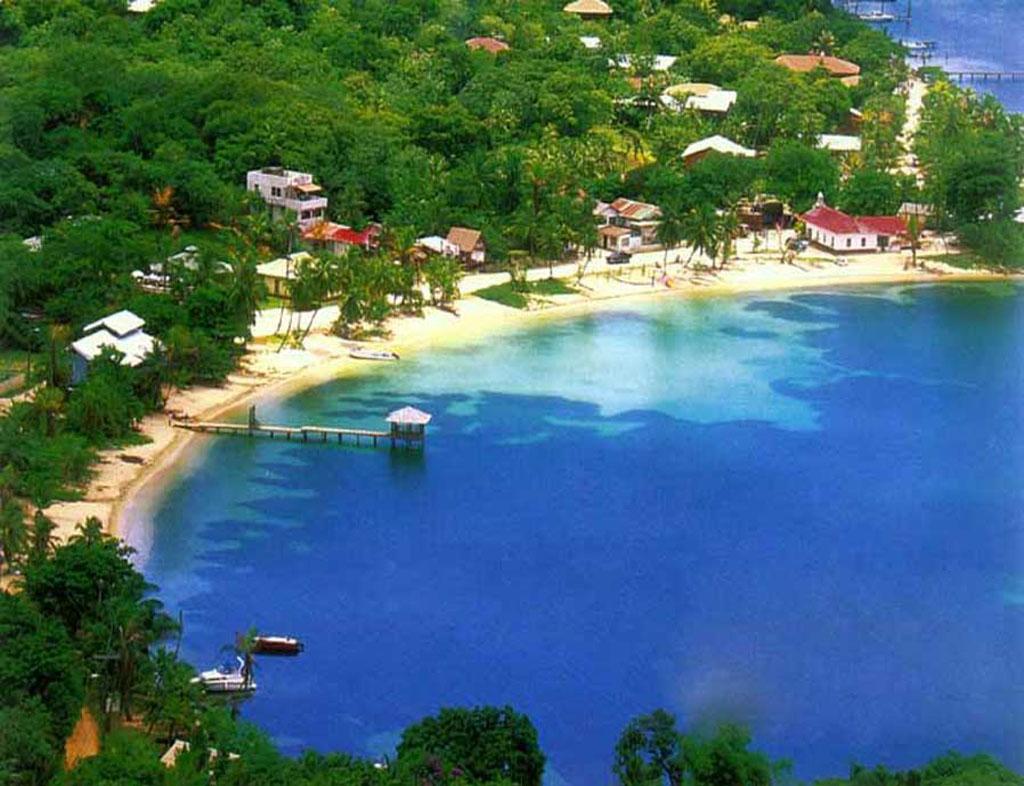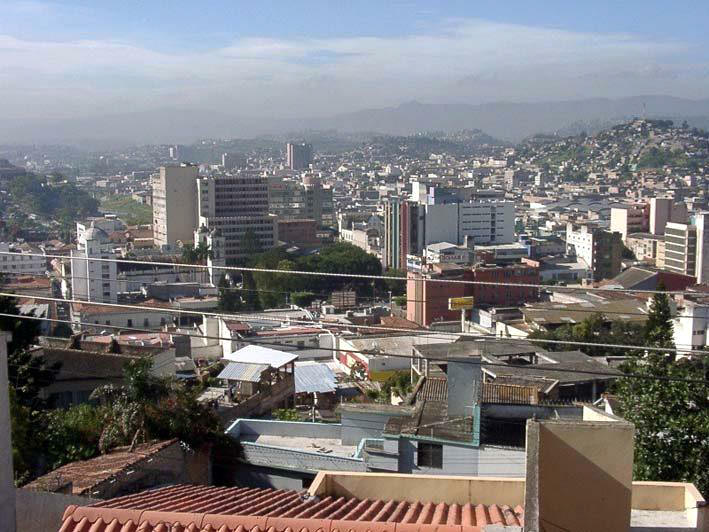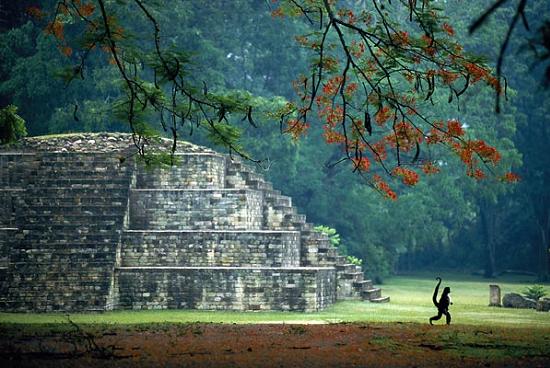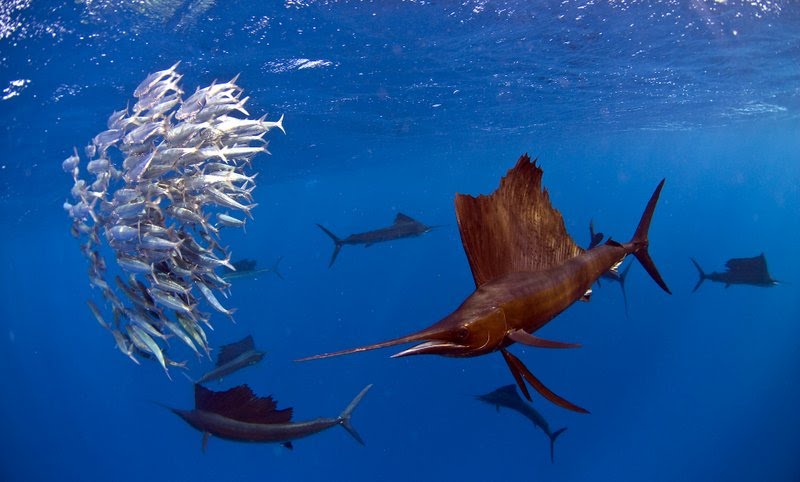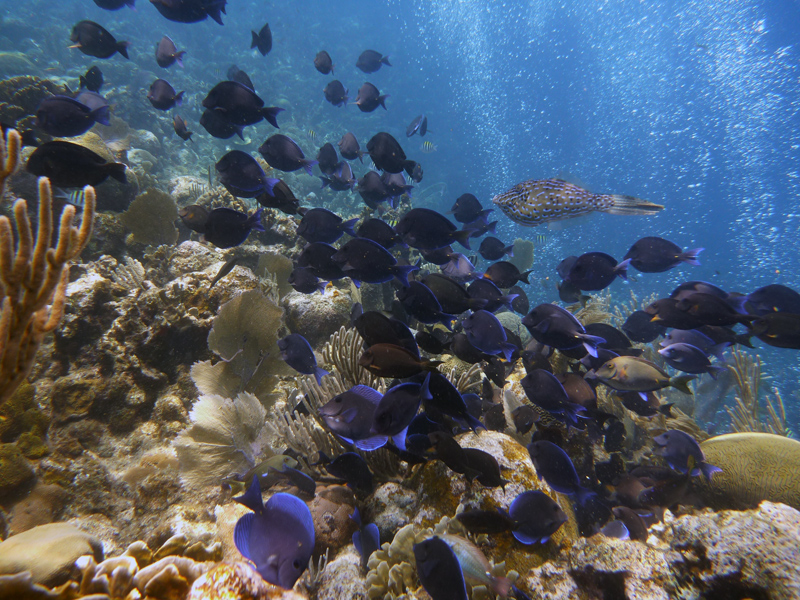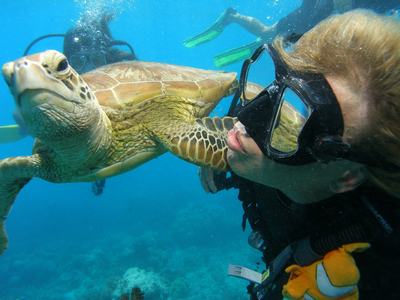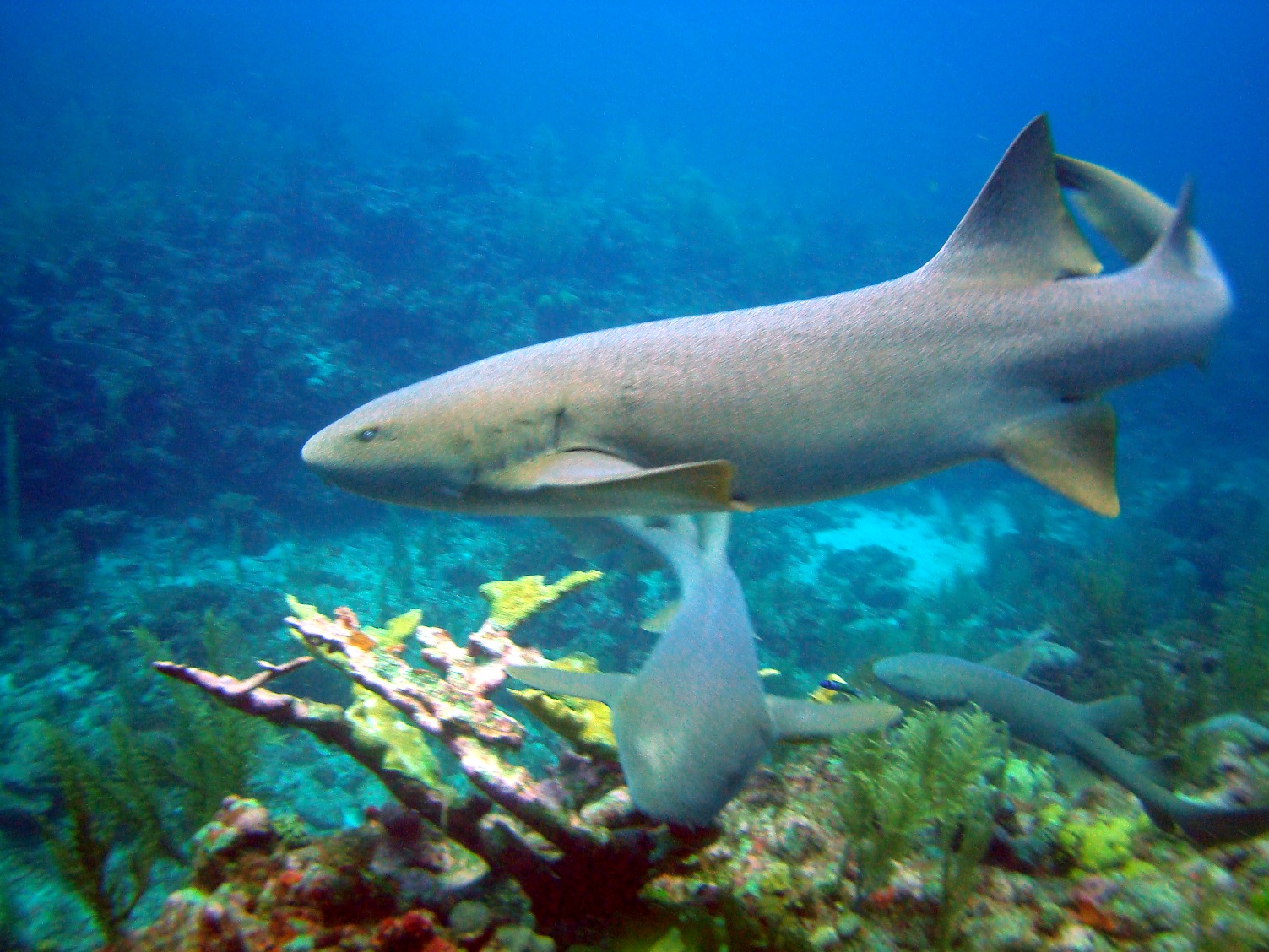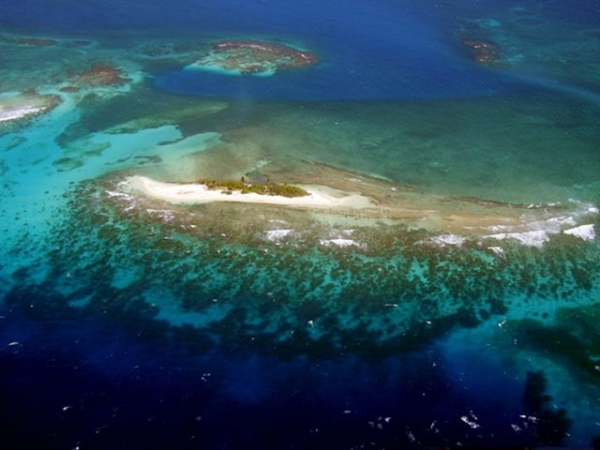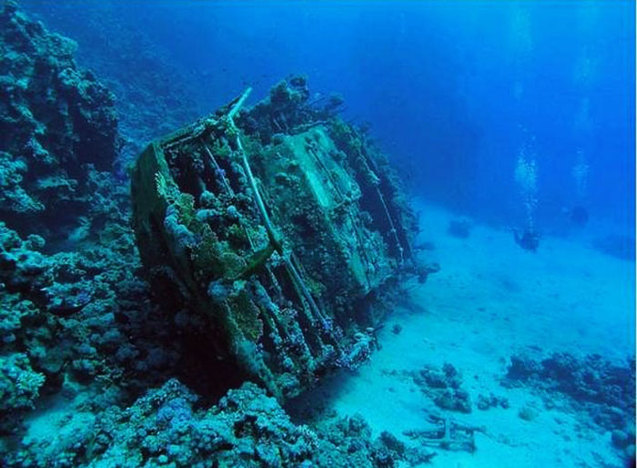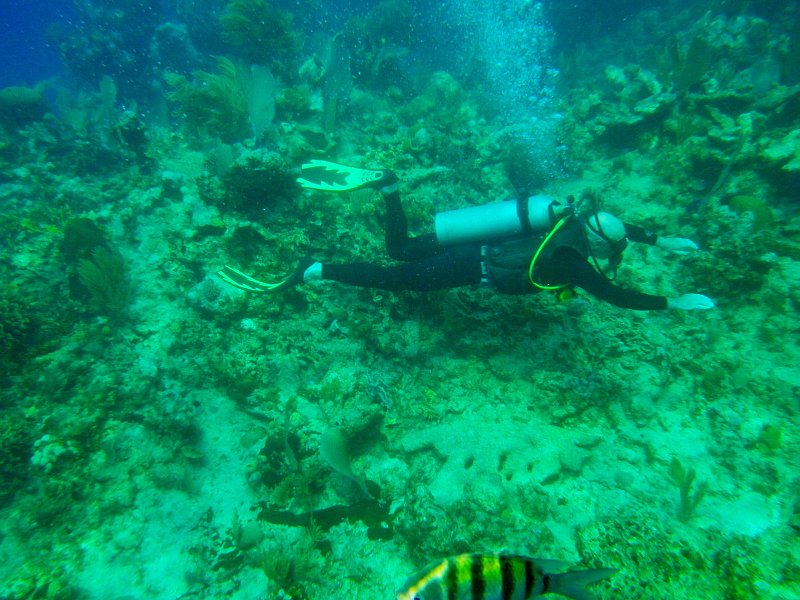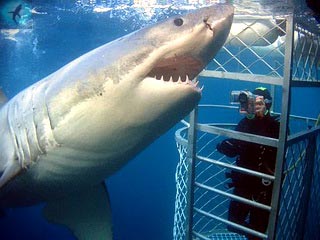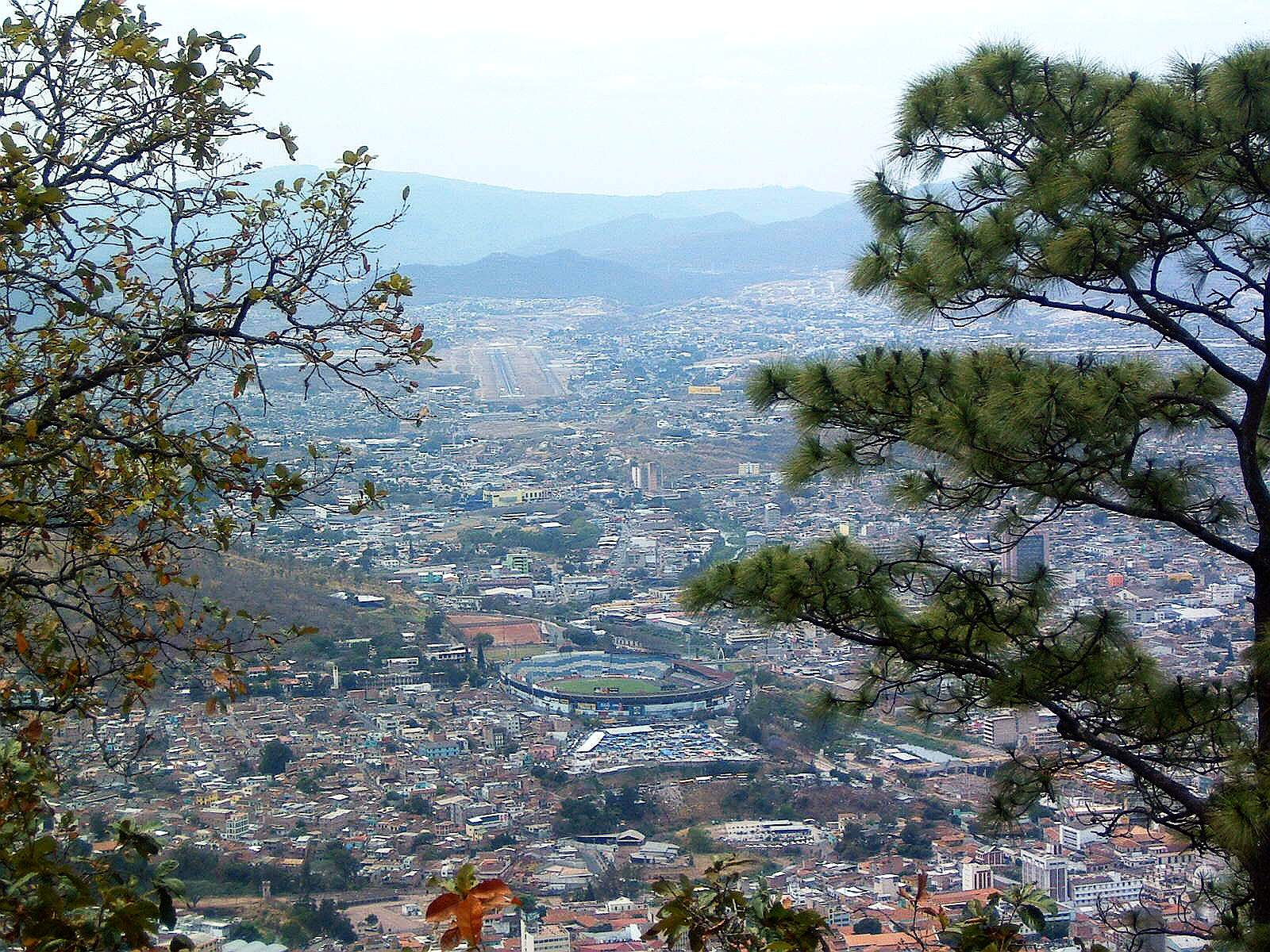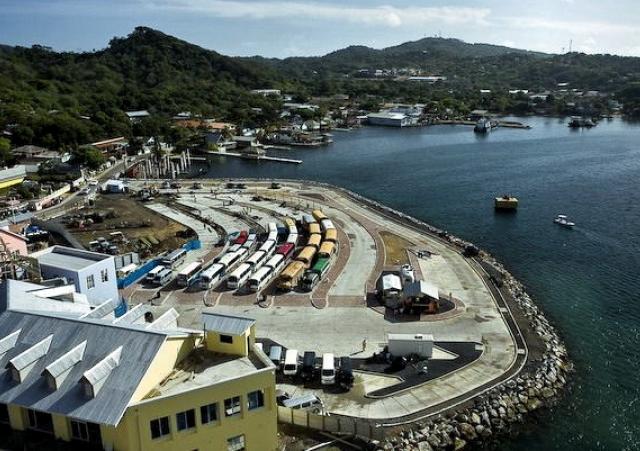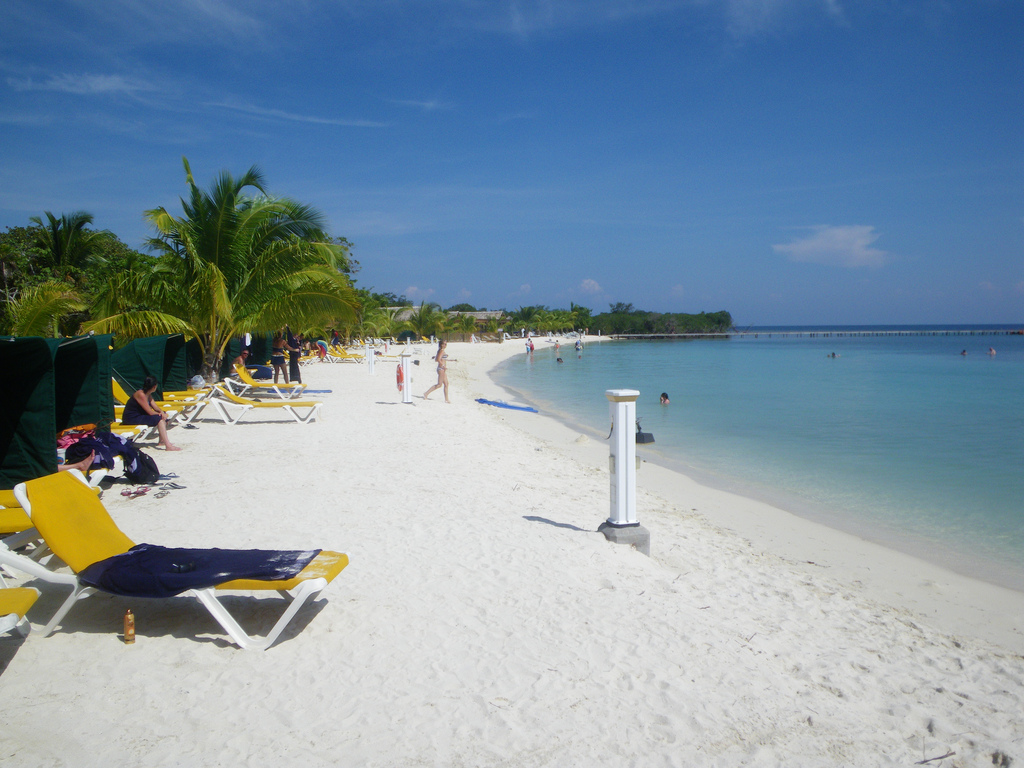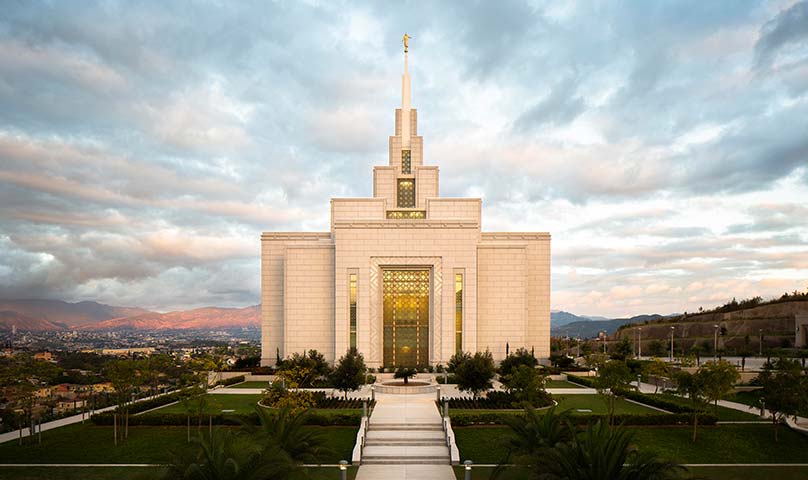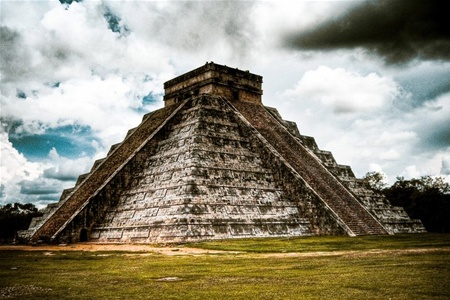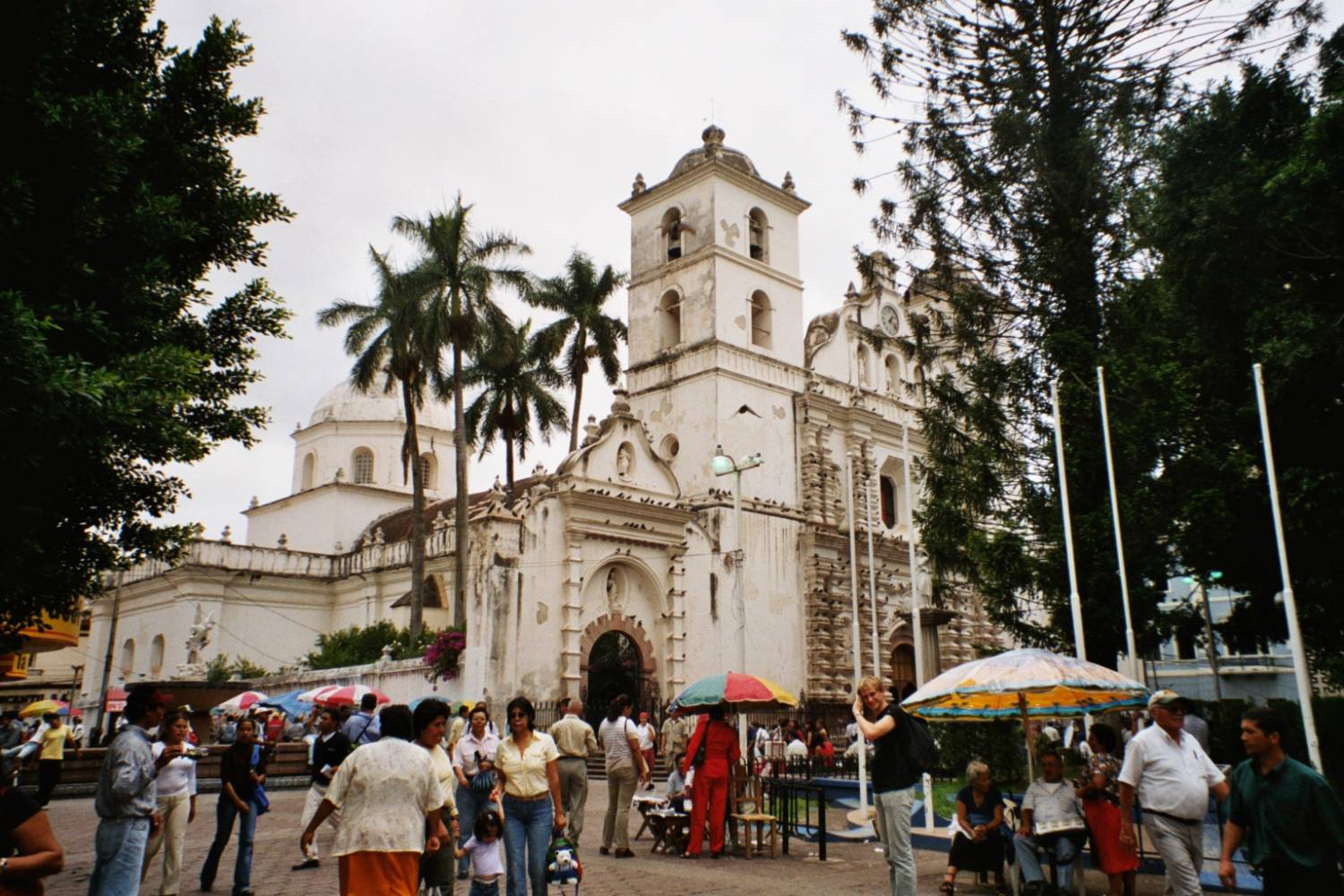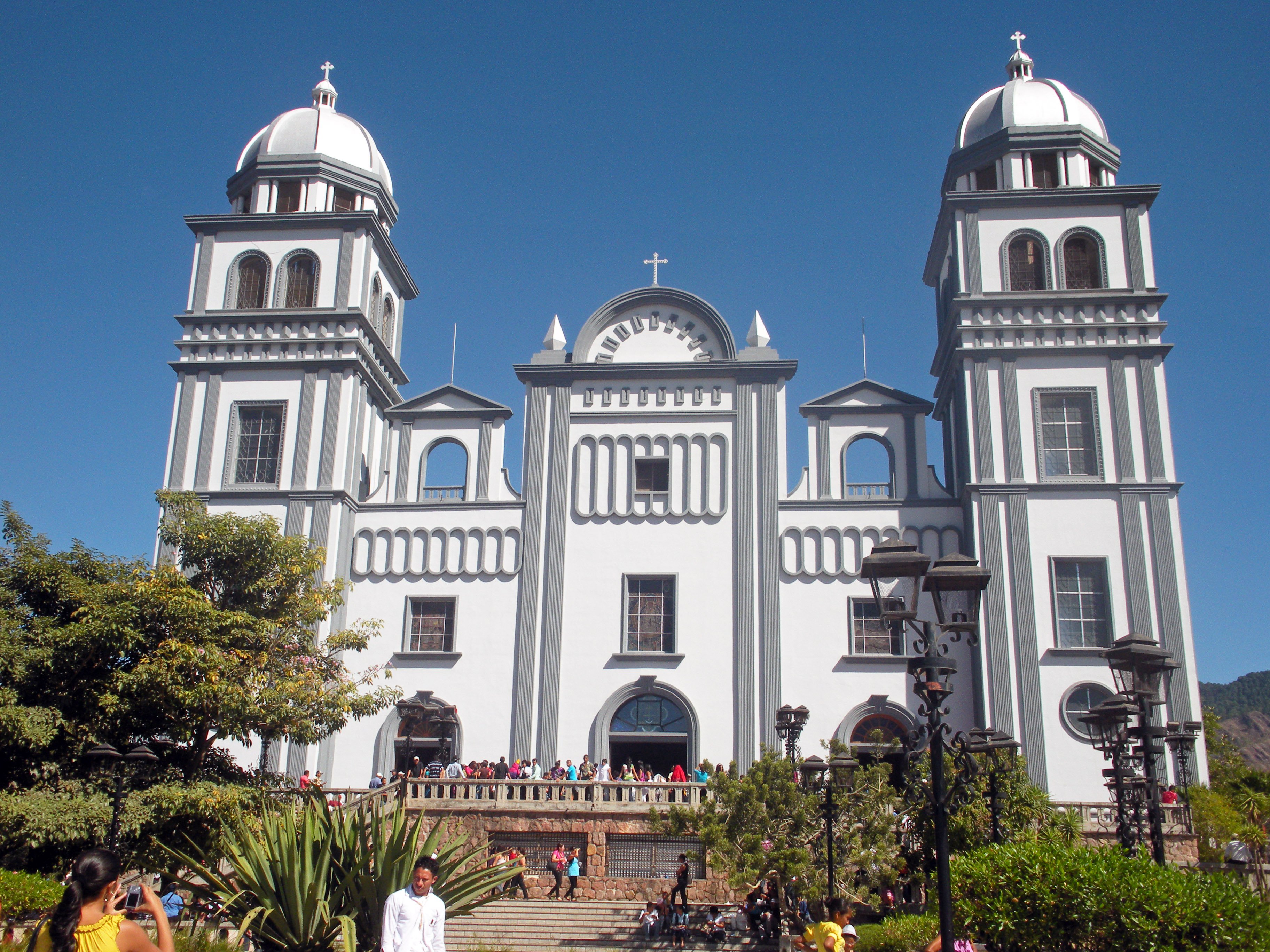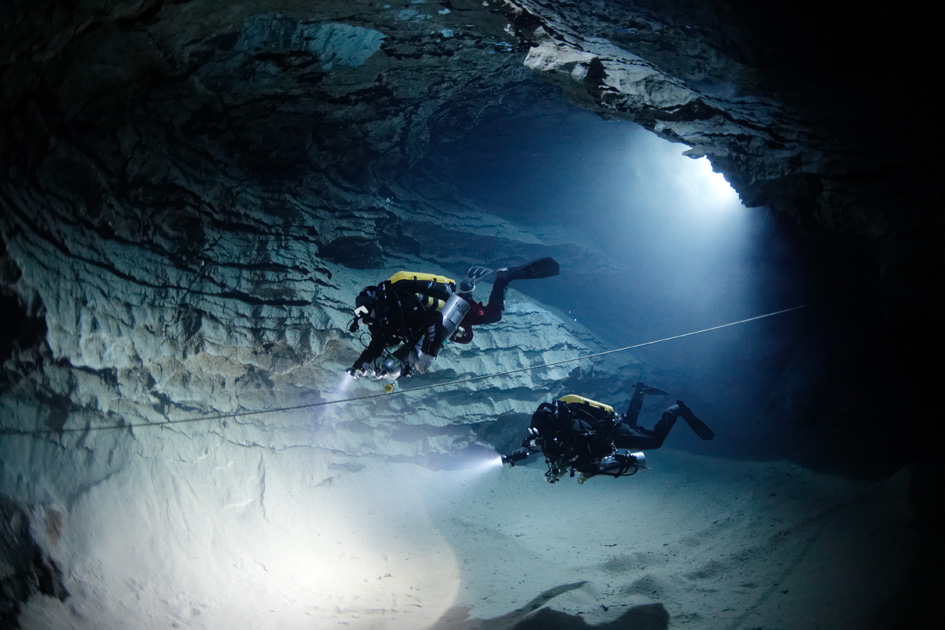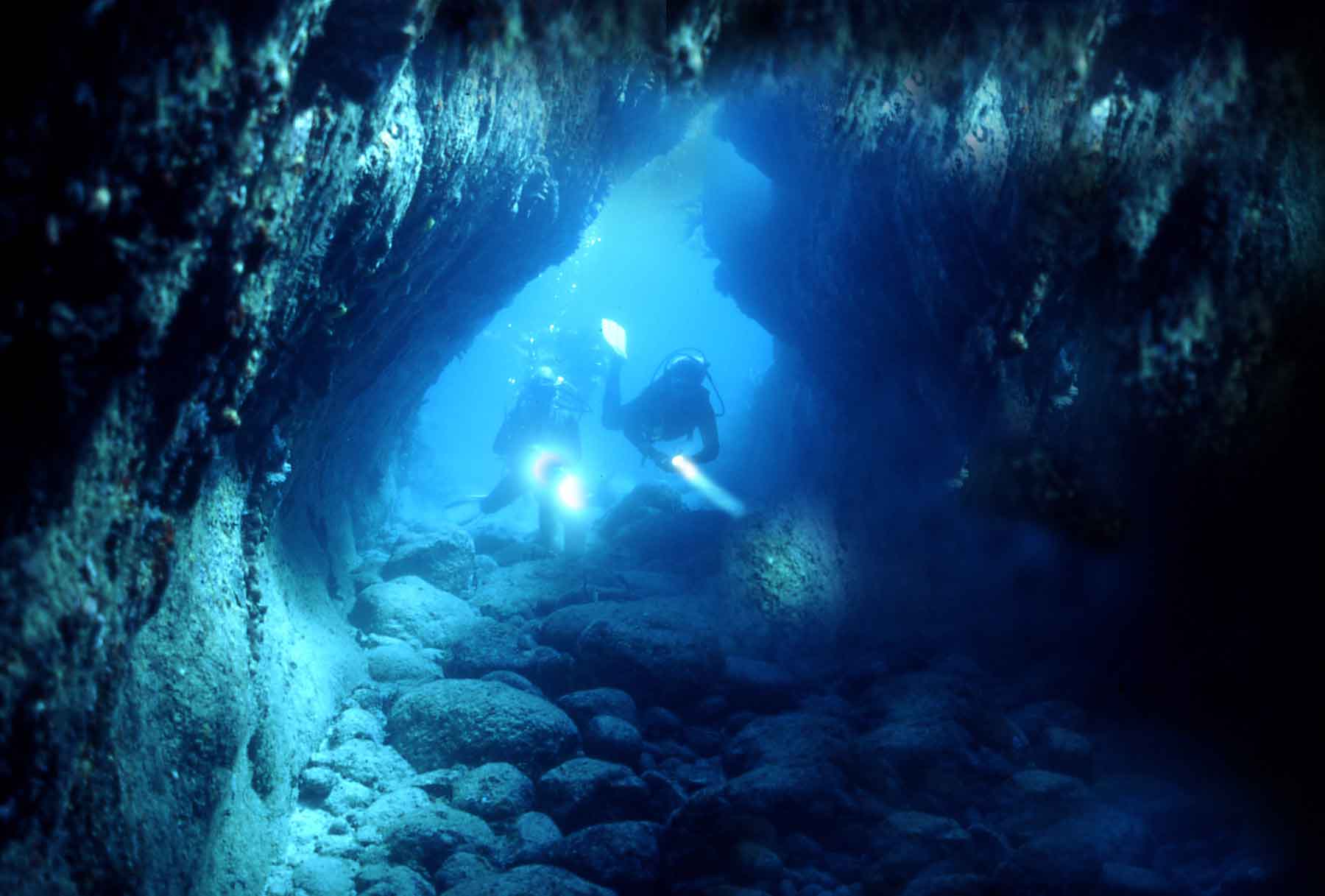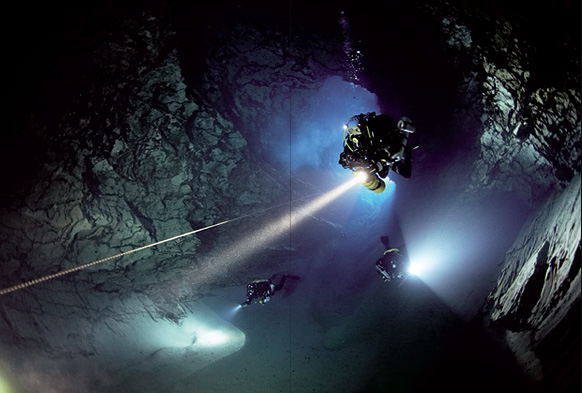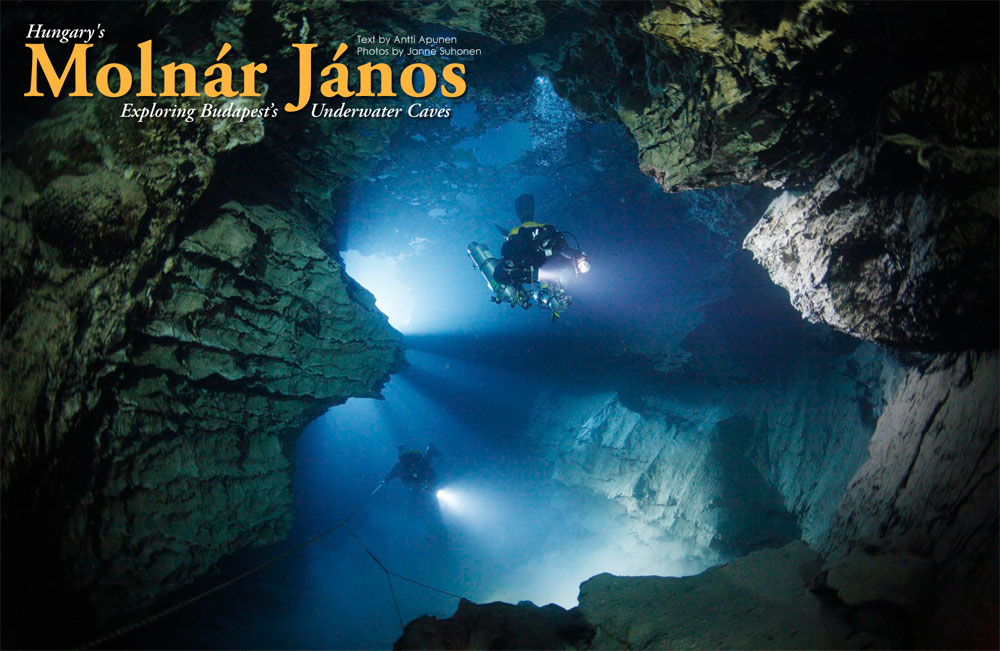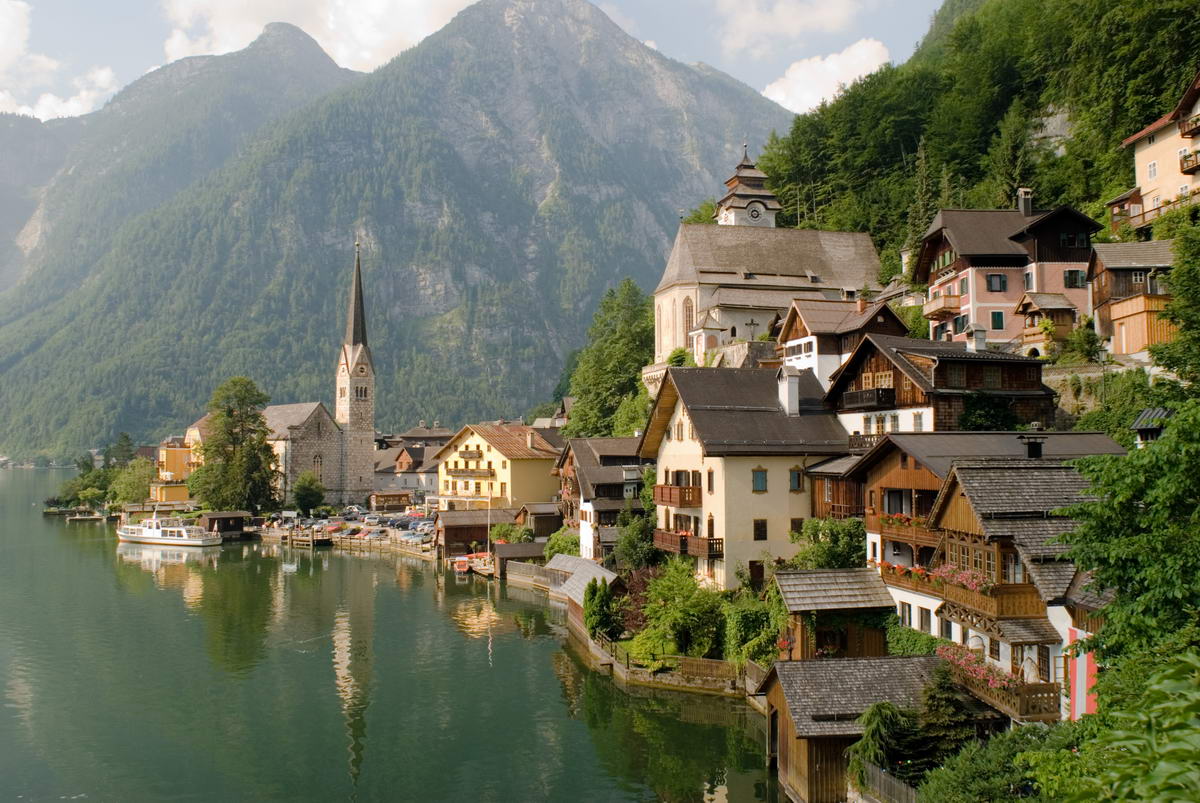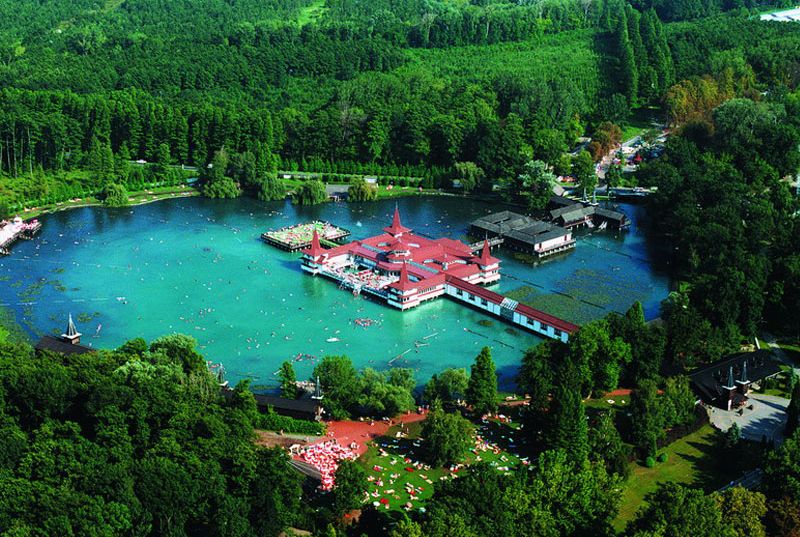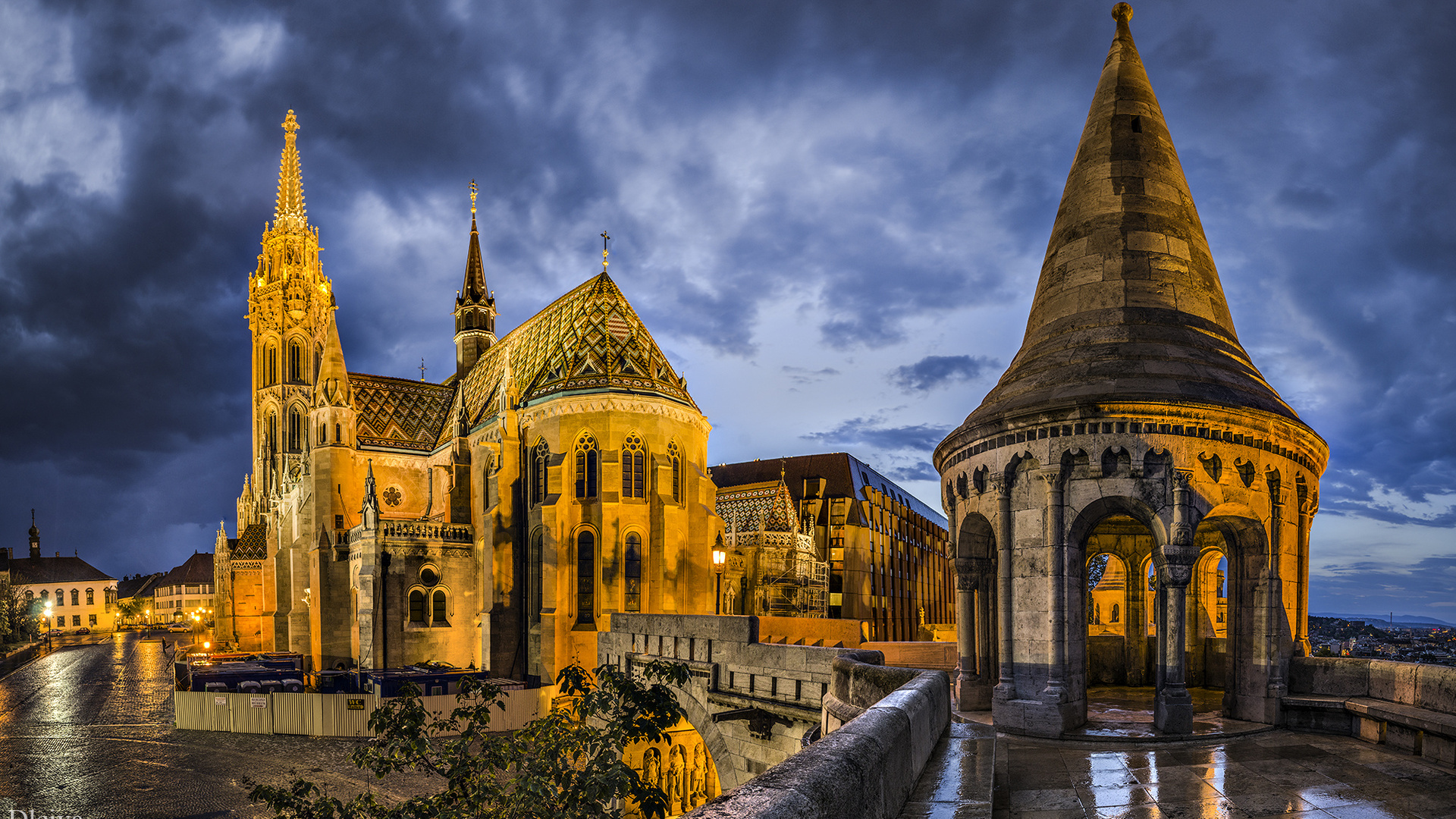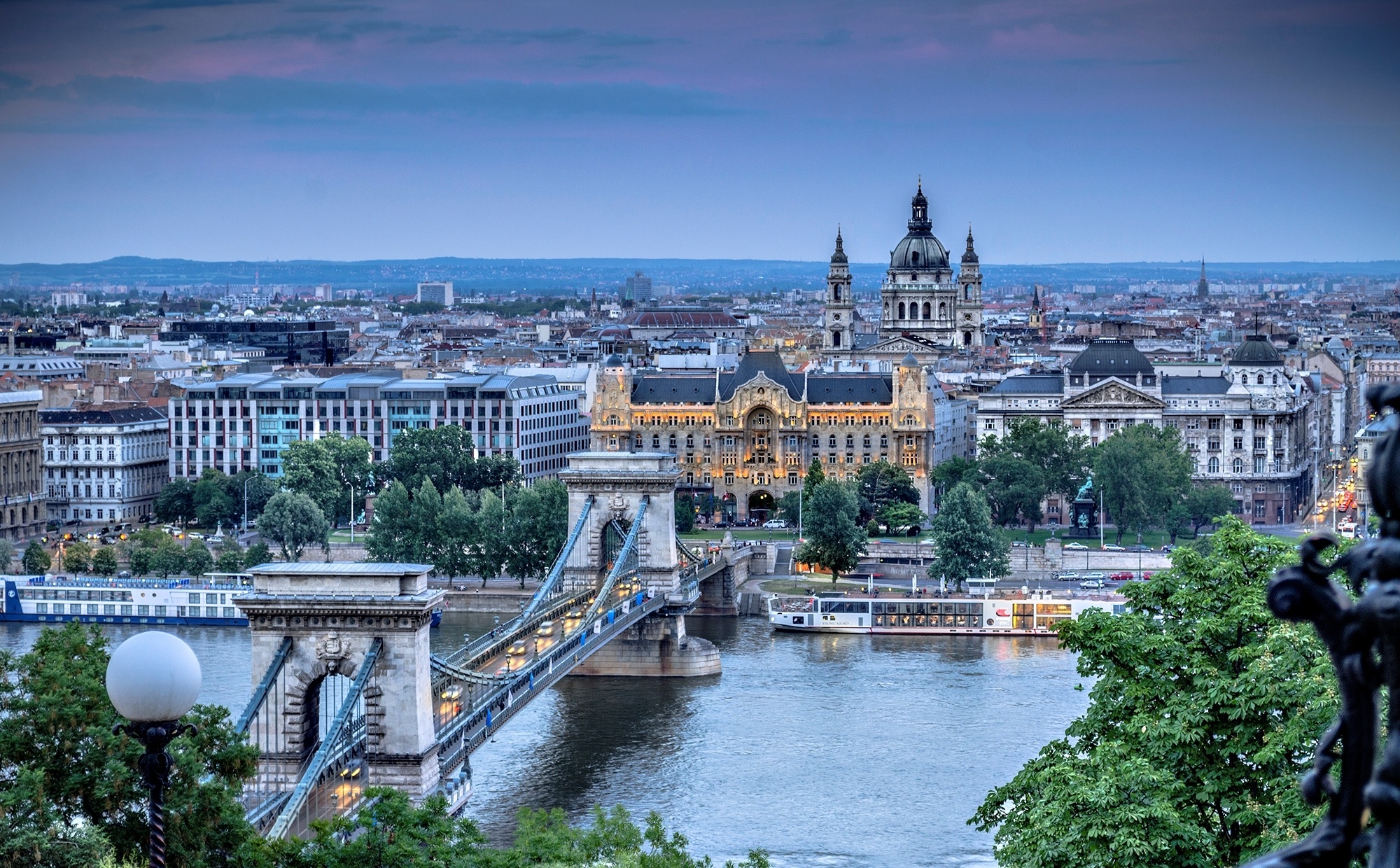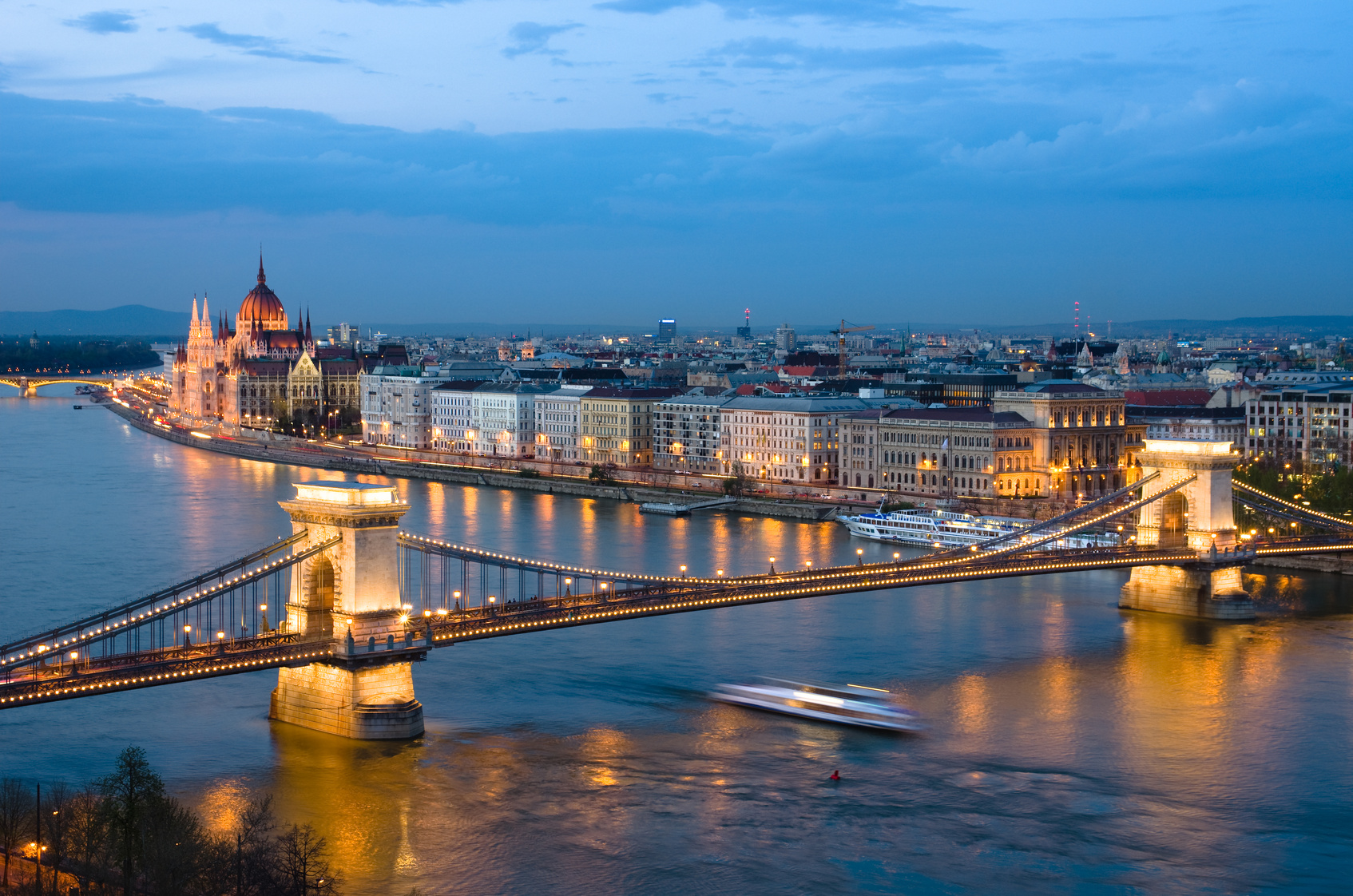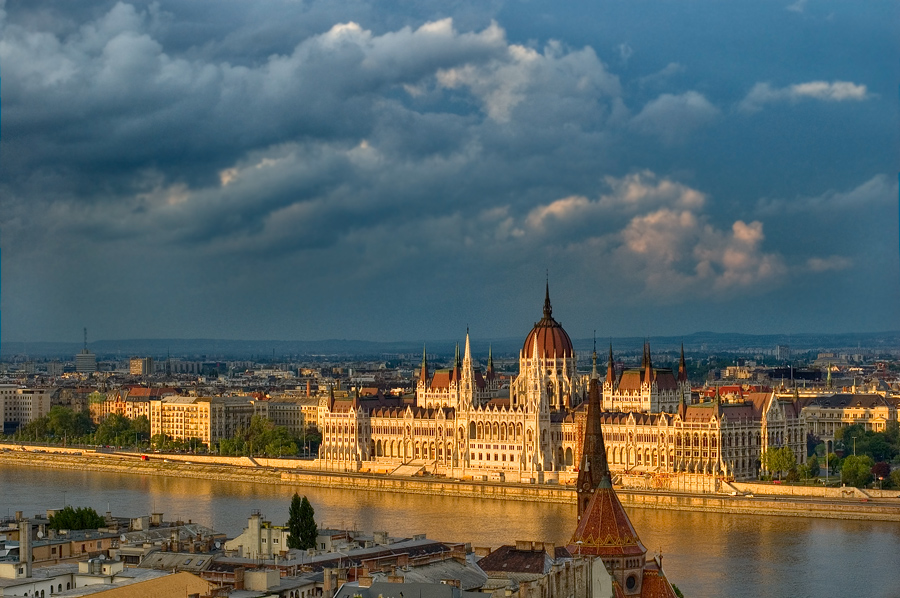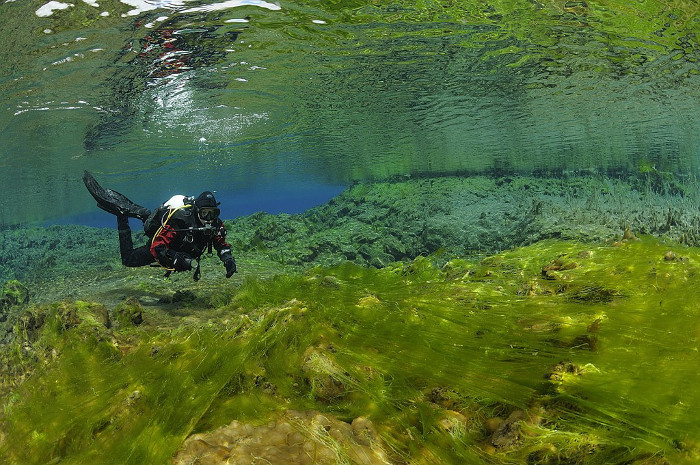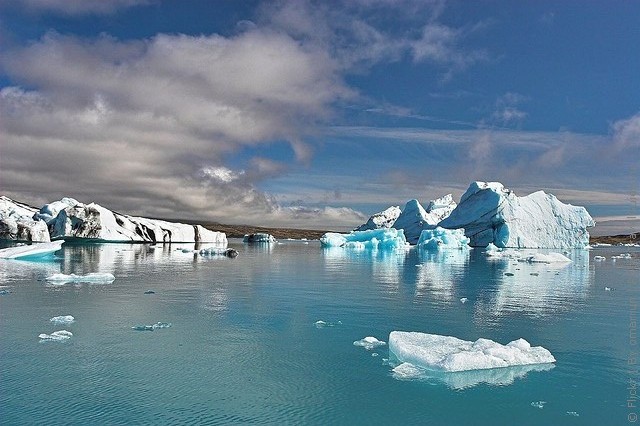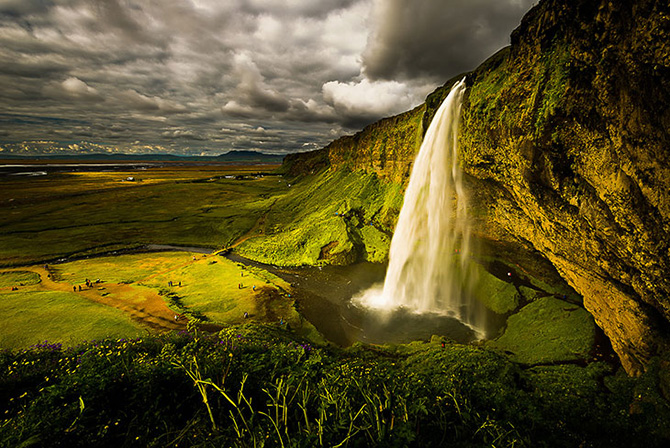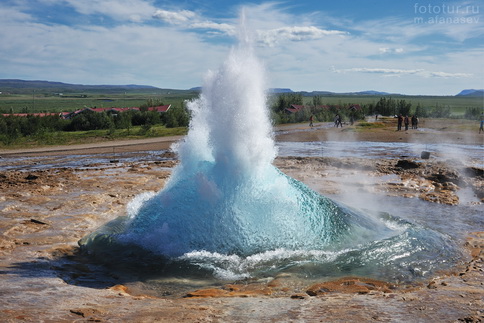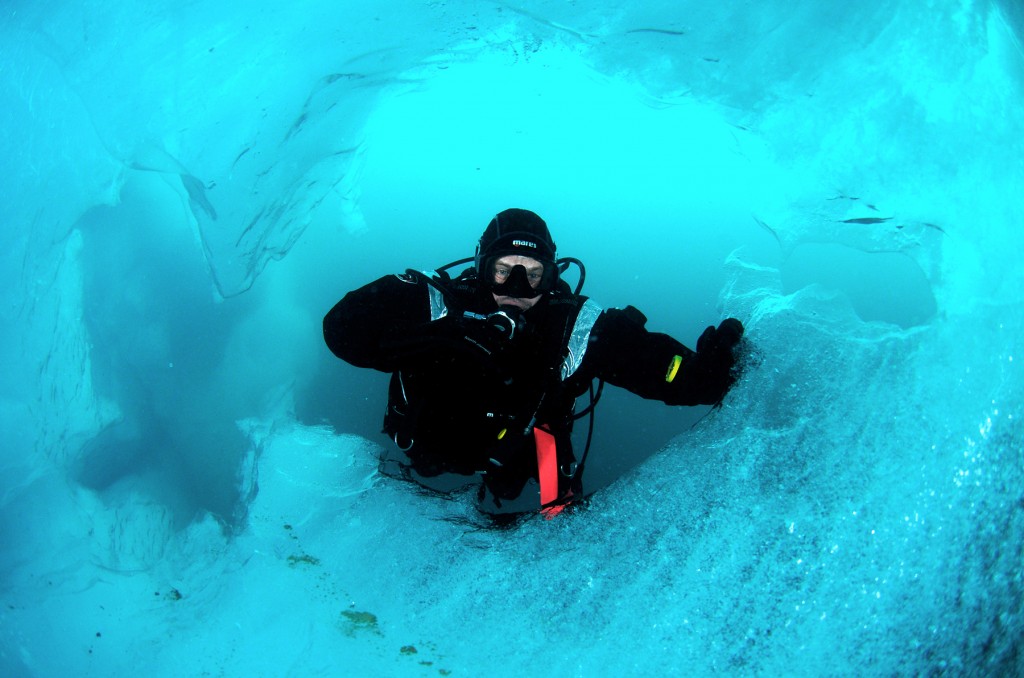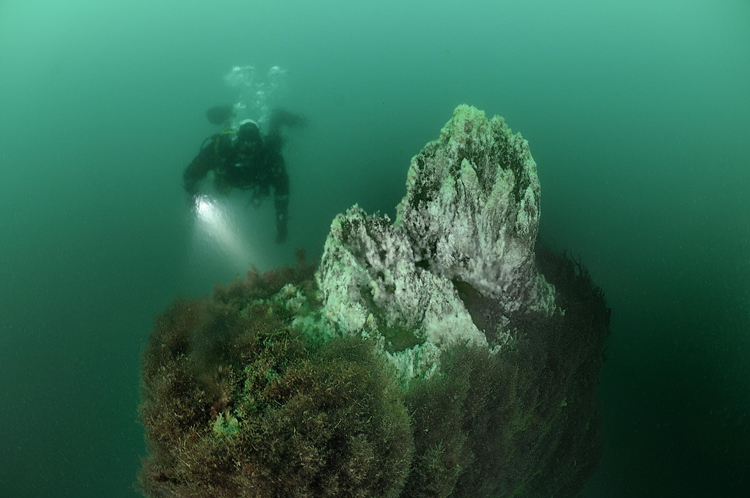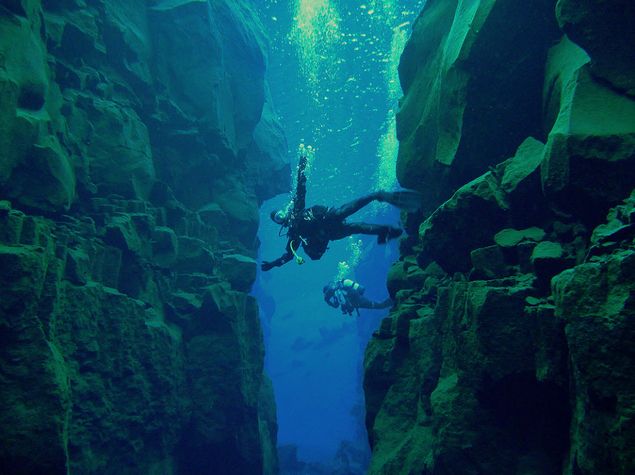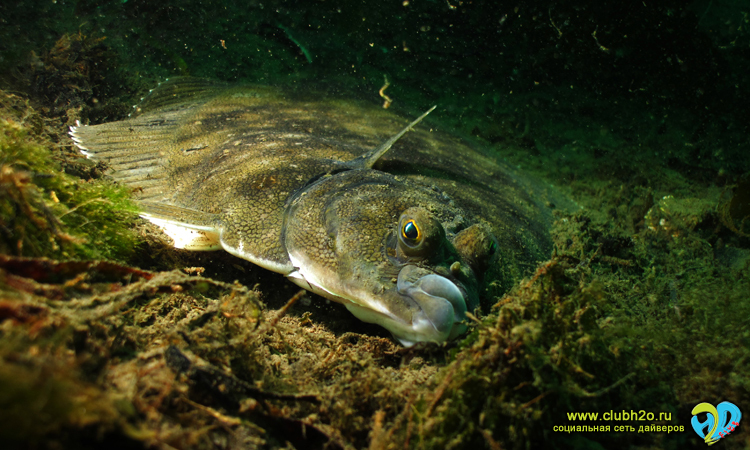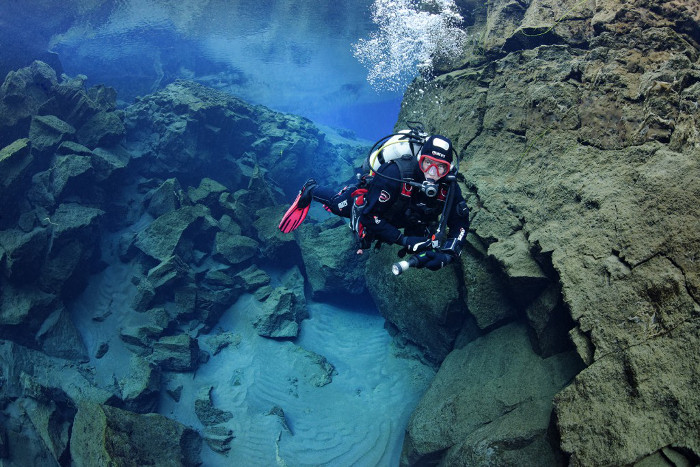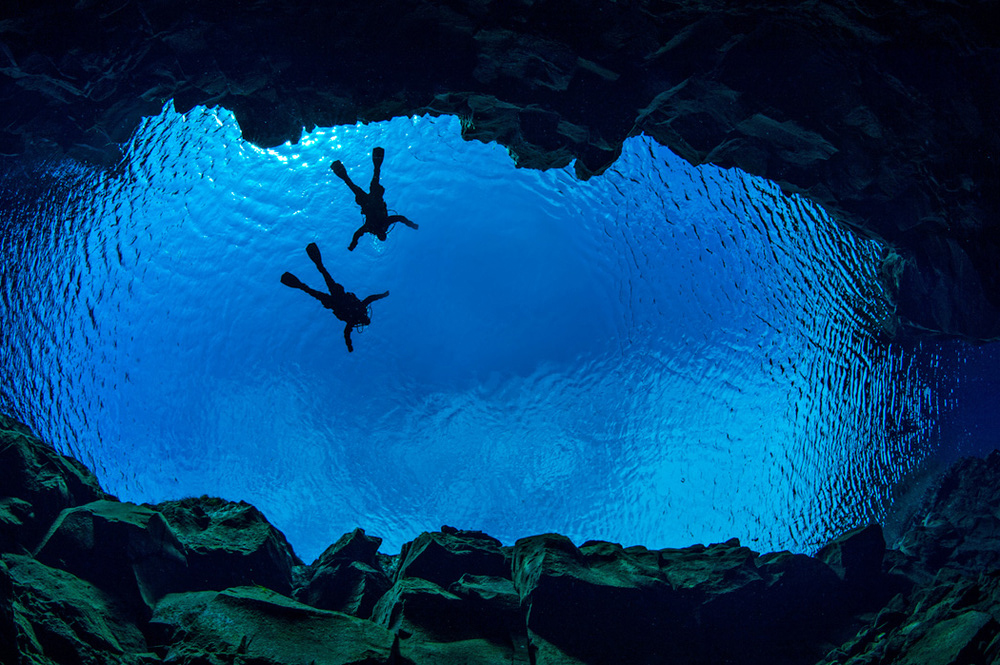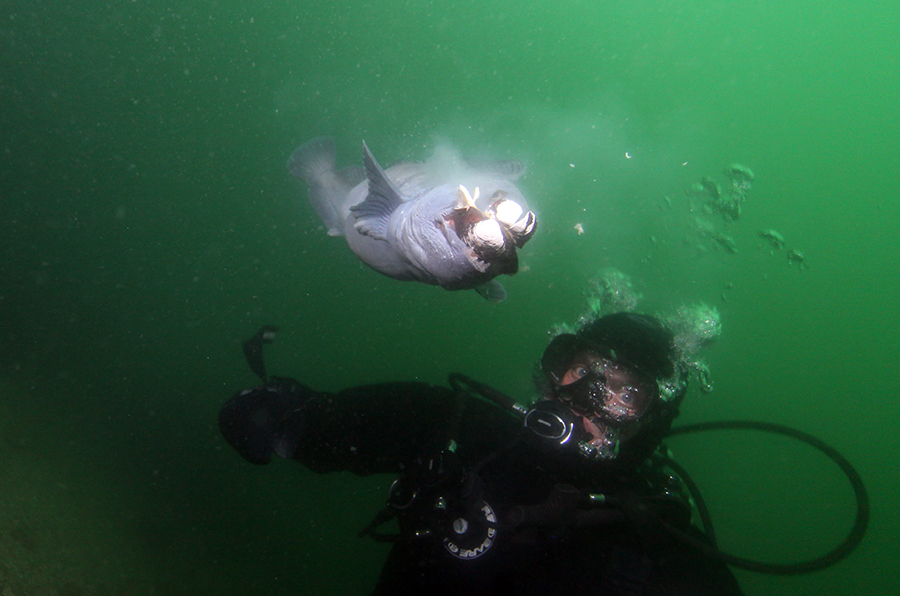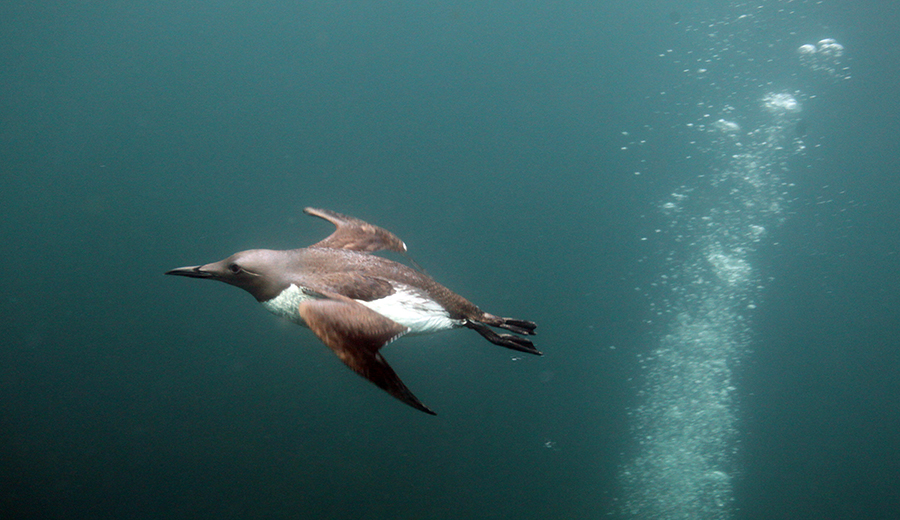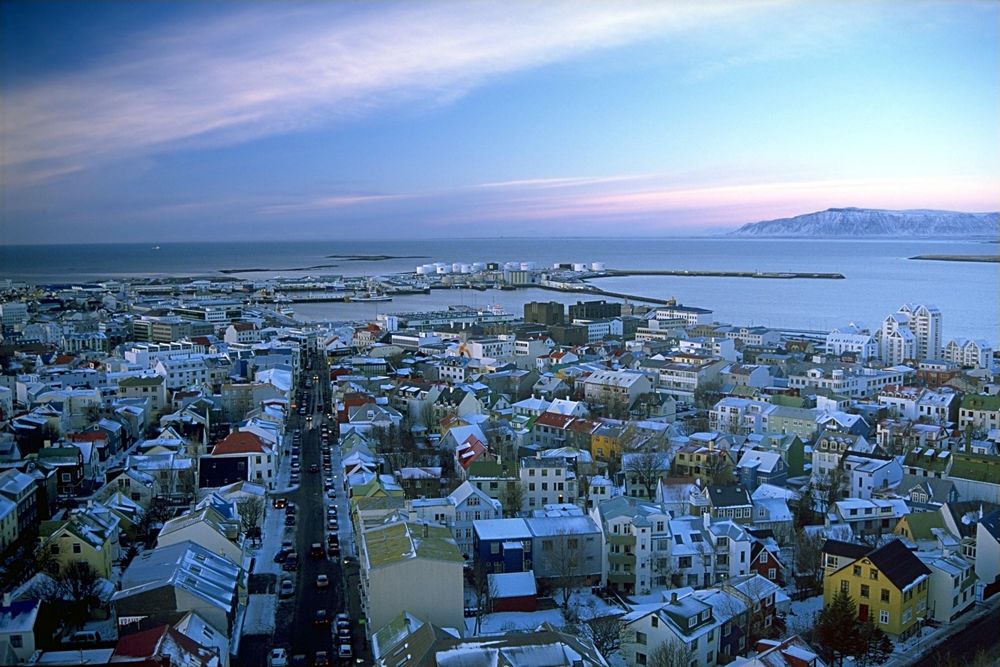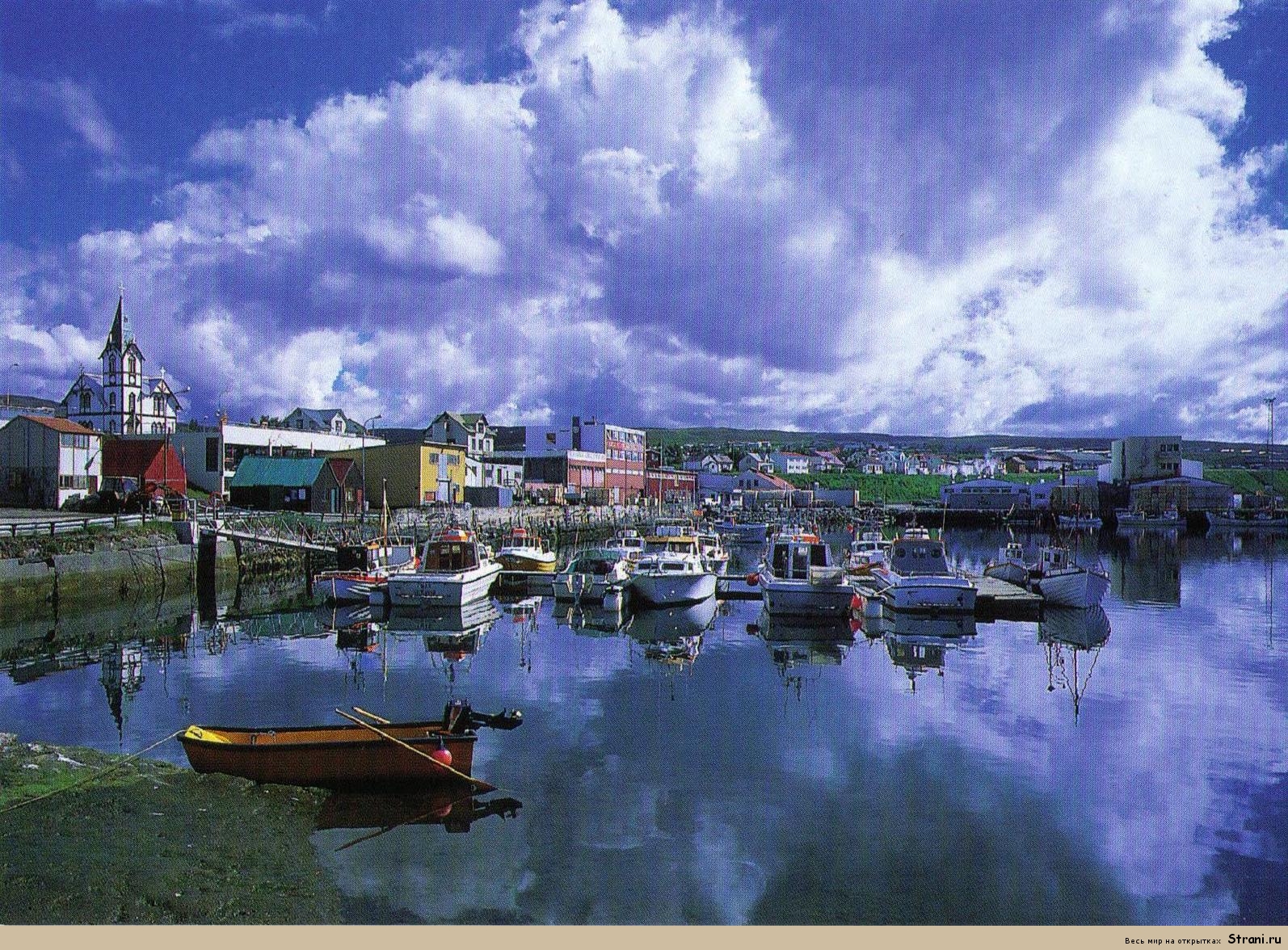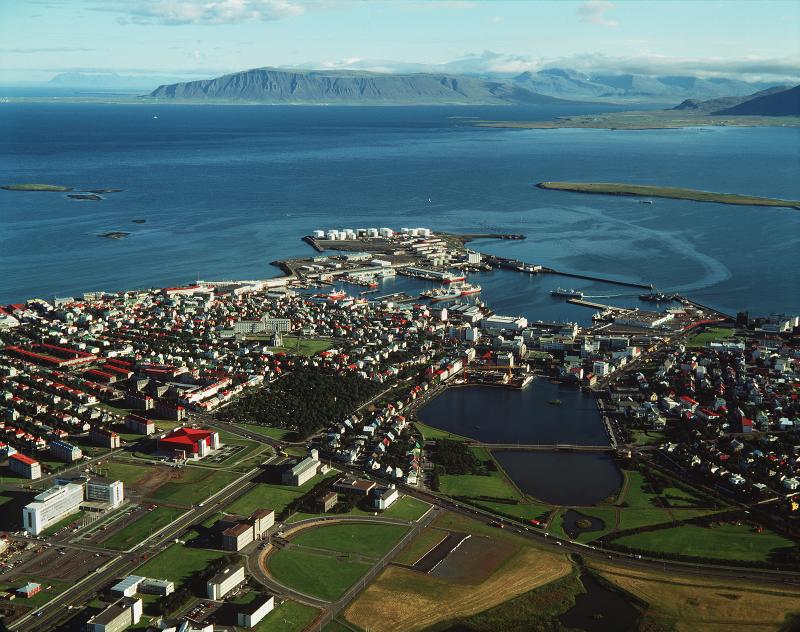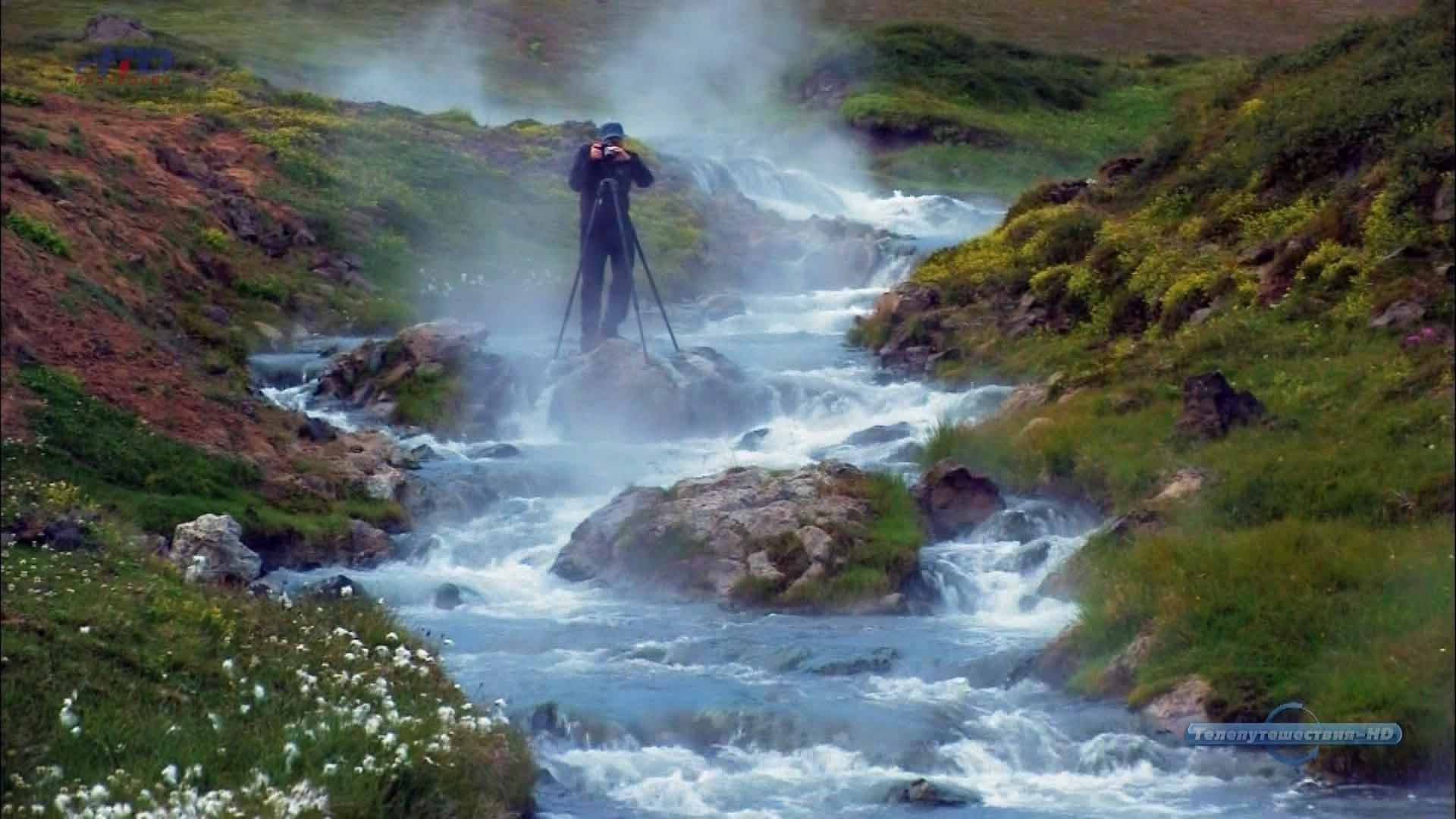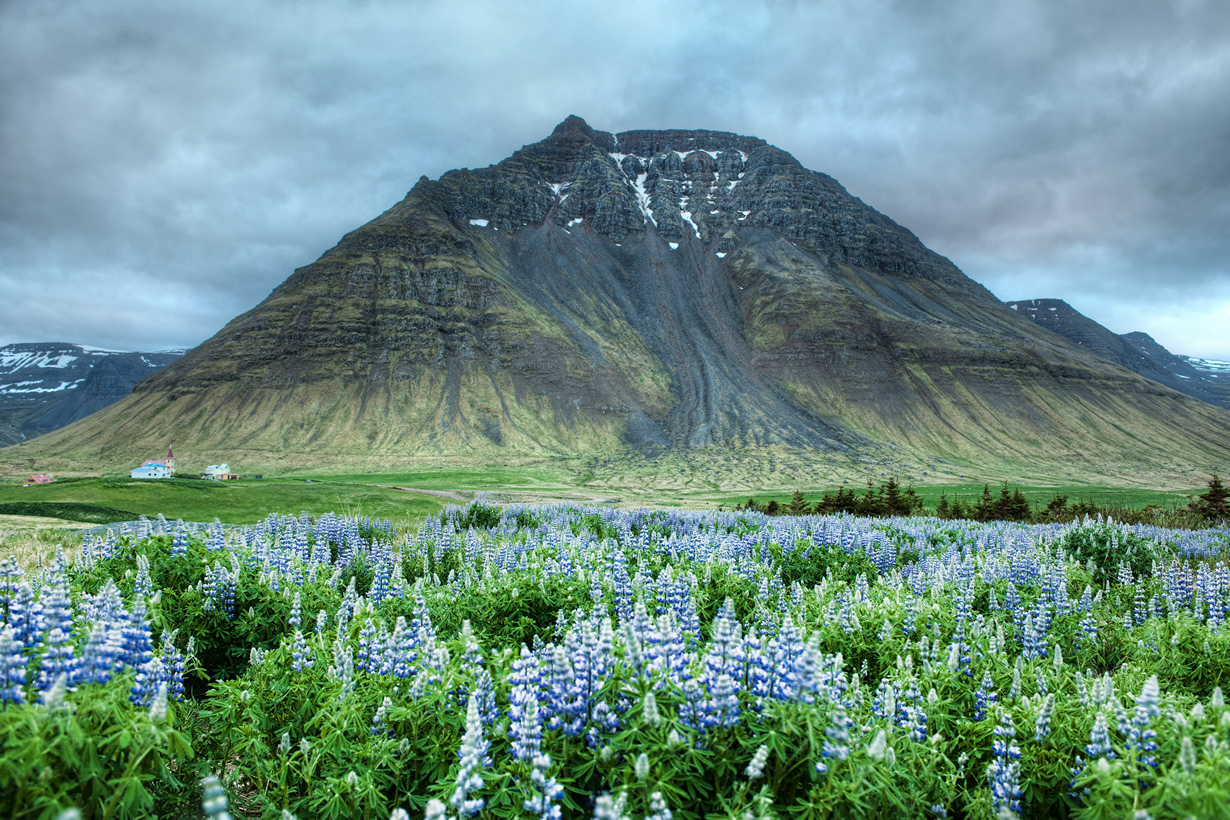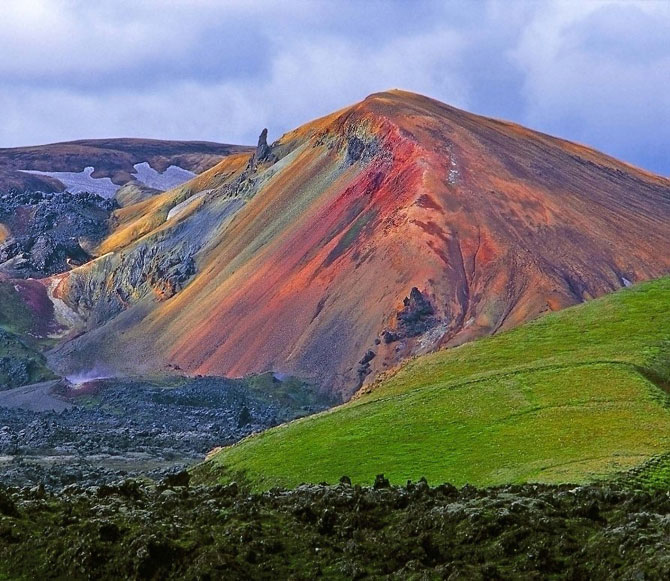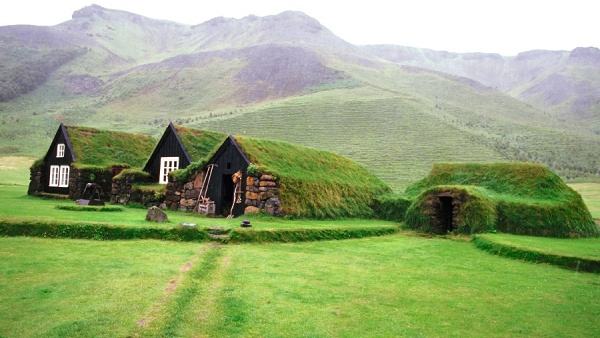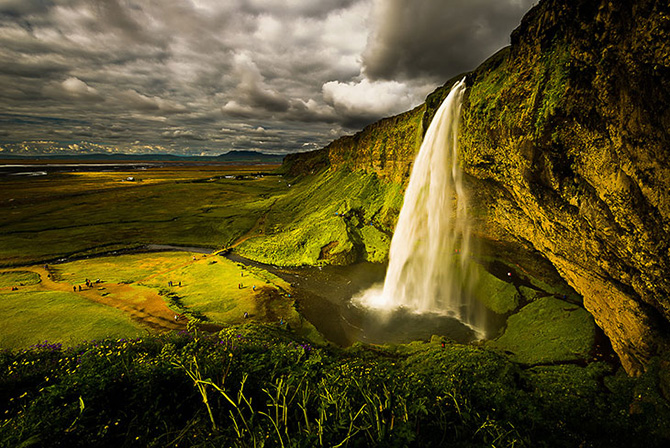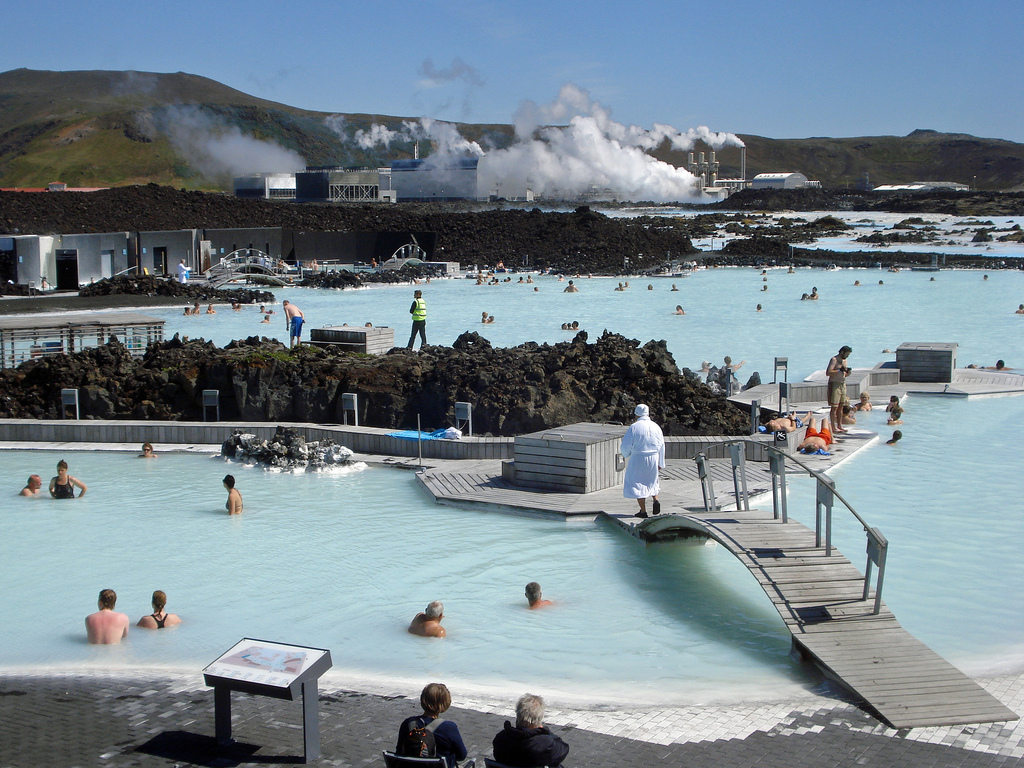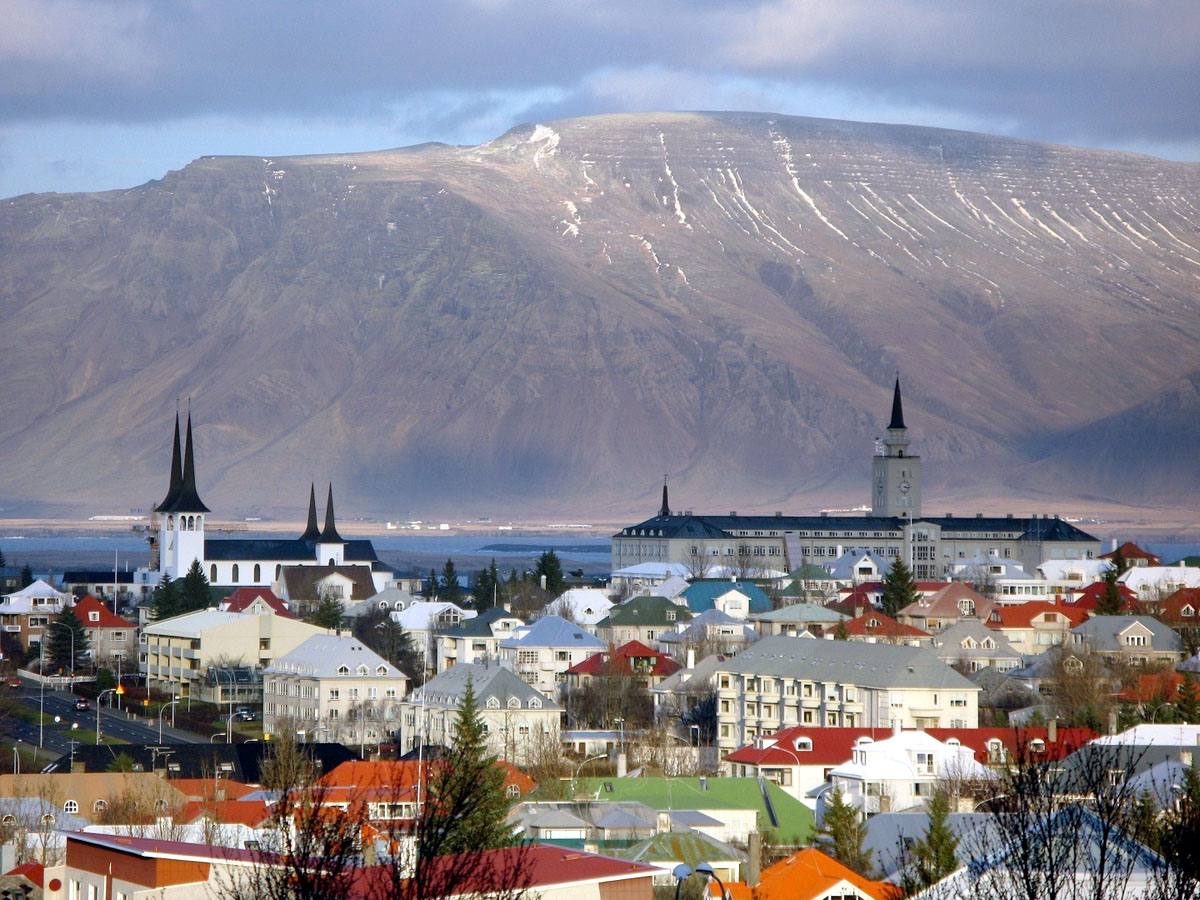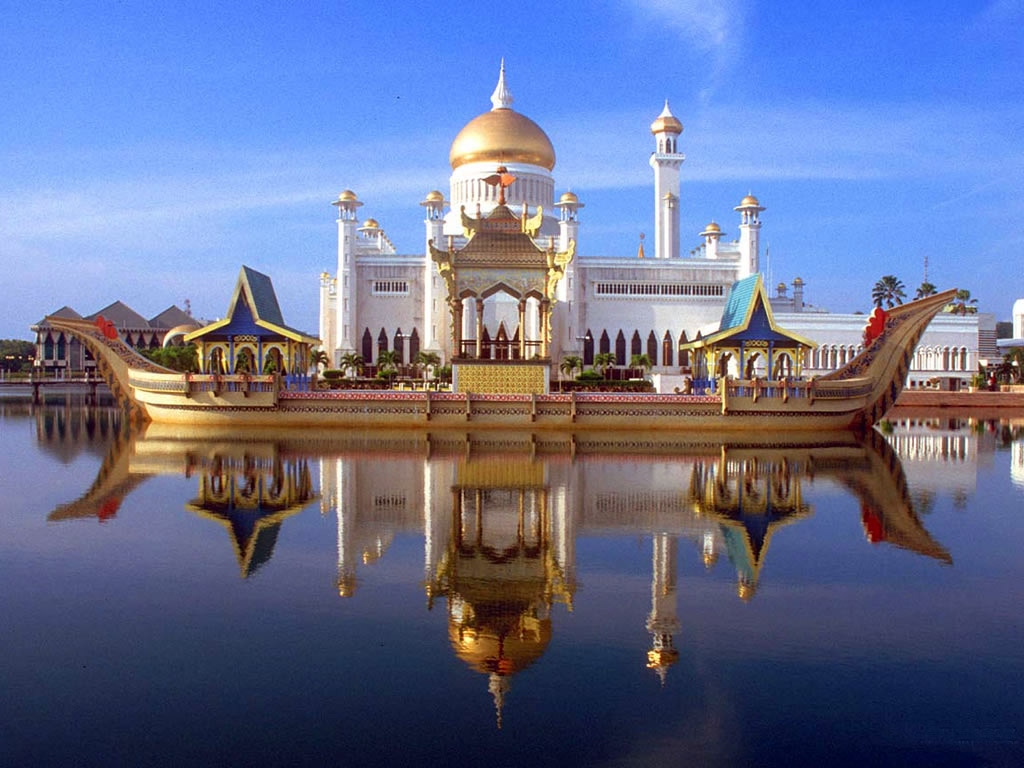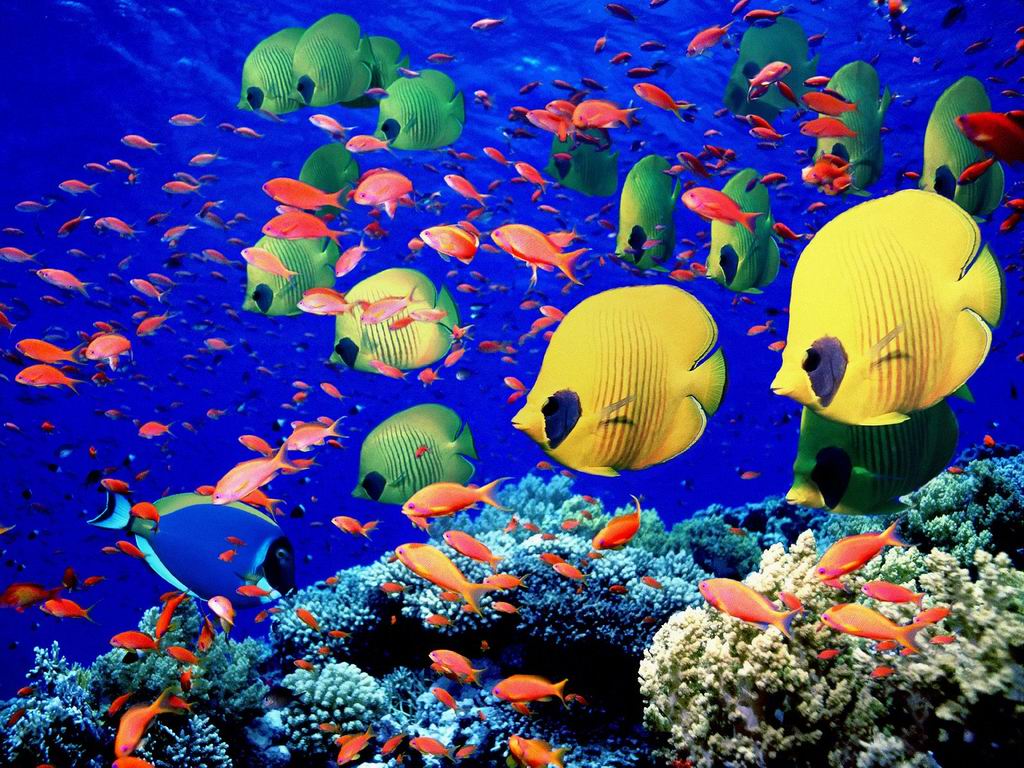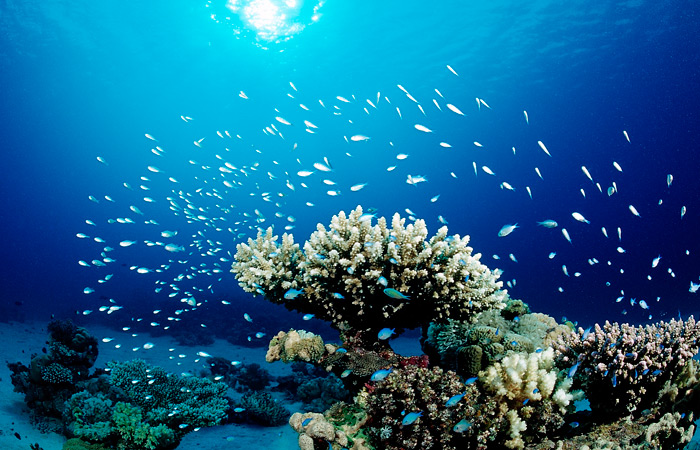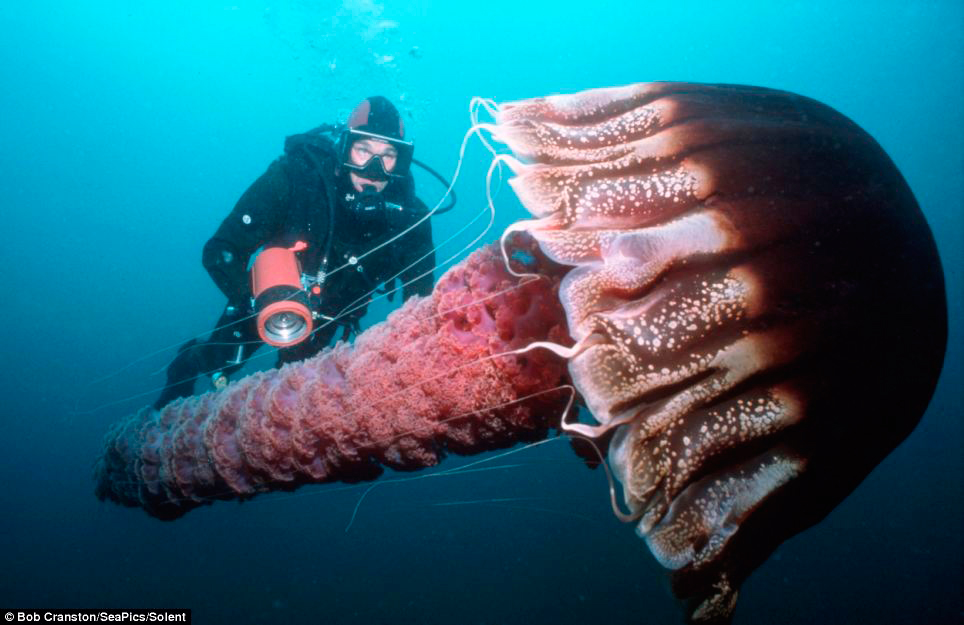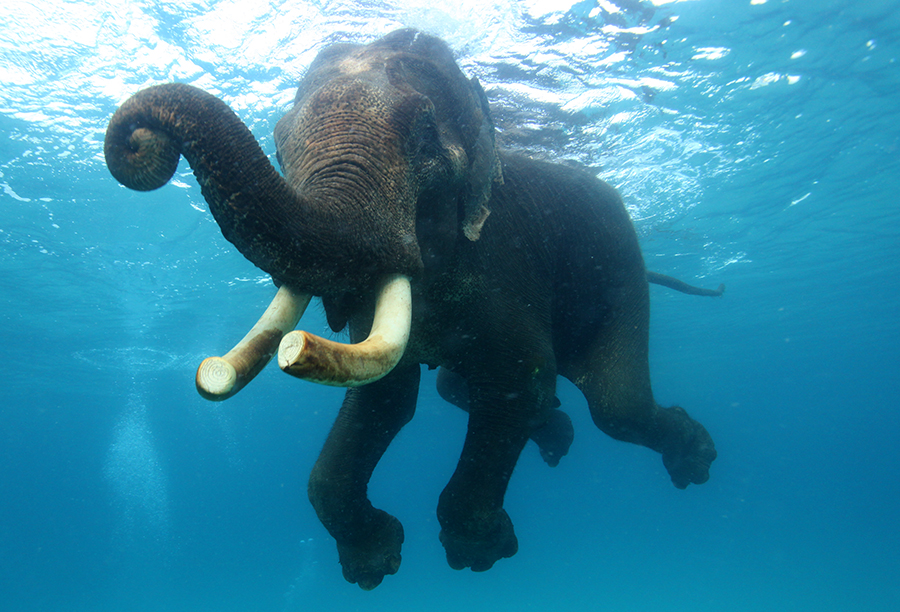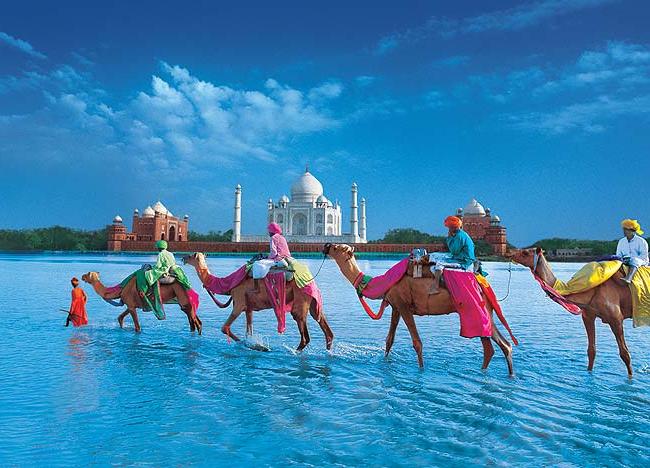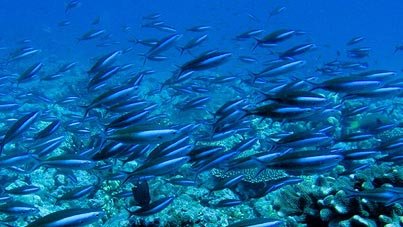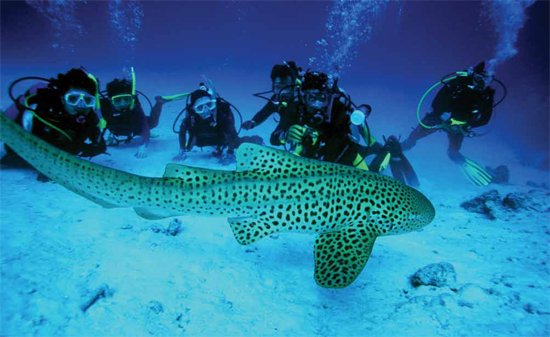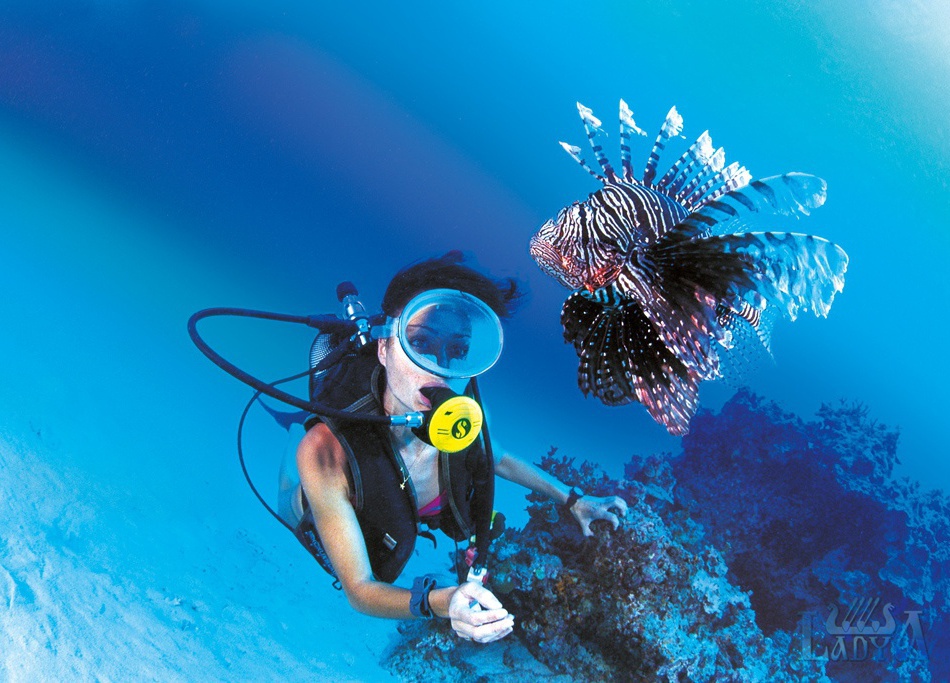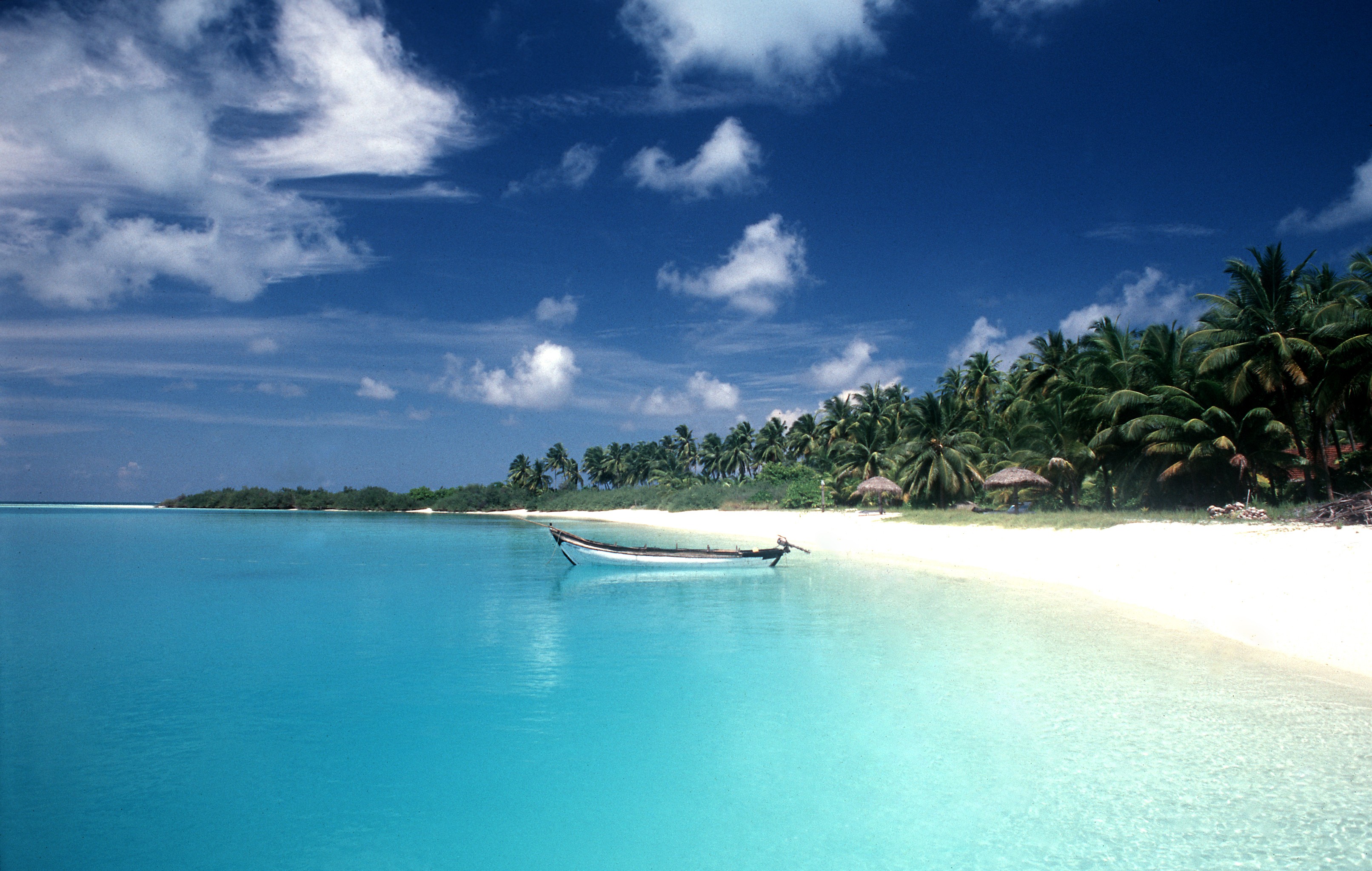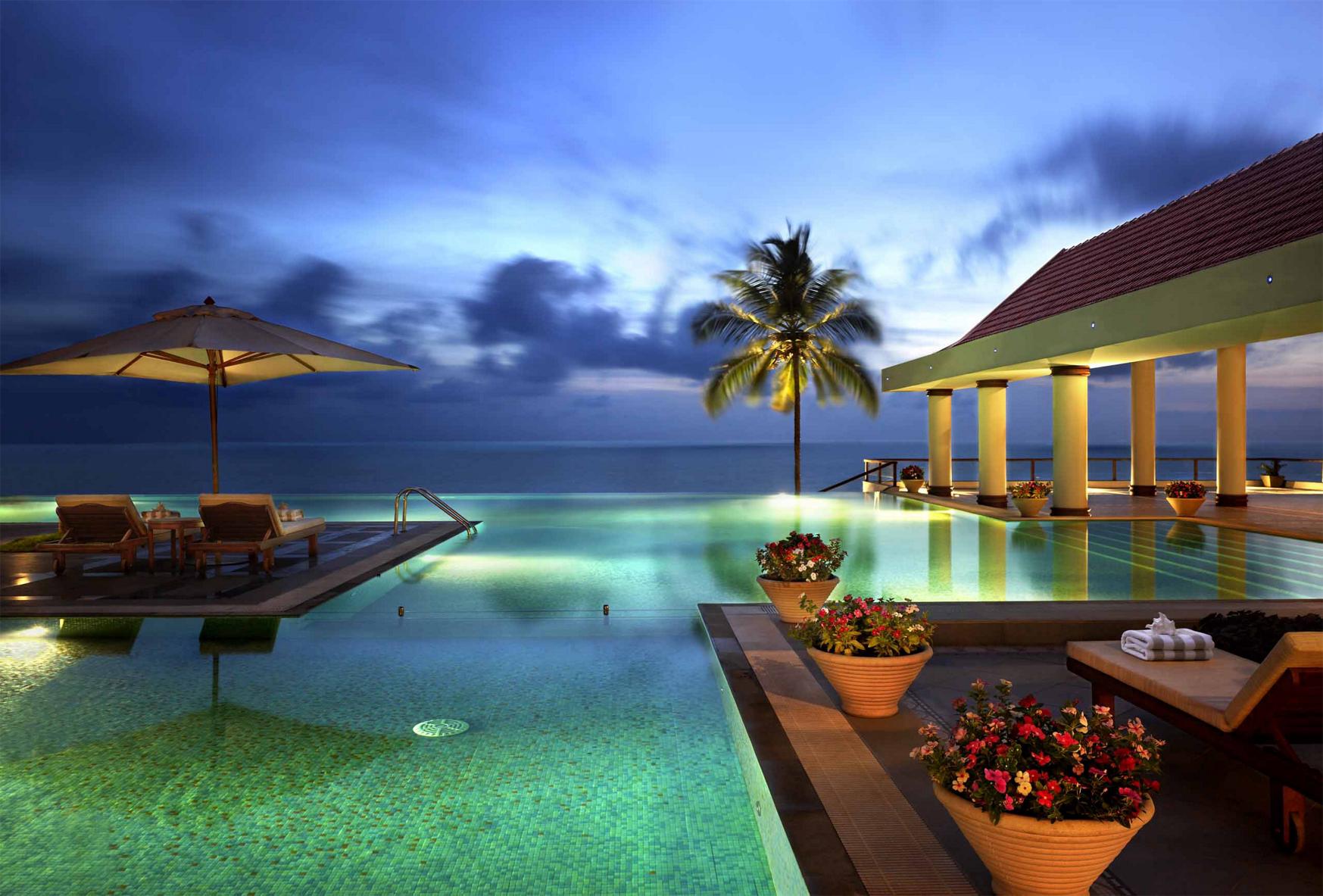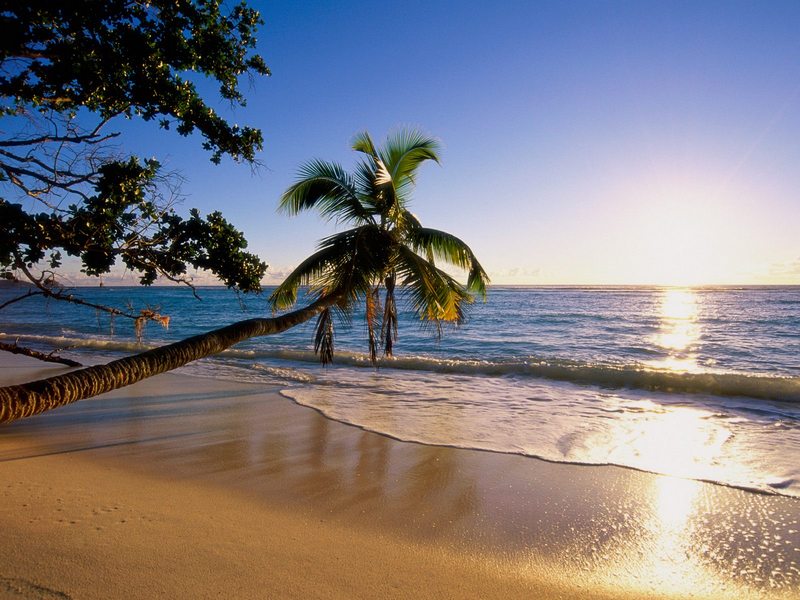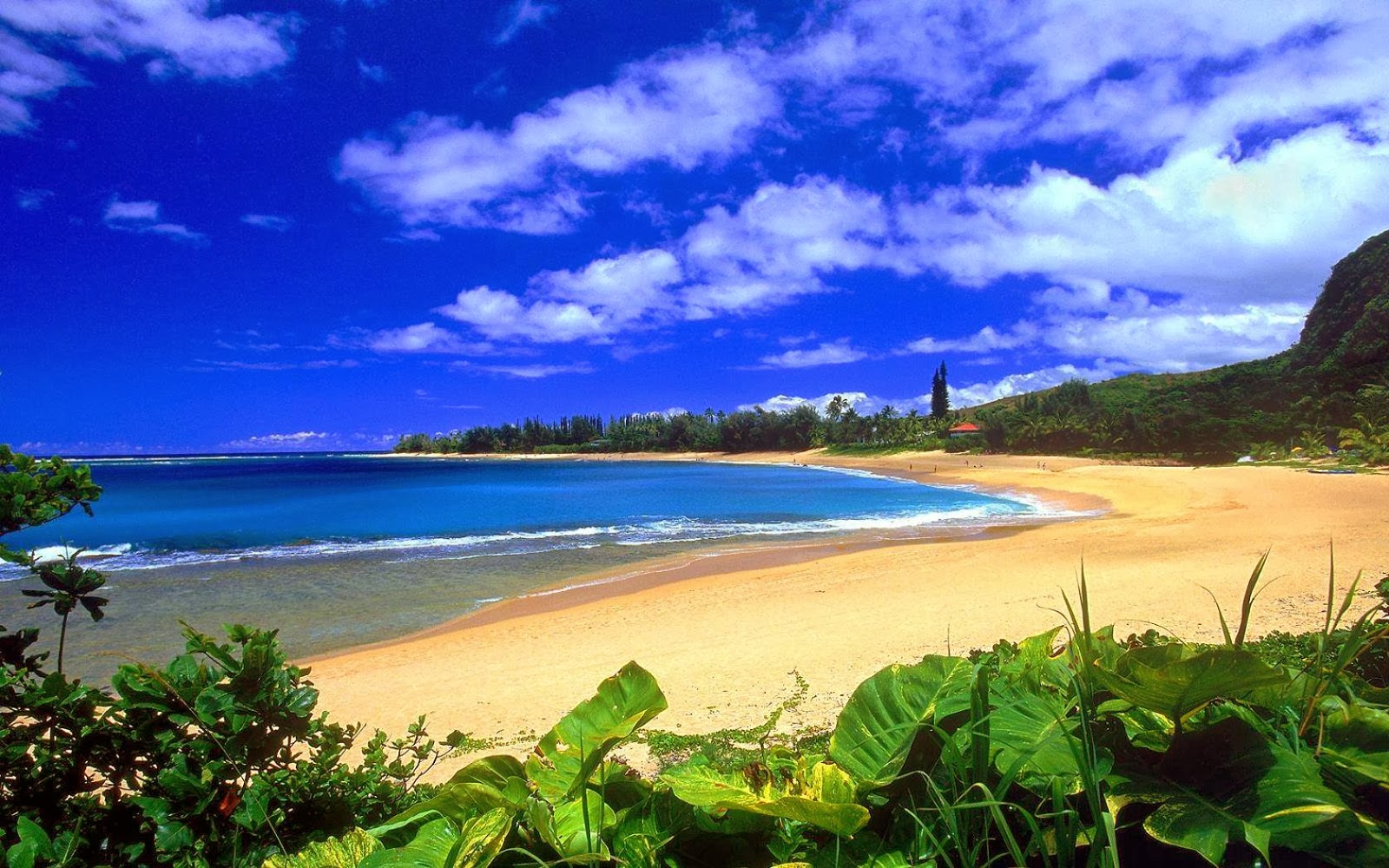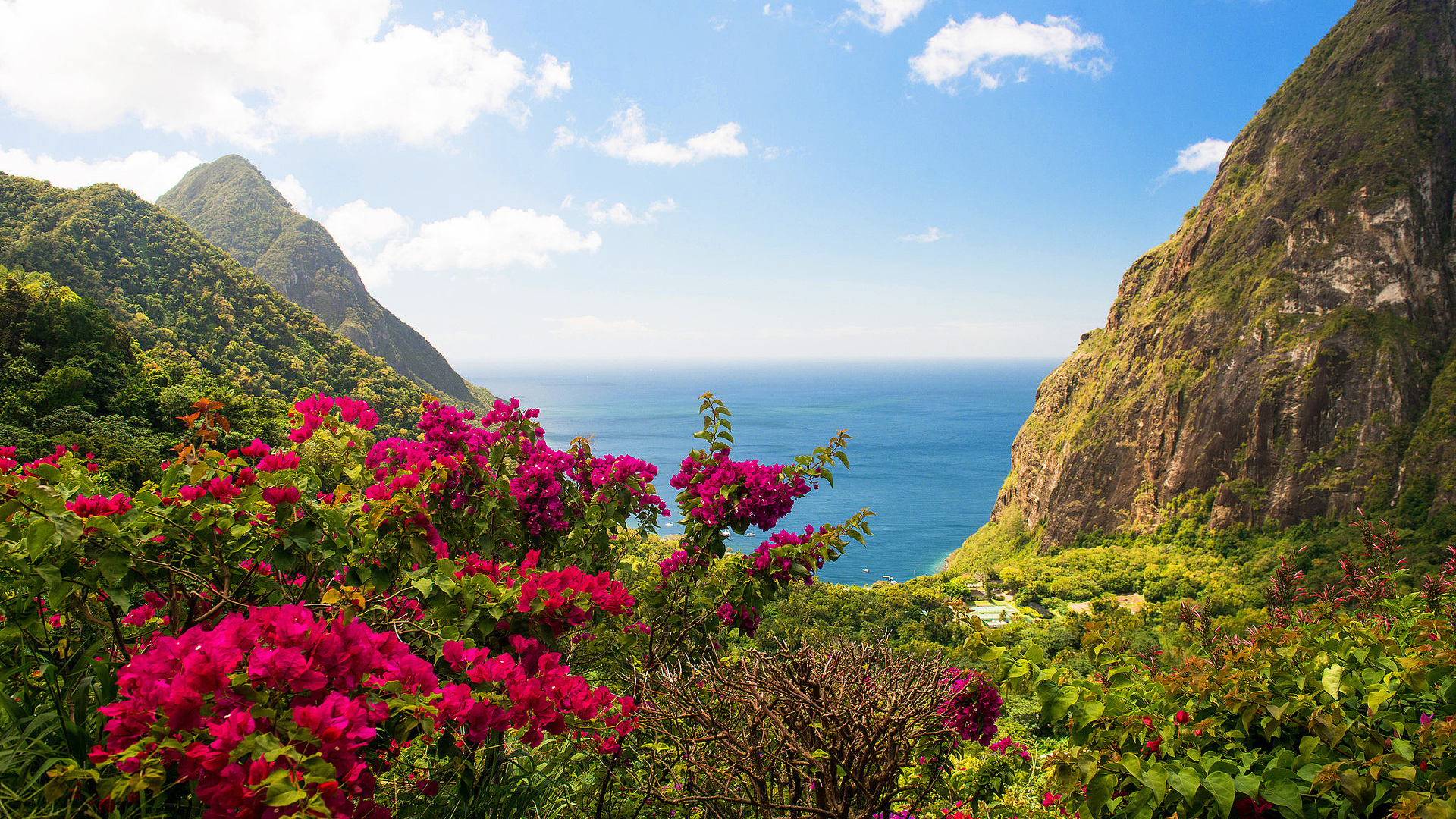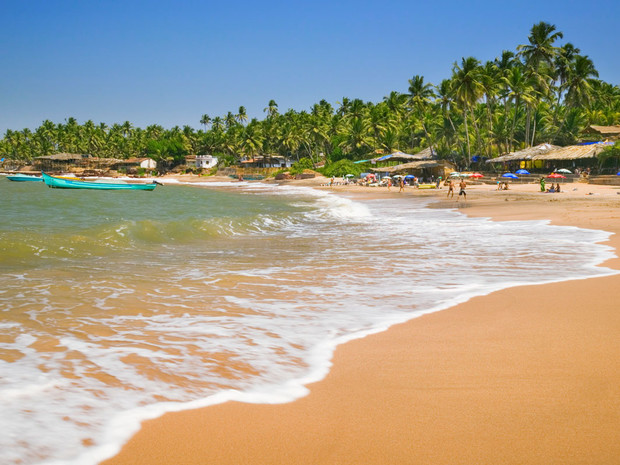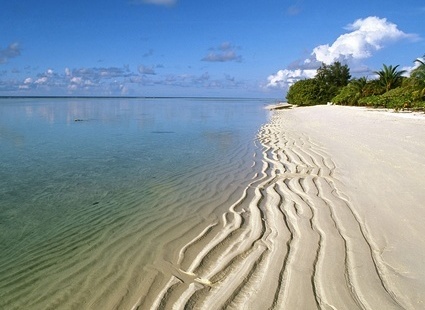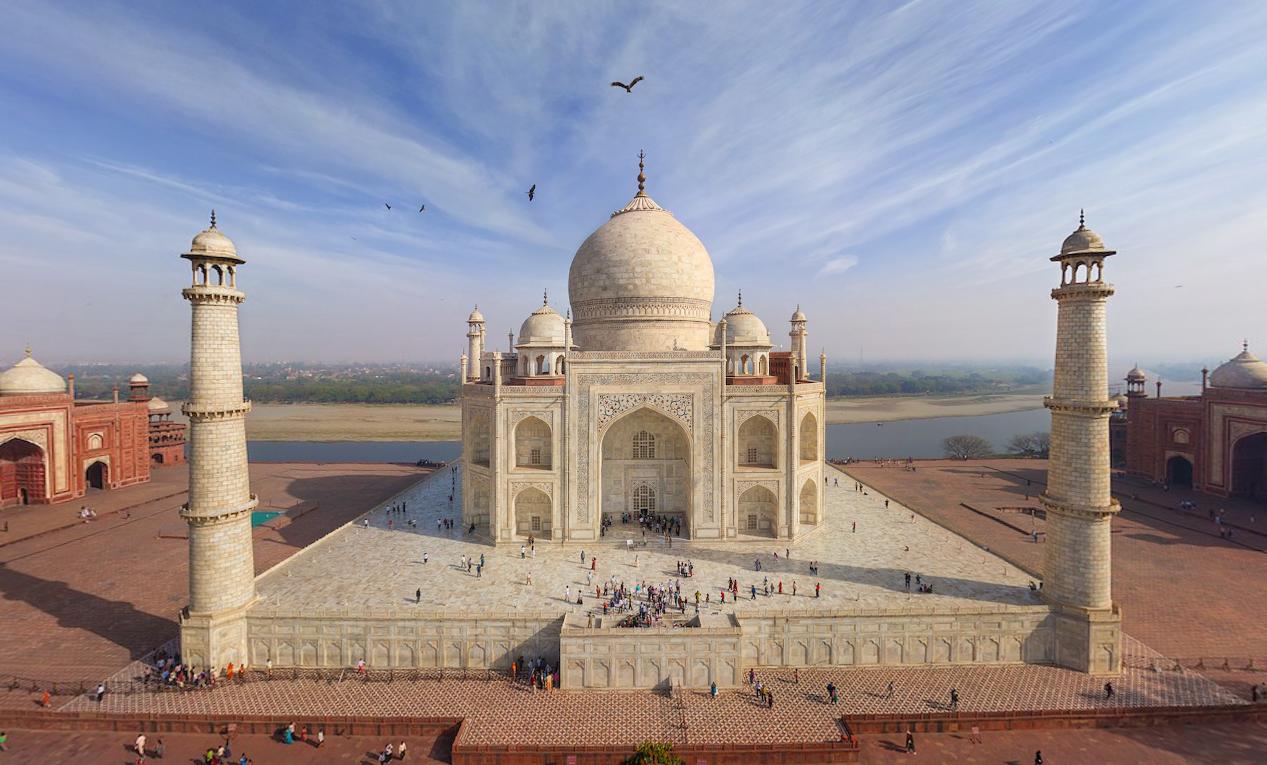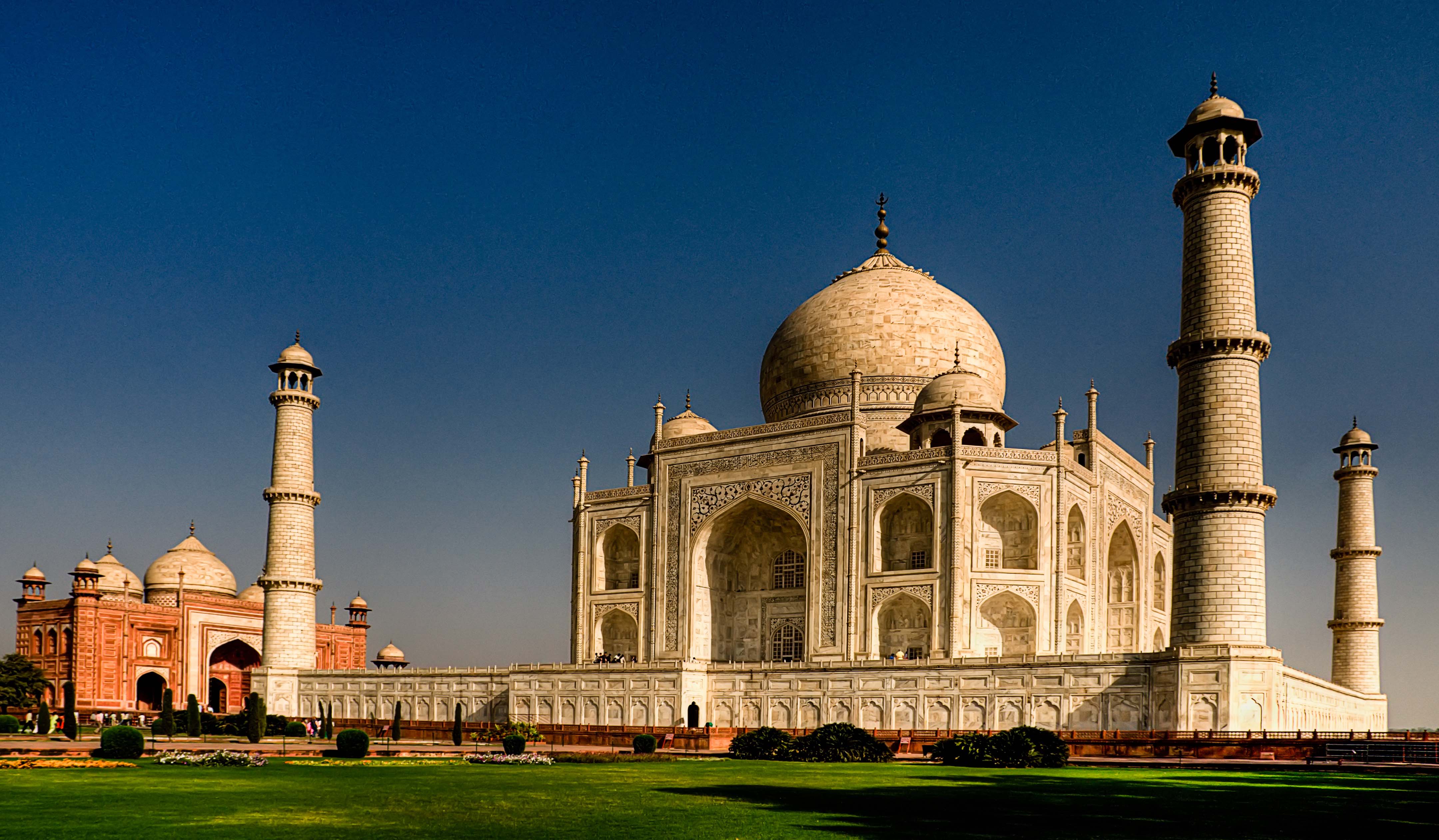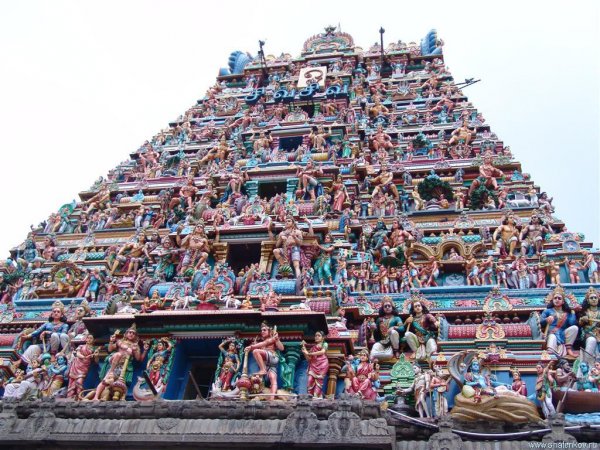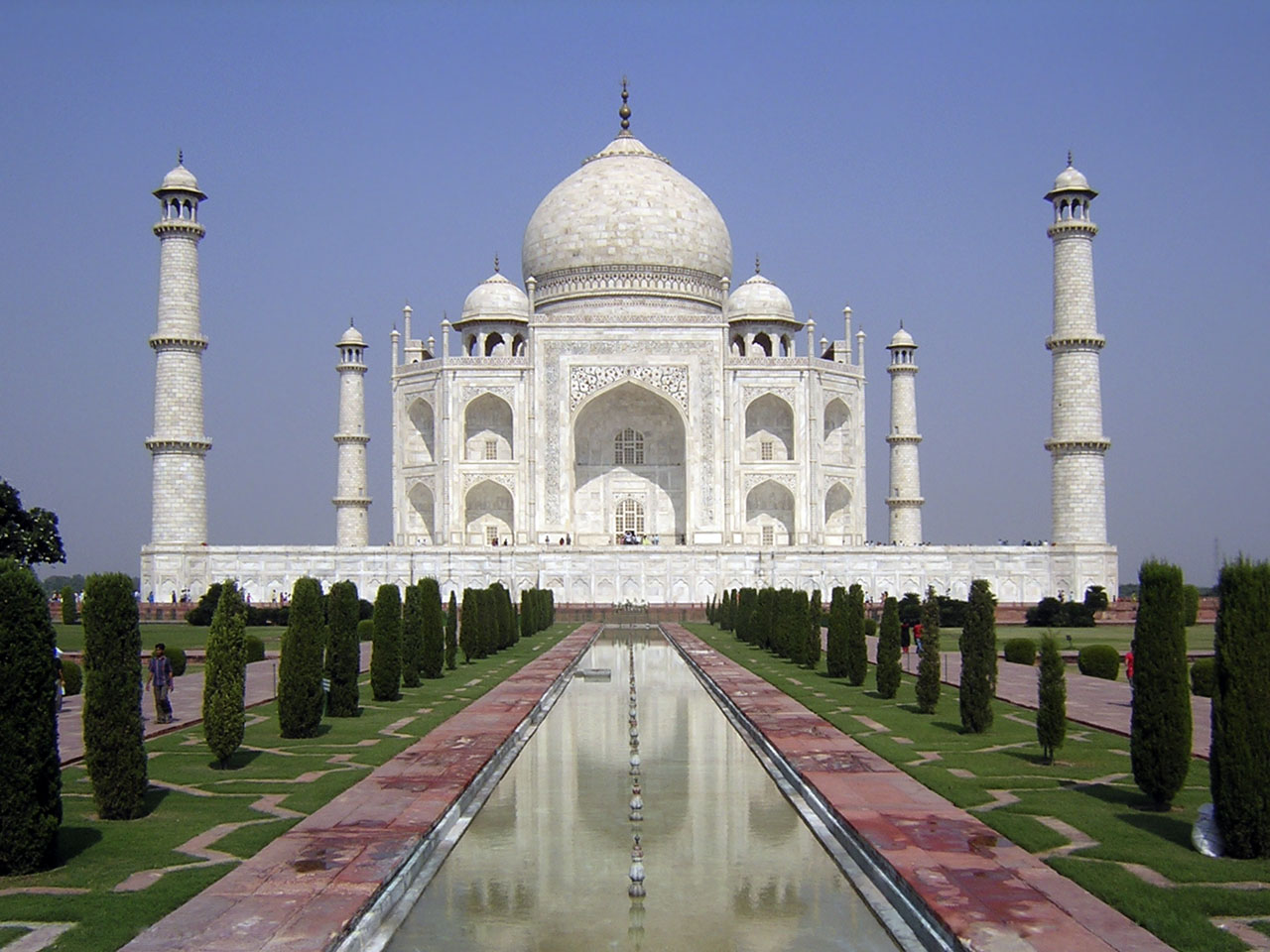Escape for the Weekend
Explore our collection of weekend
Georgia
Germany
What to see in Denmark? The Blue Planet; Tivoli Gardens; Bakken Park; Legoland; wrecks and sea life of the Oresund; cliffs of Bornholm and caves of Hammershus; wrecks Sjælland and Dannebroge; and many WWII wrecks.
Denmark is a country in Northern Europe, bordered by Germany to the south. The nearest neighbors are Sweden and Norway. The country consists of the peninsula of Jutland and the Danish archipelago of 443 islands and is washed by the North Atlantic Ocean. The total area of the country is more 43 thousand square kilometers. The capital of Denmark is Copenhagen. The official language is Danish. The national currency is the Danish crown.
The terrain of Denmark is mostly flat and consists of plains. The climate is temperate, with mild winters and cool summers.
There is a lot to see in Denmark. Those who are interested in marine life will like The Blue Planet – the largest aquarium in Northern Europe – which gives the visitors a feeling of being under water. Tivoli Gardens, founded in 1843, is a national treasure with exotic architecture, historic buildings and lush gardens, fascinating people of all ages at all times of the day and the year. The 431-year-old amusement park, Bakken, is a wonderful place of resort for tourists with children. The park is inhabited by almost 2,000 free range deer and has lots of roller coasters, Ferris wheels, drop towers, and many more exciting and extreme adventures. Other ideal places for family vacation are Legoland and Djurs Sommerland, with lots of rides and attractions for kids of all ages.
Airports
Copenhagen Airport, Kastrup (CPHz) is the main international airport in Denmark and the largest airport in the Nordic countries.
Billund Airport (BLL), one of Denmark's busiest charter airline destinations.
Aalborg Airport (AAL), an international airport, located 6.5 km northwest of Aalborg.
Aarhus Airport (AAR) is an international airport located 35.9 km northeast of Aarhus.
Diving in Denmark
The Danes have always been seafarers, so all marine activities are very popular here, including diving. The waters of Denmark have great opportunities for wreck diving, night diving, off-beach diving or archaeological trips.
In the Oresund, where the waters of the Kattegat and the Baltic Sea mingle, you will find many various marine species, such as mussels, crabs, fish and starfish, and large amount of wrecks.
The waters around Anholt are full of wrecks dating back to the war, and more recent
ones. The depth is from 25 to 40 meters and the visibility reaches 30 meters.
Abundant marine life can be watched at Fornaes Fyr, and at Helgenaes – the easternmost point and the southernmost point of Djursland, respectively.
In Bornholm there are underwater cliffs; and near Hammershus you can dive in the caves.
Due to a huge amount of traffic in the Baltic Sea off the coasts of Denmark, its waters keep lots of wrecks – over 5000 ones, dating back over 1000 years. Some of the older wrecks, which are still diveable, are "Sjælland" sunk 1801 and "Dannebroge" sunk 1710. The number of WWII wrecks is enormous. They include fighter-bombers, Russian U-boats, minesweepers, torpedo boats, frigates, hospital ships, barges laden with weapons, coasters
Diving season lasts from April to October. The average water temperature is about 7C in winter and 15C in summer.
Greece
What to see in Greece? White and blue Cyclades Islands; Meteora monasteries; Acropolis; wrecks in Alonnisos national marine park; Santorini caldera; El Greco cave; sea life of Zakynthos Island; the Britannic wreck.
Greece, officially the Hellenic Republic, is a country located in the southern part of the Balkan Peninsula in southeastern Europe. Its nearest neighbours are Albania, the Republic of Macedonia, Bulgaria and Turkey. The capital of the country is Athens. Greece is washed by the Aegean Sea, the Ionian Sea and the Mediterranean Sea. The official language is Greek.
The national currency is the Euro.
80 percent of Greece's territory is covered with mountains, and the highest one is Mount Olympus. Greece has the longest coastline on the Mediterranean Basin (almost 14 thousand kilometers) and a great number of islands. Coastal Greece has Mediterranean climate, with mild winters and hot summers; whereas in the mountainous areas the climate is alpine; and the inland parts have temperate climate.
Greece with its ancient culture and appealing landscapes is one of the world's most popular tourist destinations. The Cyclades Islands attract by fabulously beautiful whitewashed homes and blue-domed churches; Meteora captivates by fantastic rock pinnacles topped with two dozens of monasteries; Mount Olympus draws those who like climbing or seeks gods’ presence; Mykonos invites to immerse into vibrant nightlife; Athens suggests to touch the cradle of western civilization – Acropolis; Delphi attracts those who like inscrutable ancient mystery.
Nature lovers will certainly like national parks and traditional villages of Zagori; perfect beaches of Halkidiki; green hills of Peloponnese; breathtaking sunsets on Santorini Island; marvelous landscapes of Skopelos; and picturesque harbors and volcanoes of numerous Greek islands.
Greece is famous for its cuisine. Traditional Greek food includes olives, feta cheese, seafood and of course - wine, which is various and very tasty in Dionysus' homeland.
Airports
Athens International Airport "Eleftherios Venizelos" (ATH), Greece's busiest international airport. It is the main base of SkyGreece Airlines, Ellinair, Volotea and Ryanair.
Heraklion International Airport, “Nikos Kazantzakis” (HER), the primary airport on the island of Crete, and the country’s second busiest airport.
Thessaloniki International Airport "Macedonia" (SKG), officially known as Macedonia International Airport.
Rhodes International Airport, "Diagoras" (RHO) is located on Rhodes Island about 14 km southwest of the capital city, Rodos.
Diving in Greece
Such a long coastline, warm sea waters, great number of islands and a cornucopia of wrecks make Greece a real diving paradise. Prior to 2006 there were severe restrictions of diving because of plenty of ancient artifacts and important archaeological items off the coast of Greece. These regulations were loosened not long ago and now you have chance to discover some unknown gems in Greece’s waters.
In the national marine park Alonnisos, which is the biggest marine protected area in Europe (more than 2000 Km2), you have an opportunity to explore caves and shipwrecks and to watch many species of fish (about 300), birds (up to 80 species), reptiles and also mammals. The park includes Alonnisos Island, six smaller islands and 22 uninhabited islets and rocky outcrops.
One of the most popular diving sites in Greece is Mykonos with its abundant marine life and interesting underwater environments. Lack of strong currents, warmth and clarity of the water make it an ideal place for beginning divers.
Another well-known diving destination is Santorini. Swimming and diving in fantastic blue waters of the 360-meter deep caldera will become an unforgettable experience.
Crete Island has perfect opportunities of night diving, deep diving, cave diving and wall diving. Here you can explore such sights as half submerged Greek remains, a Messerschmitt fighter from WW2 (lies at a depth of 24m to the west of Agia Pelagia) and the incredible El Greco cave with its beautiful stalagmites and stalactites.
While diving off Zakynthos Island you will see giant loggerhead turtles, octopus, moray eels, cuttlefish, flying fish, grouper, bream, wrasse and parrotfish.
Corfu Island suggests to enjoy coral reefs and to explore the wreck of the Nisopoulo either a Greek or Roman ship, surrounded with amphora. Another famous wreck here is a British minesweeper, H.M.S. Regulus, sunk in 1945 and lying at a depth of 25m.
Technical divers can explore the wreck of the Britannic, the sister ship to the Titanic, lying at a depth of 120 meters off the coast of Kea.
Grenada
What to see in Grenada? Creole architecture of St. George's; Seven Sisters waterfall; Annadale, Etang Lake forest reserve; reefs Boss, White Sand Beach and Channel; Lighthouse Reef and Shark Dome; wrecks the Bianca C, the Hema, the Rose and the Shakem; and the Underwater Sculpture Park.
Grenada is a state located on the same-name island and on the southern part of the Grenadines. The state is part of the Lesser Antilles, and is distinguished out of them for its proximity to the equator, which causes a change in the climate from tropical to marine sub-equatorial. The island is characterized by a broken coastline, secluded beaches and a variety of coral reefs, which makes Grenada quite attractive for diving.
The state capital is St. George's, filled with beautiful examples of Creole architecture of the last century. Tourists should also pay special attention to the Grenada National Museum, located in the old barracks of the 18th century. Fans of national history should visit Fort George, built by the French invaders in the early 18th century, as well as Fort Frederick, which is considered to be an outstanding example of military architecture. If you arrived in the capital on February 7, you will be able to witness the celebration of Grenada's main holiday - Independence Day, in honor of which a military parade is arranged.
Those who like the natural component of tourism will enjoy visiting the national park Grand Etang, where you can admire the picturesque waterfall Seven Sisters and the 10-meter Annadale, Etang Lake forest reserve located around the crater of an extinct volcano, and Lever, which is home to over 80 species of exotic native birds. The national symbol of the country - Grenadian pigeon - can be seen in the reserve Grenada Dove.
The national currency of Grenada is the Eastern Caribbean dollar, though it is possible to pay with American dollars or with usual credit cards.
Maurice Bishop International Airport (GND)
Grenada International Airport, located near the capital of the state, serves more than 10 airlines, which include both international and domestic.
Diving in Grenada
The island, surrounded by lots of coral reefs, having nearly intact ecosystem, famous for a huge variety of marine life, which includes sea turtles, sharks, dolphins and even whales, is doomed to attract divers from all over the world; and a few dozens of sunken ships also stir up the interest of divers to this place.
The most interesting area for diving is the southern part of Grenada, but the sea off the coast of Martinique and Minor Carriacou is also famous by fascinating diving spots. Among popular dive sites there are reefs Boss, Northern Exposure where you can see flocks of frogfish and seahorses, Valleys, White Sand Beach, Channel, inhabited by stingrays, and Sherwood Forest, where there is a forest of black corals. Fans of extreme diving will like Shark Reef, Lighthouse Reef and Shark Dome where you can watch nurse sharks and fish-hangers. The bays Grand Mal Point, Tyrrel and Dragon Bay are also popular. Divers especially like Jenny Island, famous for the world’s purest water of high transparency.
Among the sunken ships it is worth seeing the luxury Bianca C, crashed in 1961, a cargo ship Hema, located a few kilometers from the south of Grenada, the Rose - a ship deliberately sank almost off the coast of Carriacou and transformed into an attraction for novice divers, 25-meter fishing San Juan located in three kilometers from the southern coast of Grenada, as well as the Shakem, sunken in 2001 and having preserved its cargo spaces, cabins and hatches virtually untouched.
The most interesting places for diving are the National Marine Park (you can dive in Happy Hill, Car-Pile and Flamingo Bay) and the Underwater Sculpture Park on the west coast of Grenada, which has more than seven dozen sculptures.
Guatemala
What to see in Guatemala? Tikal; Aguateca; Dos Pilas; El Mirador; an underwater Mayan city Samabaj on the bottom of Lake Atitlan; Actun-Kan caves; Ceibal.
Guatemala is a republic in Central American which borders El Salvador and Honduras in the south-east and south, Belize in the east and Mexico in the west and north. In the east of Guatemala there is quite a narrow outlet to the big Caribbean port of Puerto Barrios. The southern coast of Guatemala is washed by the Pacific Ocean. The climate of Guatemala is tropical. The region is famous for varied wildlife, which is represented by pumas, jaguars, alligators, iguanas and caimans, whose meat the locals gladly eat. The local flora includes many rare wood species - pink and red trees, the Guatemalan fir and cypress. Guatemala is one of the main centers of the Mayan civilization, which is incredibly appreciated by tourists who want to feel the breath of this antiquity. This is possible in the ancient Guatemala cities of Tikal, Aguateca, Dos Pilas, El Mirador and others.
The capital of the republic is Guatemala City, where the ancient examples of architecture are amusingly combined with modern skyscrapers. Here there is the National Museum of Archaeology and Anthropology, which contains some of the survived treasures of the Maya. Special attention should be paid to the deepest lake in Central America - Atitlan (340 meters).
In the neighborhood of Flores tourists like to visit the local zoo, Actun-Kan caves, Mayan ruins preserved in Motul, and archaeological monument Ceibal. In Guatemala there are eleven national reserves and parks.
The local currency of Guatemala is named after the sacred bird of the Aztecs and the Maya - the quetzal. Also you can pay almost everywhere in US dollars.
La Aurora International Airport (GUA)
The airport is located six kilometers from the center of Guatemala City and is considered to be the "starting point" of any travel to Central America and Guatemala itself. The vast majority of flights arrive here from North America. "La Aurora" serves domestic and international flights of 21 airlines.
Mundo Maya International Airport (FRS)
The airport is located three kilometers from the center of Flores and serves three airlines. Nevertheless, the Mundo Maya also has the status of an international airport.
Diving in Guatemala
Due to the fact that the ocean is in a couple-of-hours drive from Guatemala, diving in these places is not very popular. However, this circumstance may play into the hands of those divers who are tired of noise and crowds in the popular diving areas in neighboring Belize and Honduras, and who wish to combine business with pleasure - to enjoy quiet solitary diving, and to get acquainted with the rich culture of the legendary Mayan civilization. Guatemalan diving has the same attractive side as diving on any other island in Central America - gentle calm waters, stable temperature, good visibility of sea water, lots of coral thickets and bright tropical underwater inhabitants.
Undeservedly little attention is paid to Samabaj, an underwater Mayan city which was discovered at the bottom of the famous Lake Atitlan by diver Roberto Samayoa in 1994. The most interesting thing is that the Government of Guatemala did not immediately believe in the story of a young man about the mysterious underwater ruins, so their study began only in 1998. Samabaj or Solola (this name the city had in the ancient times) is located at a depth of 35 meters, about half a kilometer from the shoreline of the lake, consists of a few clusters of houses and some ceremonial buildings. People dive into the underwater city usually in Cerro de Oro. On the way you can see the statue of Madonna, which is located on the 8-meter depth, and volcanic bombs, which are situated directly on the lake bottom.
Haiti
Honduras
What to see in Honduras? The San Miguel Cathedral, Palacio Legislativo and Casa Prezidencial in Tegucigalpa; Zamorano; the Mayan village of Copan; reefs and sharks of Guanaja, Utilla and Roatan; the El Agulla wreck; Sandy Bay Nature Reserve.
The Republic of Honduras is a country located in the western part of Central America. It is washed by the Caribbean Sea in the east and by the Pacific Ocean in the west. The major part of the country consists of mountains and hills. The climate of Honduras is tropical, seasonal fluctuations of temperature are practically unnoticeable.
The capital of the state is Tegucigalpa, which has quite a lot of local attractions and is famous for its traditional Spanish architecture. Tourists should pay special attention to the San Miguel Cathedral; the old church of the 16th century Iglesia de San Francisco; the building of the old University, where now the Museum of Art is located, and the palaces Palacio Legislativo and Casa Prezidencial. Art lovers should visit the National Art Gallery Paraninfo.
Nature lovers will like the Biosphere Reserve Rio Platano, whose unspoiled ecosystem preserves some of endangered species; and the beautiful valley of Honduras - Zamorano. Tourists can also go on an excursion to the cigar factory in Santa Rosa de Copán, and history lovers will like to visit the Mayan village of Copan, where you can see the stone constructions built in the 9th century.
The main local currency is the Lempira, but the US dollar is widely accepted too. It is worth noting that many ATMs in Honduras do not accept credit cards of foreign banks.
International airports in Honduras
- Juan Manuel Galvez International Airport (RTB)
Location – Roatan - Goloson International Airport (LCE)
Location - city of La Ceiba - Ramon Villeda Morales International Airport (SAP)
Location - San Pedro Sula - Toncontin International Airport (TGU)
Location: 4.8 km southward of Tegucigalpa
Diving in Honduras
Local diving is a popular pastime among both beginners and experienced divers. Diving in Honduras is so attractive due to combination of luxurious coral reefs, lots of wrecks, picturesque underwater rocks and rich marine fauna, which includes even tiger sharks.
The northern coast of Honduras is the most suitable for diving. Most of all divers like the "excellent trio" of islands - Guanaja, famous for its coral reefs, Utilla, where you can meet the rare tiger shark, whose length can reach fifteen meters, and Roatan - the largest among the Bay-Islands.
It is worth noting that the Bay Islands is a part of the Mesoamerican Barrier Reef, which is the second largest in the world after the Australian barrier. Here you can see the unusual black corals, which are silver color under water and become black only on the surface.
Those who value the historical component of diving will like to explore the wreck of 70-meter "El Agulla", which is located at a depth of 34 meters off the coast of Anthony Case.
Divers also enjoy scuba diving in the area of Sandy Bay Nature Reserve, where you can meet eagle rays and barracudas; in the Beardy Cave, a system of underwater catacombs, and in Mary’s Place in the south of the French Harbor.
Hungary
What to see in Hungary? Spa-resorts of Lake Balaton; Buda Castle, Matthias church and Fisherman's Bastion of Budapest; Veszprem, the "City of Kings"; Europe’s largest mineral lake Hévíz; the crystal clear Lake Kotor; Palatinus with a real underwater museum of diving; Molnar Janos underwater caves in Budapest; and the flooded dungeon in Kőbánya.
Hungary is a landlocked country in Central Europe. Its nearest neighbors are Hungary, Romania, Ukraine, Serbia, Slovakia, Slovenia, Austria and Croatia. The country is known as the location of the famous Carpathian Mountains and the Alpine foothills. Moreover, wonderful blue lakes and many thermal springs make Hungary one of the most popular balneological resorts. Most famous Hungarian spa resorts are located near Lake Balaton. The climate of the country is moderate-continental.
The Hungarian capital Budapest, deservedly called the "Pearl of the Danube", is one of the world's most beautiful cities, famous for such architectural delights as Buda Castle; the majestic building of the Parliament; the picturesque Matthias church; Hungarian rulers’ tomb of the 13th-century; magnificent Basilica of St. Stephen, where the Holy Right Hand of King Stephen is kept; the oldest capital’s Chain Bridge and the impressive Fisherman's Bastion.
In the oldest city of the country, Veszprem, which is called the "City of Kings", it is worth visiting the Diocesan Museum of Queen Gisela, where you can see many national treasures; the Dezső Laczkó Museum, which contains the relics of the millennial Bakonsky massif; the Botanical Garden; the Zoo; and the unusual Vyold bridge and the viaduct over the Shed. In Visegrad you can see the remains of an ancient castle complex, used nowadays for jousting; an impressive 30-meter tower Shalamon; and the delightful gothic fountains of the Royal Palace.
Most popular Hungarian resorts include Hévíz – Europe’s largest mineral lake and the area near Lake Balaton, which is given the title of “natural treasure”. Tourists especially like carbonated springs of Balatonfüred and Siofok, where you can participate in equestrian tournaments and visit the enchanting Folklore Festival "Golden Shell".
The national currency is the Hungarian forint.
International airports of Hungary
• Debrecen International Airport (DEB)
Located in the city of Debrecen
• Pécs-Pogány International Airport (QPJ)
Located in the city of Pecs
• Ferenc Liszt International Airport (BUD)
Hungary's largest airport, located in the capital and serving more than sixty airlines.
Diving in Hungary
As a country where there are many picturesque ponds and lakes, Hungary provides extreme adventure lovers with a unique opportunity of lake diving. Most of Hungarian lakes appeared as a result of flooding mines, so there is quite a great chance to explore underwater something more interesting than a usual bottom of the reservoir.
You can get unusual diving experience in Lake Kotor in Dienekes whose small depth is fully compensated by excellent visibility due to the purest lake water. If this lake is too small for you, you can go to the deeper Salksentmarton or to the famous Palatinus, where you can visit a real underwater museum of diving.
However, the most popular among divers is the very Hungarian capital. As they say, you do not have to go far for the miracle, because the most interesting place to dive – Molnar Janos underwater caves – is located right in Budapest. Caves are a former bathhouse and received their name after the highly respected pharmacist Janos Molnar. The bathhouse consists of a few levels of thermal limestone caves, the water temperature of which varies from 27 degrees on the upper level to 20 degrees on the low one. For today about six kilometers of the caves have been investigated. Their maximum depth exceeds sixty meters. Divers, wishing to explore this place, are offered a wide range of activities – from relaxing diving in warm thermal water at the top level to strenuous exploration of the lower cave passages, requiring diving experience and great caution.
You can also visit Kőbánya, where there is one of the entrances to the flooded dungeon, formerly one of the stone quarries. The quarry became gradually filled with water, and now it is a pretty interesting place for scuba diving enthusiasts.
Iceland
What to see in Iceland? Volcanoes and geysers; giant whales; multicolored mountains; ice caves; waterfalls; Silfra crack; Strytan; Kleifarvatn Thermal area; the El Grillo wreck
Iceland is a mountainous island country, located in the North Atlantic Ocean, between Europe and North America.The nearest neighbors are Greenland, the Faroe Islands, Jan Mayen Island, Shetland and the Outer Hebrides, the Scottish mainland and Orkney. The capital of the country is Reykjavik.
The official language is Icelandic.
The national currency is the Icelandic króna. You can exchange money in most hotels, but a better rate is at banks. Credit cards are widely accepted, some shops also accept payment in euros and dollars.
Iceland's terrain is a plateau with sand and lava fields, mountains and glaciers. The climate of the country is softened by the Atlantic Gulf Stream.
In Iceland fire and ice literally co-exist, and these contrasts attract a lot of tourists. The most famous volcanoes are Hekla, Eldgjá, Herðubreið and Eldfell. Many people remember the eruption of Eyjafjallajokull volcano in March 2010, which caused major disruption to air travel across Europe. The latest eruption in Holuhraun, North of Vatnajokull Glacier lasted from late August 2014, to late February 2015. Among numerous geysers of Iceland, Strokkur, which erupts every 5–10 minutes, is the most famous.
Moreover, in Iceland you can watch giant whales, jumping in the ocean; see multicolored rhyolite mountains; visit ice caves; enjoy geothermal spa in the Blue Lagoon (a turquoise lake, where ocean and thermal waters are mixed); watch amazing aurora borealis; and see the stunning waterfalls Gullfoss, Glymur, Seljalandsfoss and Godafoss.
Airports
Keflavík International Airport (KEF), the main international airport in Iceland, situated 50 kilometers of Reykjavík.
Diving in Iceland
One of the most popular dive sites of Iceland is Silfra, a large crack with lots of caves between the North American and Eurasian plates. Divers divide Silfra into three sections: Silfra hall, Silfra cathedral and Silfra lagoon. Silfra is 63 meters deep and contains cold and very clear water – the visibility is up to 80 meters.
Strytan is a really unique dive site, as it is the only known scuba dive-able hydrothermal vents in the world. It appeared as a result of 11,000 years of natural mineral deposition. While diving, you can feel the 79°C hot water steaming out of the cones and see various sea animals and plants living on the cones. Strytan consists of three chimneys: the divided largest one, and two deeper chimneys, each about 20 meters and 10 meters tall, the tops of which are at 50m depth.
In the Kleifarvatn Thermal area you can dive in a volcano. While diving in this volcanic lake, you will see what a geyser look like from inside.
Those who are interested in wreck diving will like exploring El Grillo, a 147-meter oil tanker which sunk in 1944. It is located in Seydisfjordur on the east coast of Iceland at a depth of 45 meters.
India
What to see in India? Architectural and historic monuments and beaches of Goa; ancient Buddhist temples; pristine coral reefs of the Andaman Islands; the Princess Royal wreck in Lakshadweep; and Suzy's wreck off the coast of Goa.
India, or officially the Republic of India, is a country in South Asia. Its population is more than 1.2 billion people; the total area is about 3.3 square kilometers, which makes India the largest country in South Asia. India shares borders with Pakistan to the west; China, Nepal, and Bhutan to the north-east; and Bangladesh and Myanmar to the east. In addition, India has a maritime border with the Maldives in the southwest, with Sri Lanka in the south and with Indonesia in the south-east. The capital is New Delhi. The official languages are Hindi and English.
The terrain of the country can be divided into three parts: the Himalayas (the highest mountains in the world) in the north, the Deccan Plateau in the south and the vast Indo-Gangetic Plain, which separates them. In India there are four major climate types: tropical wet, tropical dry, subtropical monsoon and alpine.
The national currency is the Indian rupee. Money can be exchanged at banks, airports or exchange offices. ATMs are found in most cities and towns. Credit and debit cards are widely accepted.
India is unpredictable and changeable, it surprises with its rich culture and rich history. It is a country of contrasts. Bright colors of India will impress even the most experienced travelers. It is called the country of the brightest colors and the hottest spices, the cradle of ancient civilization and the pearl of the English crown. Indian civilization is 4500 years old. Millions of people come to this country to perceive its philosophy and wisdom, to achieve the inner harmony in yoga-centers or just visit numerous ancient Buddhist temples.
The most popular tourist destination in India is Goa, where you can find stunning architectural and historic monuments as well as fabulous beaches.
Airports
Indira Gandhi International Airport (DEL), Delhi
Chhatrapati Shivaji International Airport (CSIA) (BOM), Mumbai
Kempegowda International Airport (BLR), Bengaluru
Chennai International Airport (MAA), Chennai
Netaji Subhas Chandra Bose International Airport (CCU), Kolkata
Rajiv Gandhi International Airport (HYD), Hyderabad
Cochin International Airport (COK), Kochi
Sardar Vallabhbhai Patel International Airport (SVPIA) (AMD), Ahmedabad
Goa International Airport (GOI), Dabolim
Trivandrum International Airport (TRV), Thiruvananthapuram
Chaudhary Charan Singh International Airport (LKO), Lucknow
Diving in India
8000 kilometers of India’s coastline, plenty of islands and huge underwater diversity offer a lot of opportunities for diving.
In the Arabian Sea, off the coast of Goa you will see lush coral gardens, various shipwrecks and pinnacles. Although the water visibility is not very high – from 6 to 12 meters, it is compensated by bright colors of numerous marine inhabitants. Underwater flora and fauna really flourish in these hospitable waters: damsels, groupers, snappers, sweepers, barracudas, angelfish, butterfly-fish, parrotfish, wrasse, tuna, gobies, sea cucumbers, lobsters, cuttlefish and lots of corals, including brain and table corals, sea whips and gorgonian fans.
Those who like wreck diving will be glad to explore the SS Rita wreck, also known as Suzy's wreck, a 130-meter cargo ship built in the 1930-s and sunk about 50 years ago. She is lying at a depth of 10-14 meters.
Off the Andaman Islands you will find pristine coral reefs and many attracting sea creatures. Moreover, here you can go diving near the 50-meter long wall which into the shipping channel near Havelock Island; explore Dixon's Pinnacle, covered with bright coral and big barrel sponges; and admire intricate rock formations at Snake Island.
Off Bangaram and Kadmat Islands, in Lakshadweep you can admire fabulous beauty of marine flora and fauna and explore the Princess Royal wreck, sunk in a battle more than two hundred years ago and lying at a depth of 32meters.
